The design is completely modular and easily repairable by hand. Wooden beams and square platforms grown out of mycelium can be arranged to build a variety of forms to meet the individual demands of the locality and the exhibited objects. The exhibition is showcasing current development in socio-economic transformation. Since the movement can only grow and successfully reshape society, if received positively, the exhibition design sought to create an atmosphere of community and curiosity. Ultimately getting people to engage and explore the transformation process themselves, to feel their own responsibility and power in the matter.
The exhibition explores the transformation towards a sustainable society on an equal footing. It seeks inclusive interaction and characterizes the transformation as a desirable and open minded, yet sometimes uncomfortable process, that thrives only if visitors get involved.
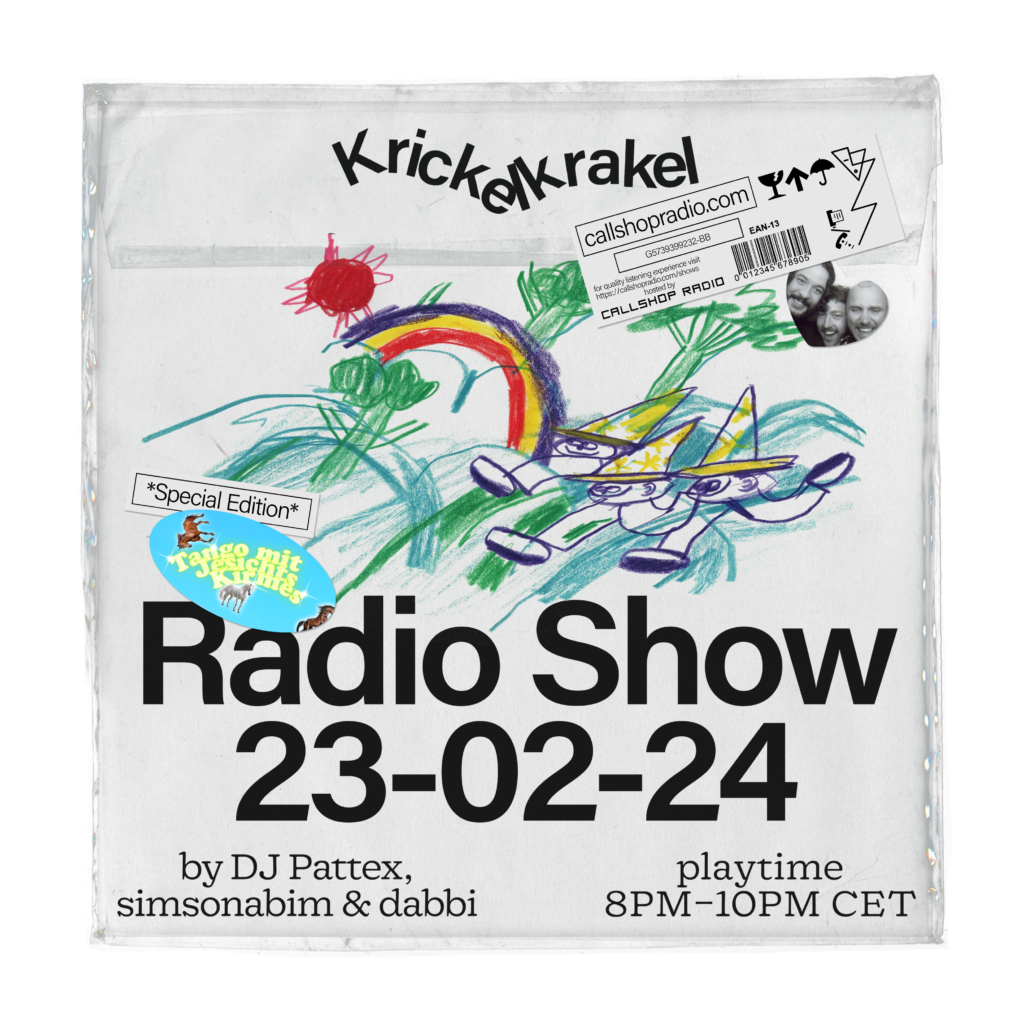
Cover for Krickelkrakel Radio Show w/ Logo Type & Communication Concept
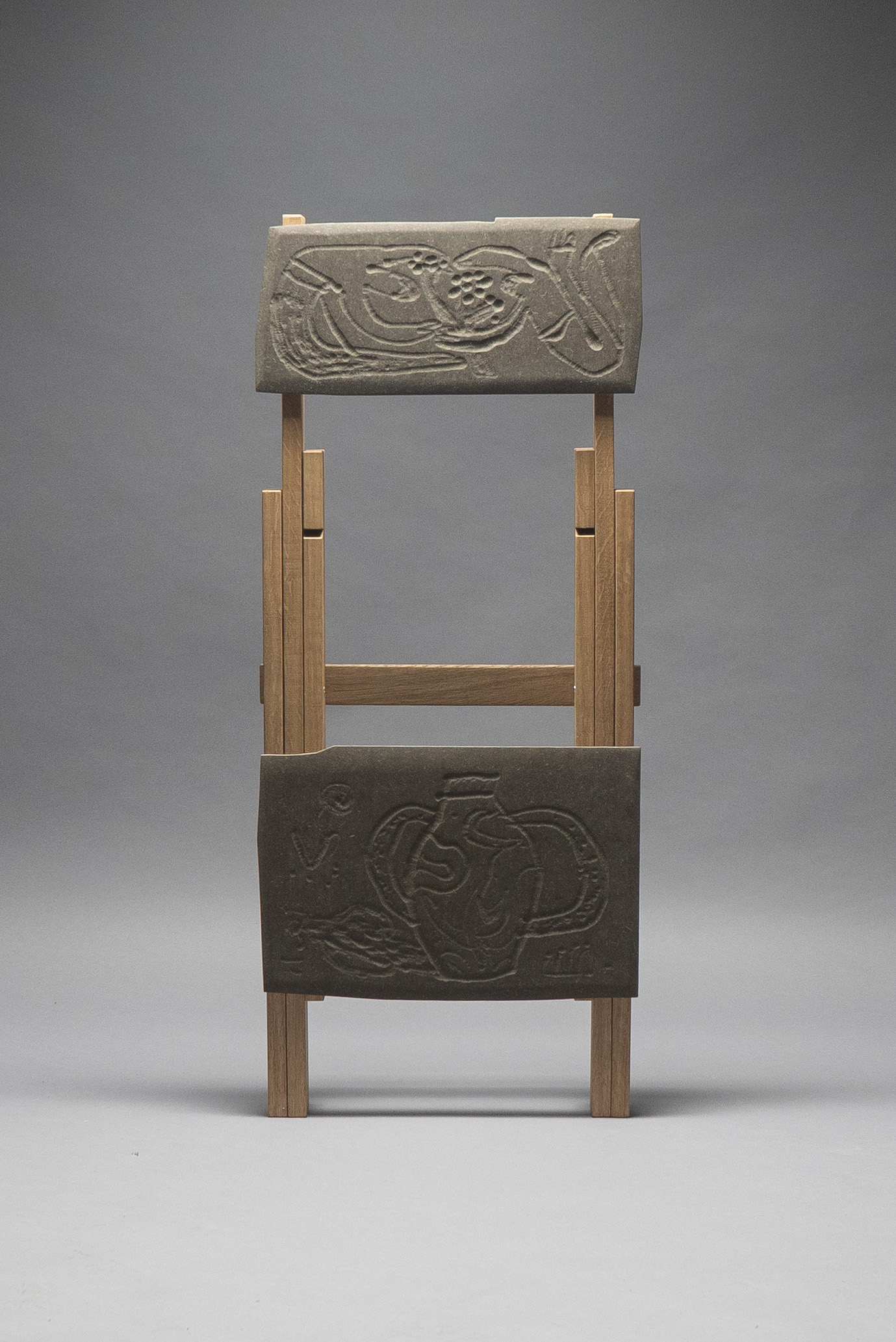
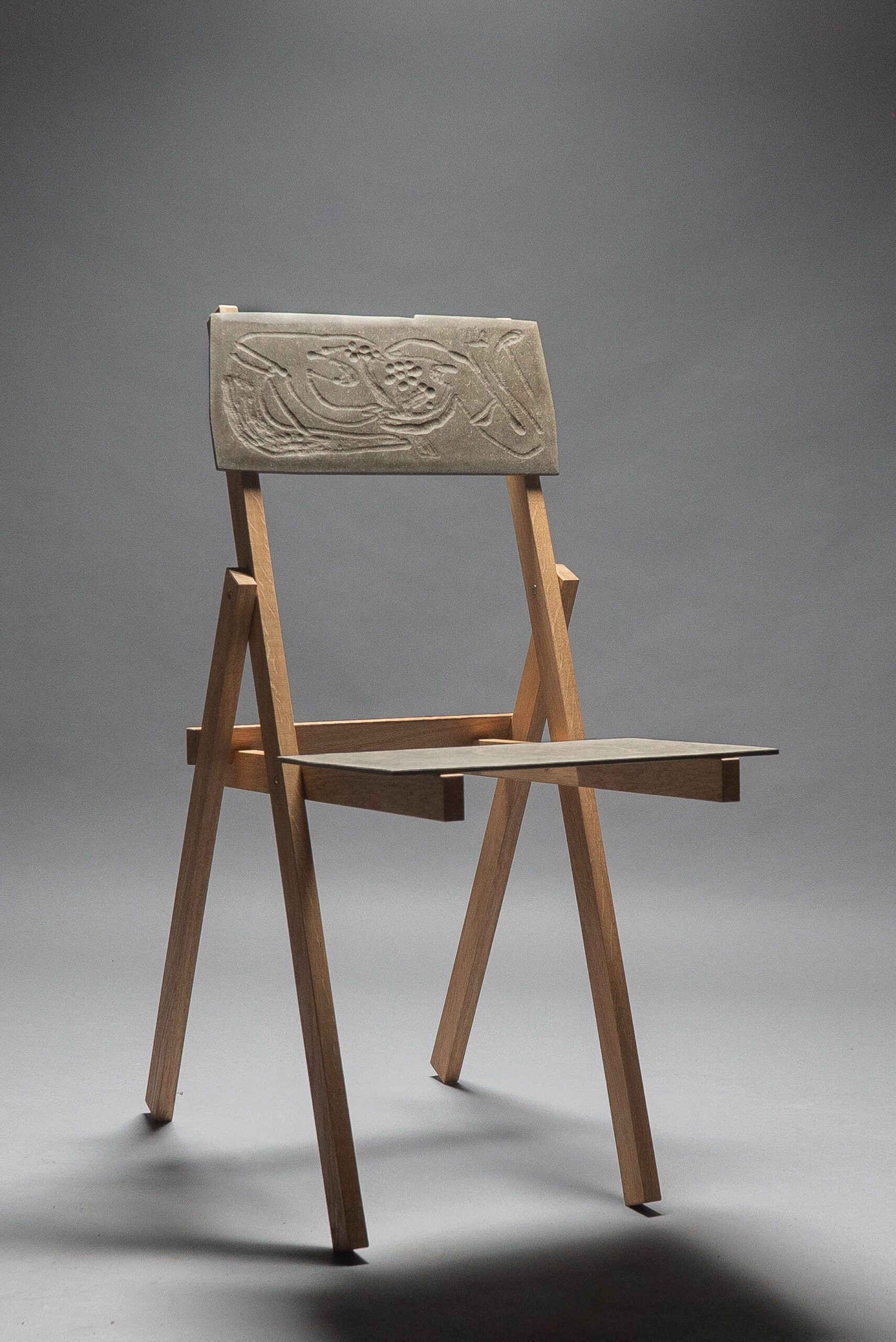
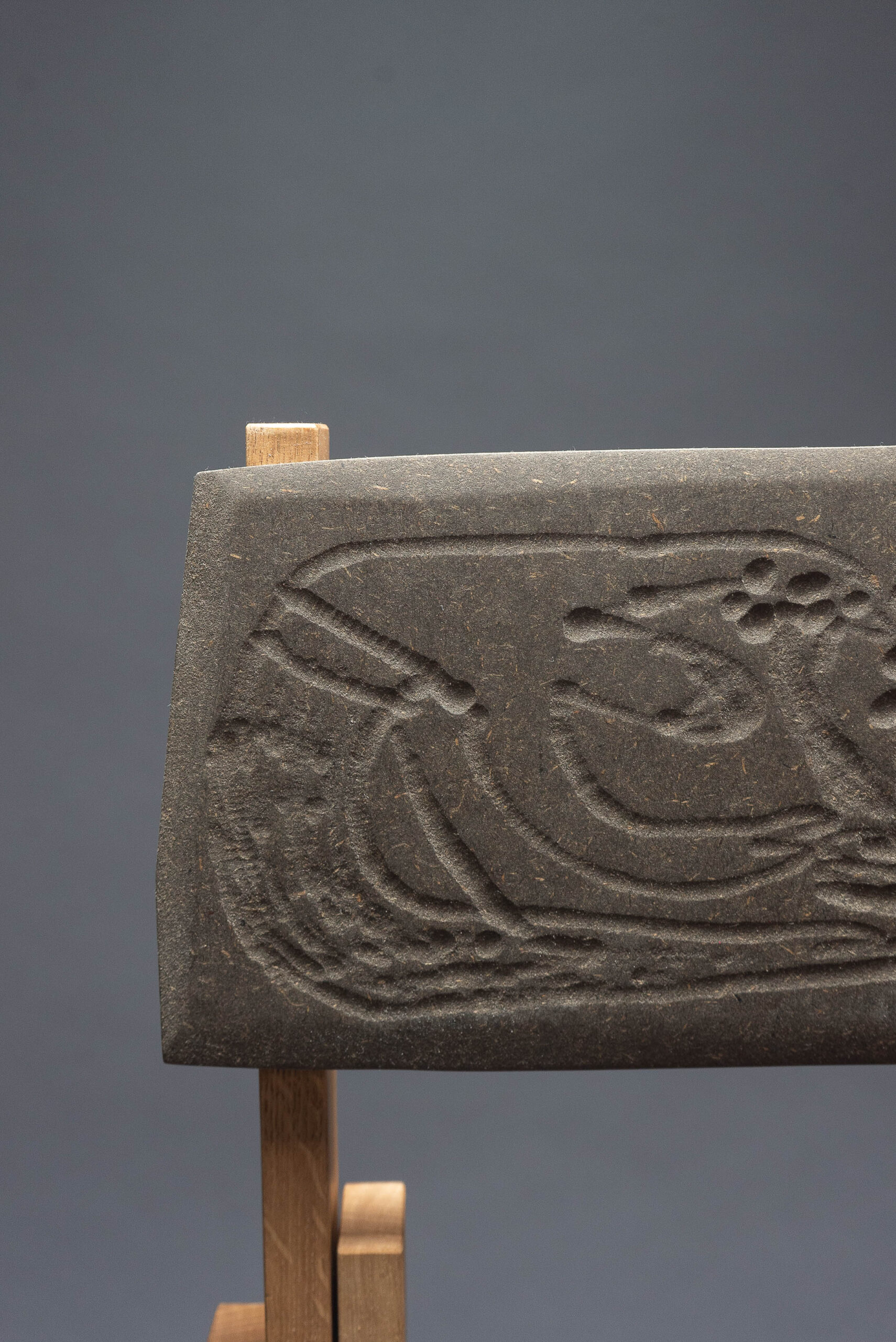
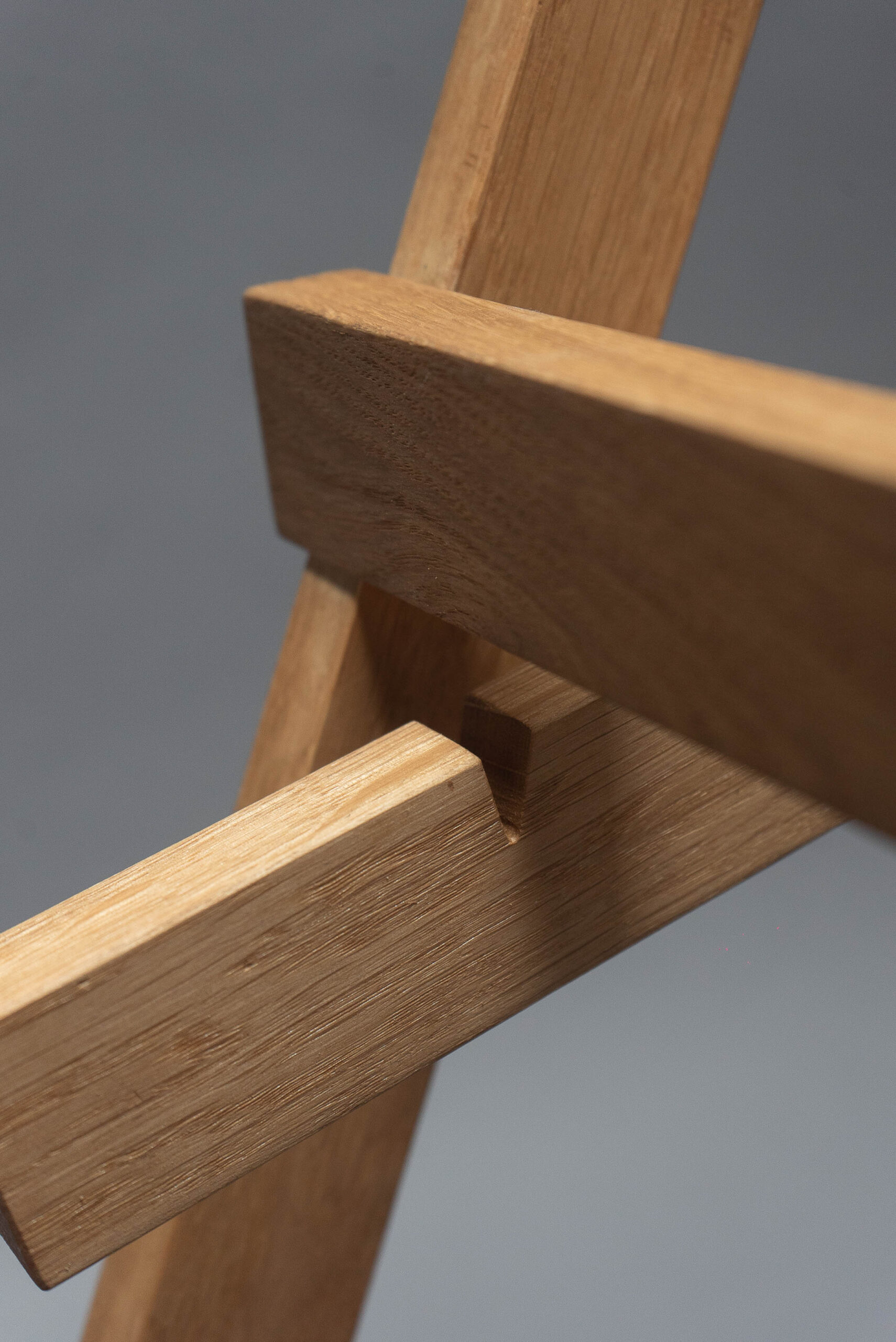
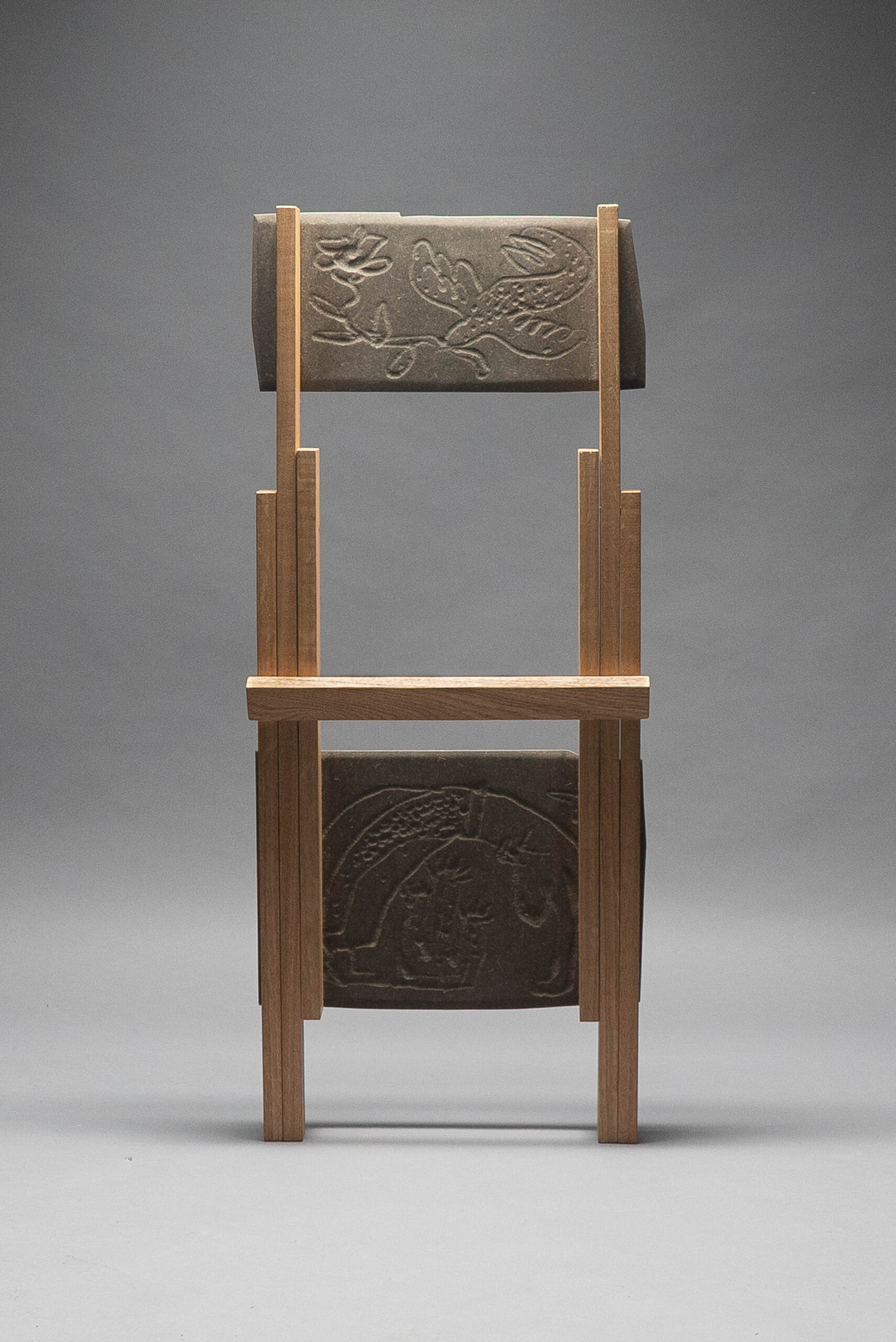
Previous
Next
Wether it be pipes, hiking poles, walls or thrones, carving fragments of their culture into objects of value is ancient human behavior. The social claim the 20th century of reducing ornament and increasing functionally in furniture making, in order to mass produce affordable furniture for everybody, has bitten its own tail.
Furniture today is often cheaply produced and aesthetically interchangeable, so that a careless throwaway culture has become established. This practice is ultimately part of the rapid destruction of the ecosphere. Fragmento Chair is thus meant to be a political statement promoting autonomy and longevity.
Using a spherical router head on an angle grinder, curly, antique-looking objects, figures, animals and plants are milled freehand into the seat and backrest. Situated below the surrounding surface, the imagery changes drastically when light hits it from different angles. The chair must be moved to capture its aesthetics and becomes absorbed in its nature as a folding chair.
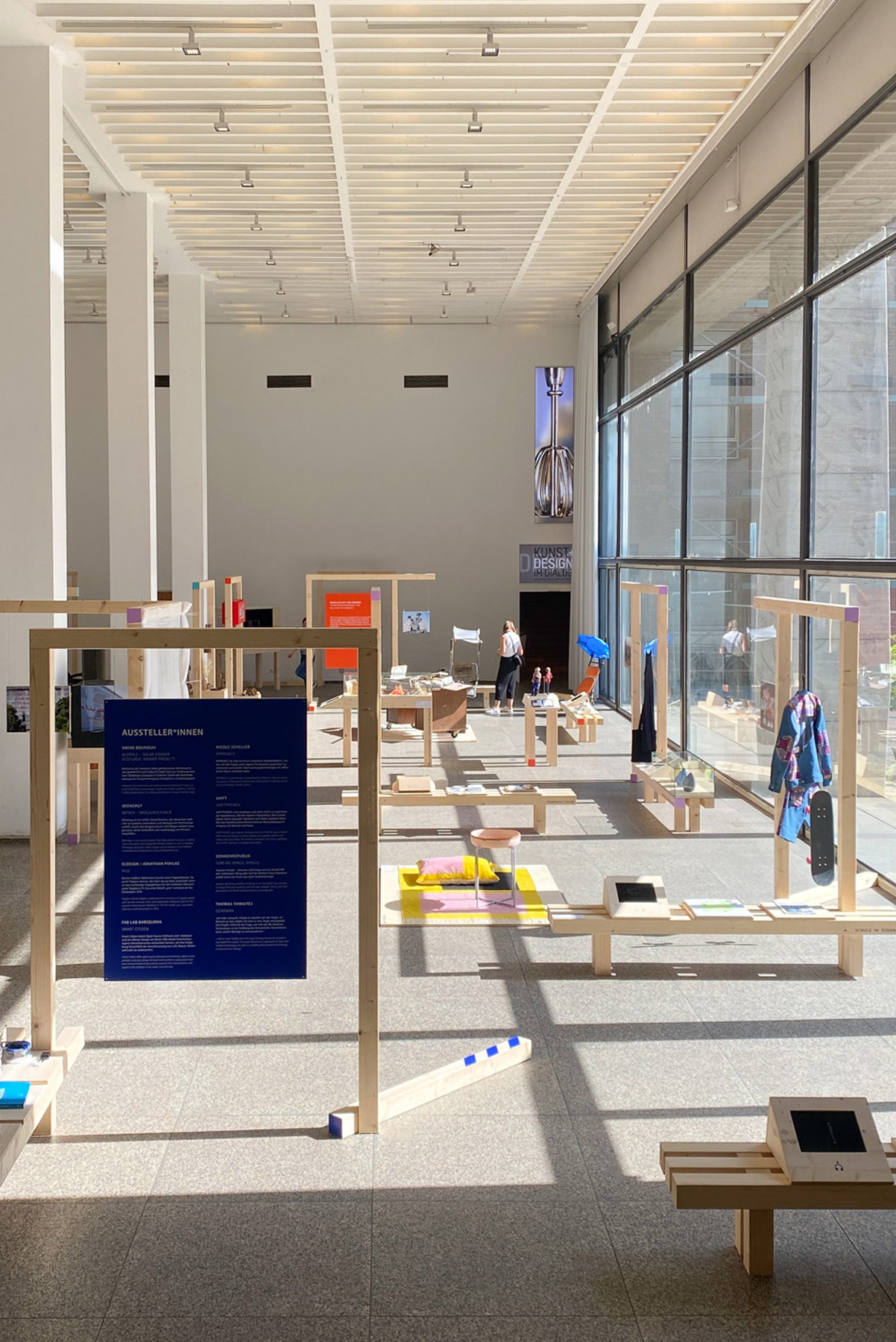
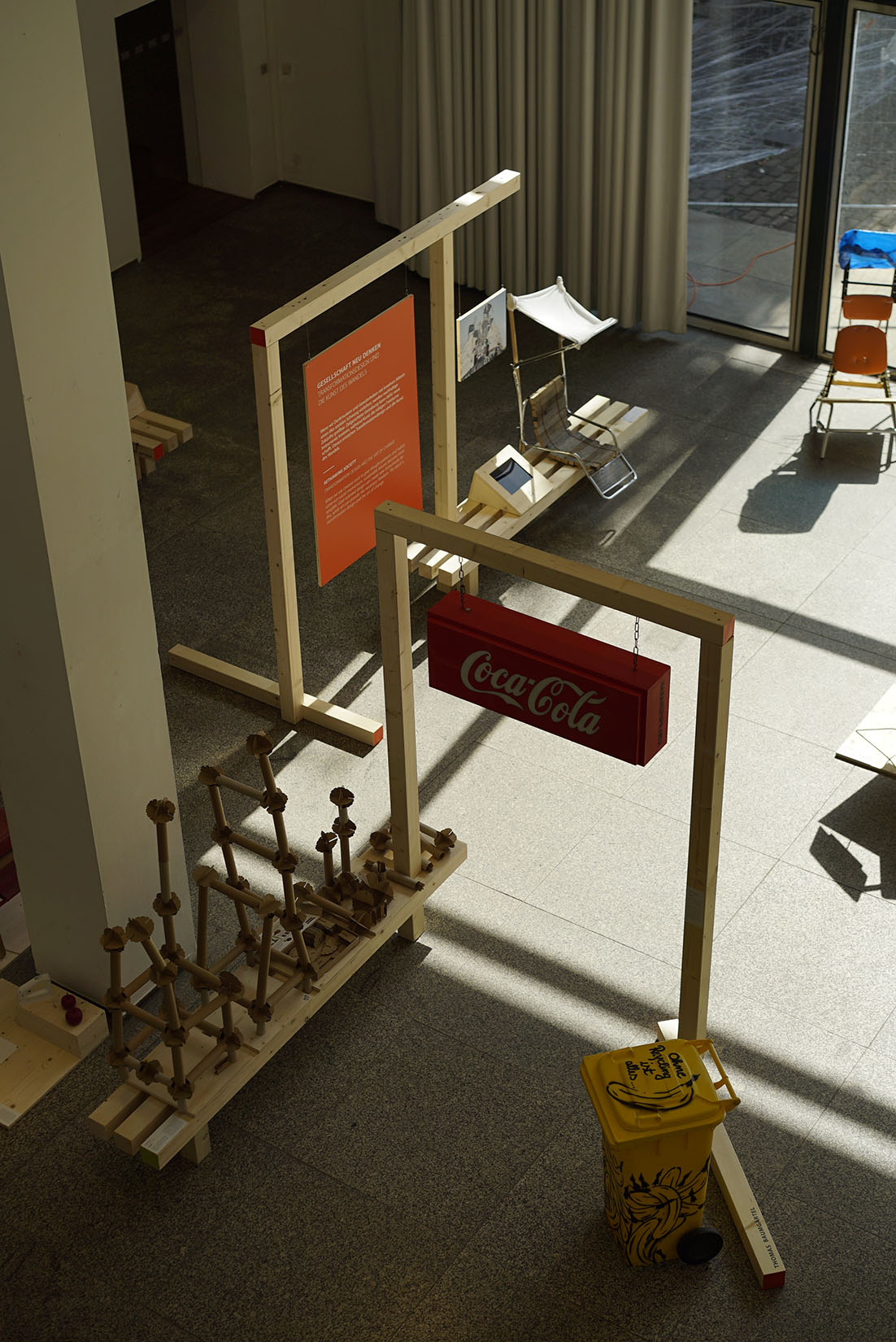
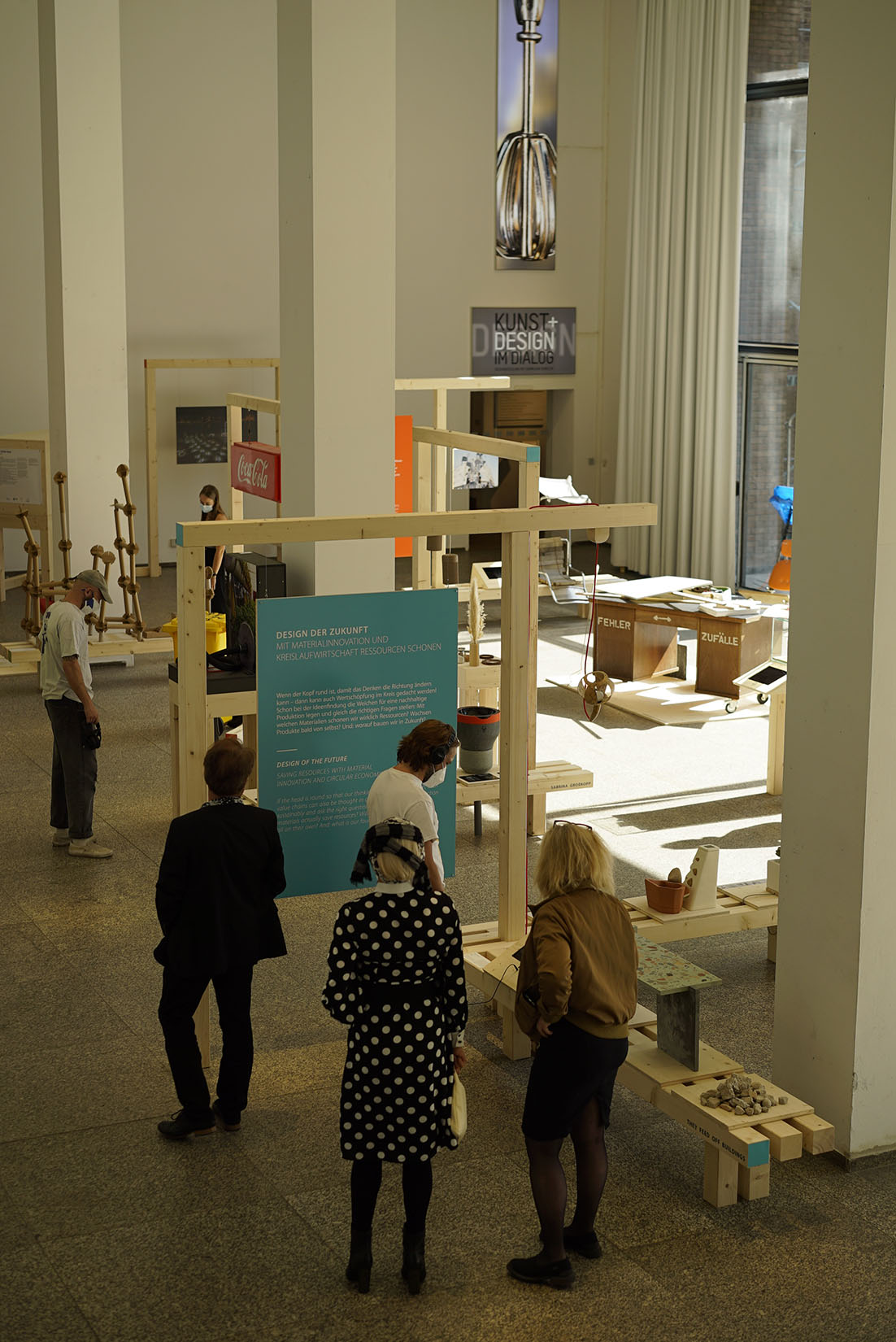
Previous
Next
Originally created for the Ökorausch exhibition 2020 at the MAKK museum, its architecture, light concept and exhibit areas can also be used for future exhibitions. Since the core design of the 100 Balken und 1 Pilz exhibition is highly adaptable and evolves with the exhibition space and the exhibited objects, the Ökorausch exhibition 2020 could still be realized despite the corona pandemic was creating various insecurities and reduced the planning time drastically. The architecture clusters the open space, yet visitors are only subliminally guided and rather invited to find their own path while exploring different ideas for sustainable transformation.
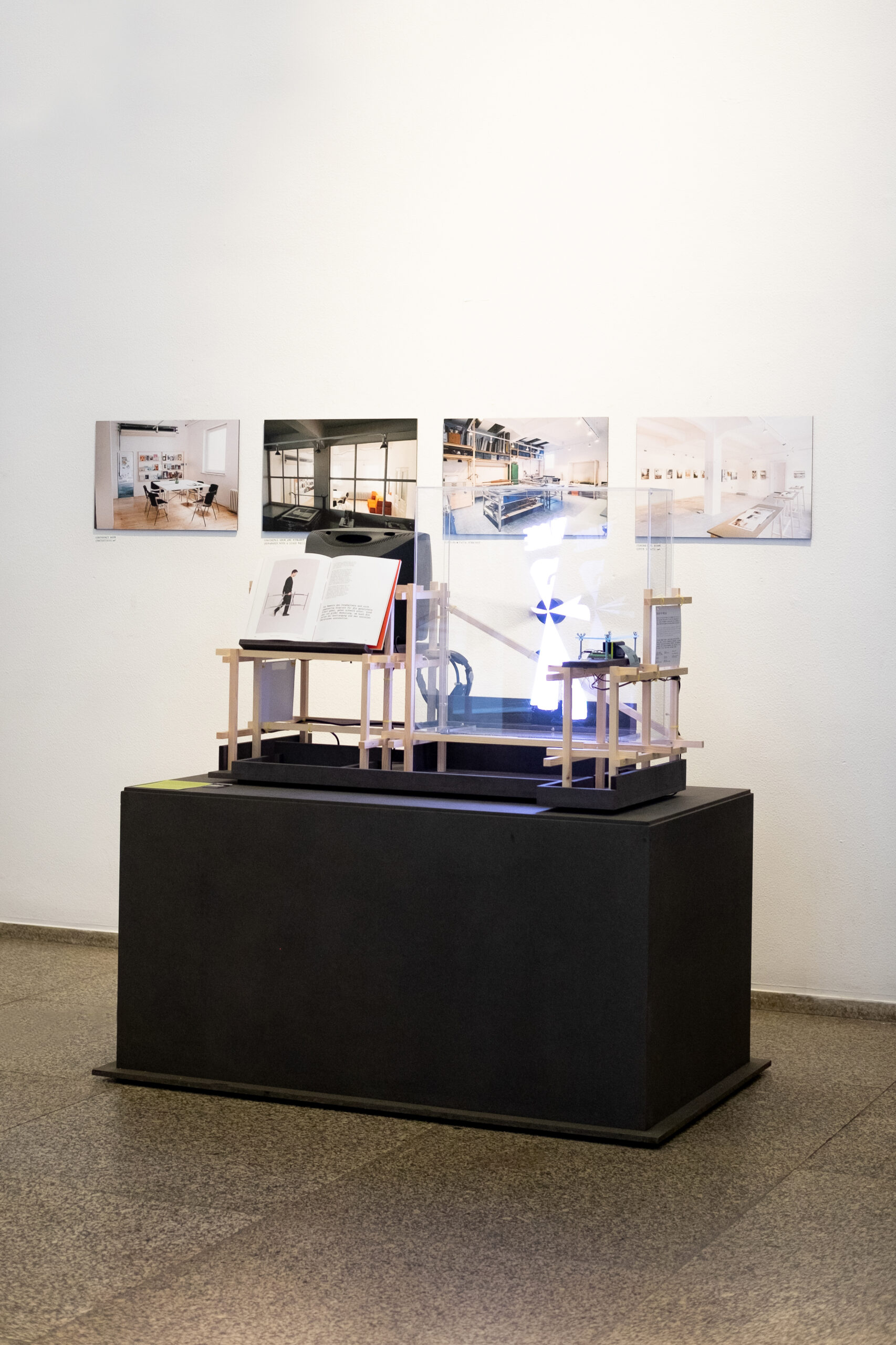
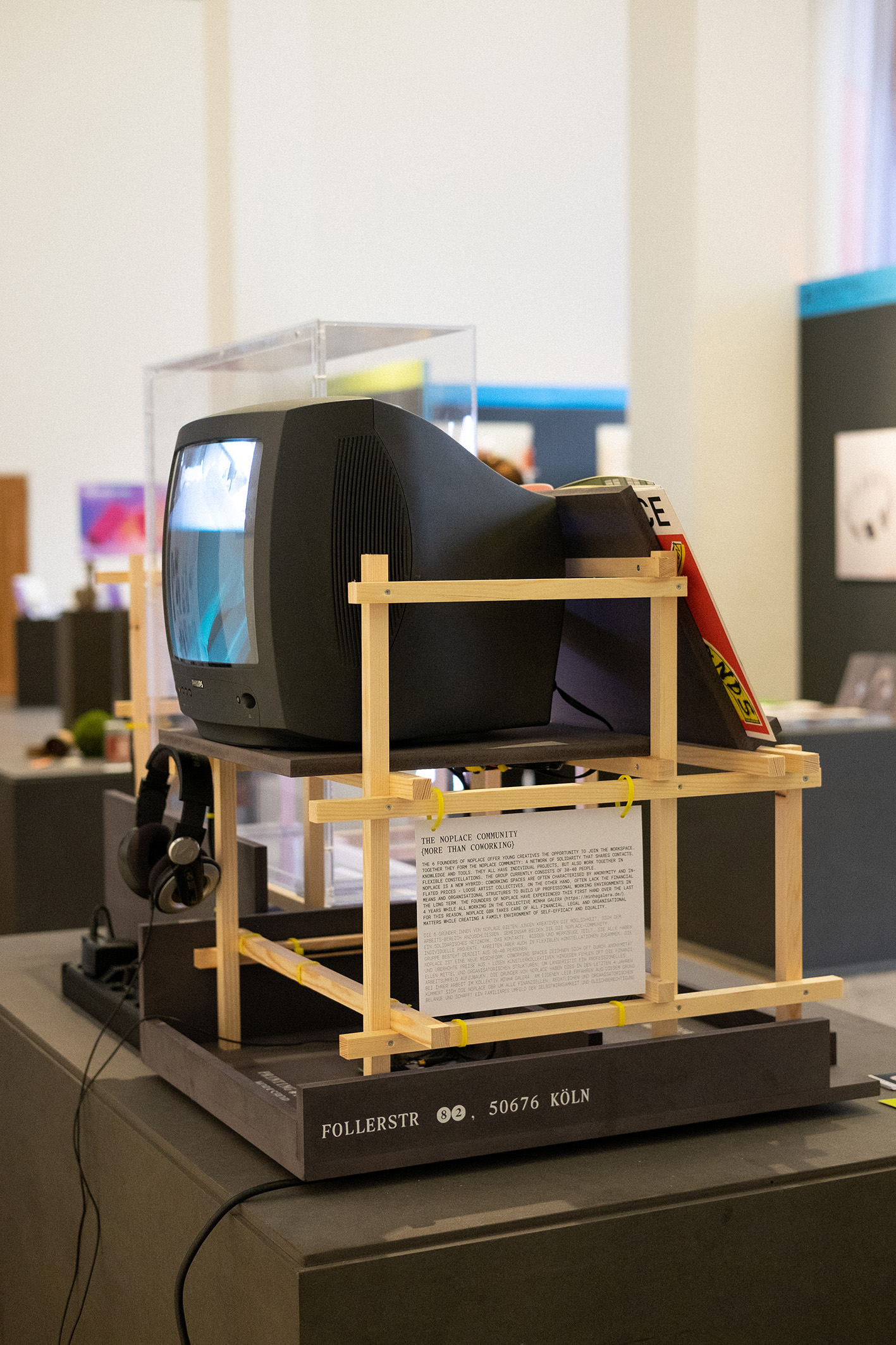
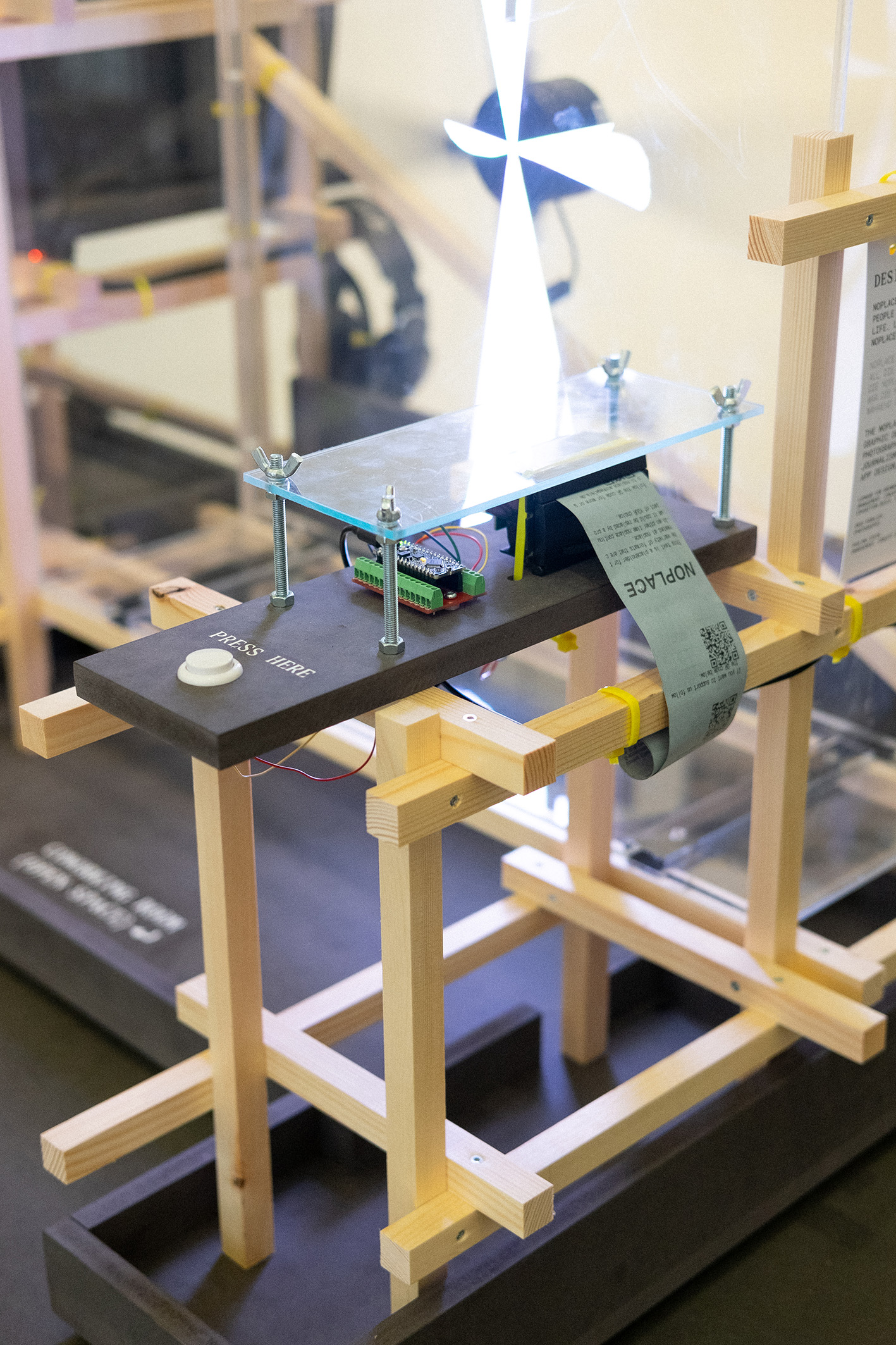
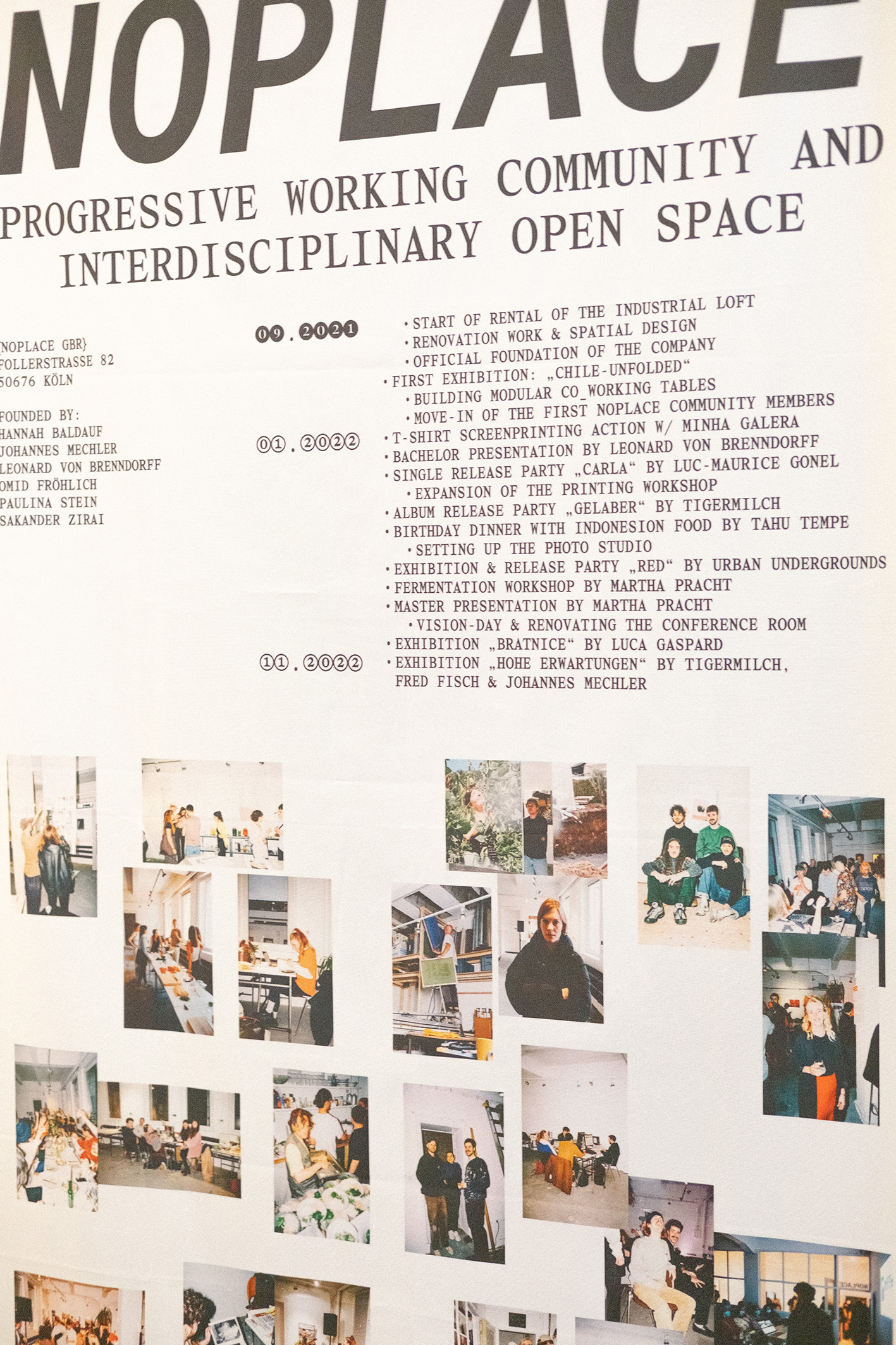
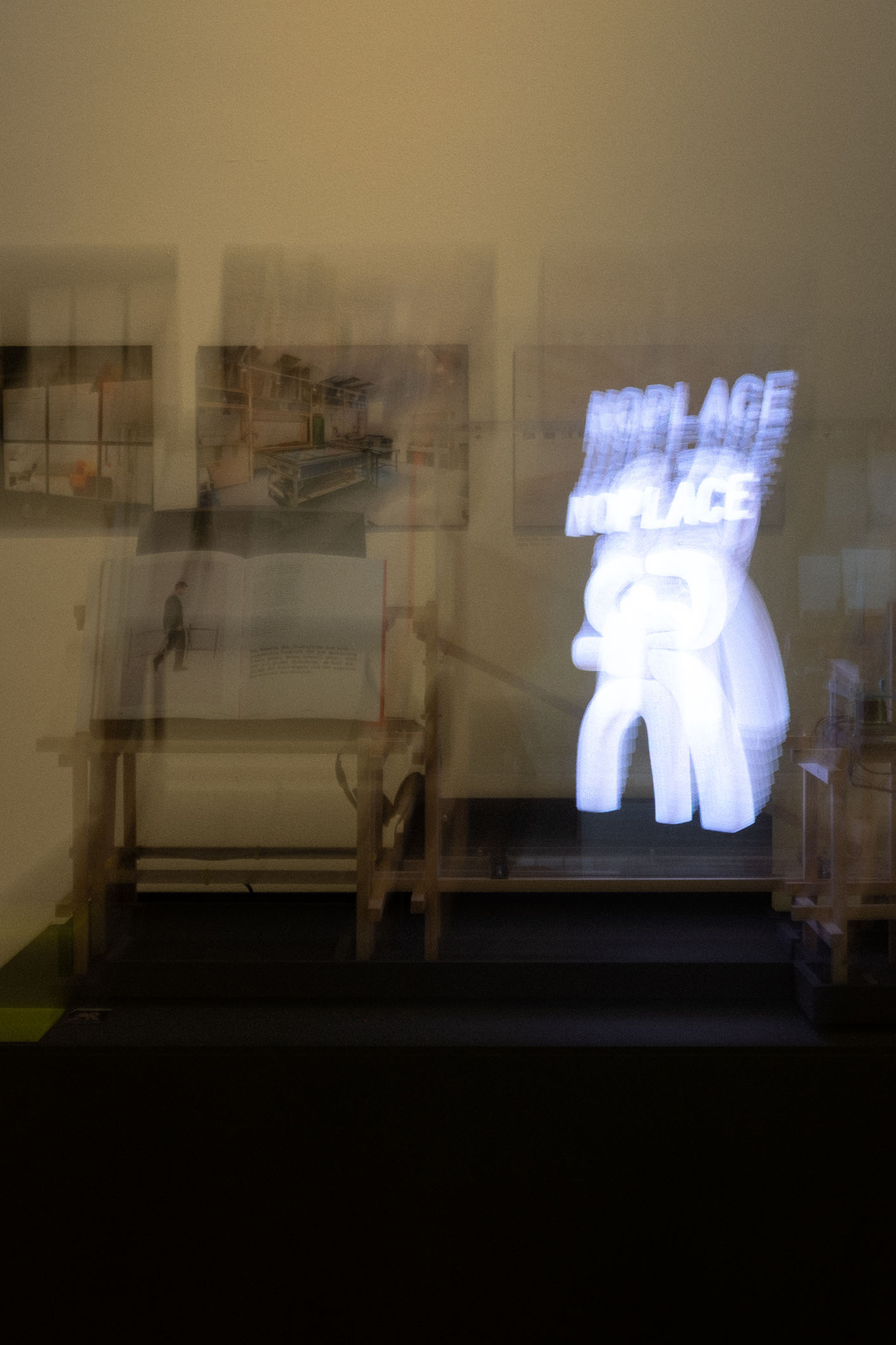
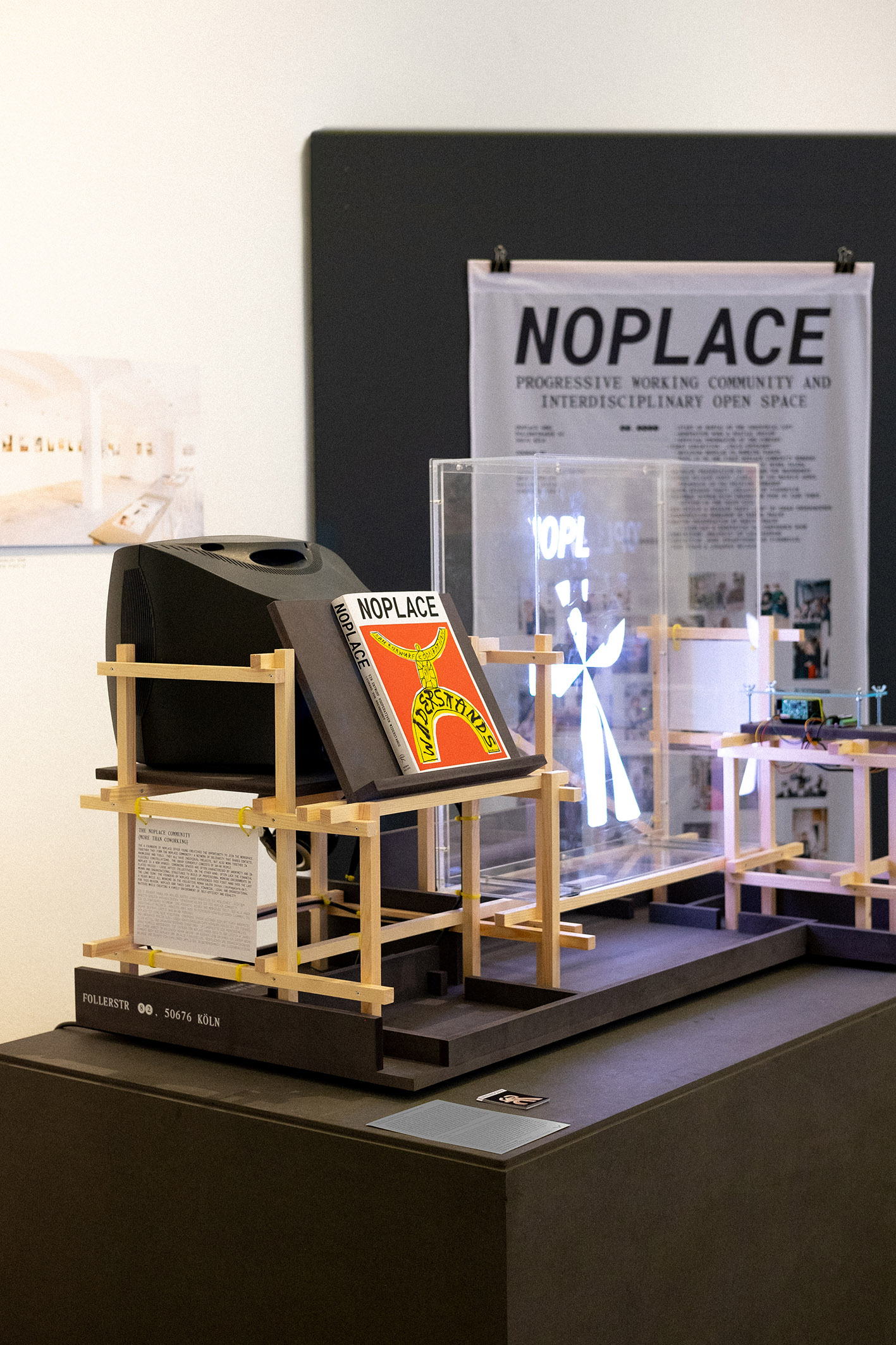
Previous
Next
noplace designs maker-, coworking- and exhibition spaces and organises their users as a community that works there in solidarity, networks and hosts events. In 2021, noplace was founded by 6 designers as a GbR and has since designed its first open space in Cologne’s city centre on an area of over 200 m². Coworking spaces as anonymous workspaces are negative consequences of an economy that destroys social connections for the sake of supposedly increasing efficiency. noplace, on the other hand, creates a new hybrid: a coworking space that forms community and promotes flexible identity.
People are willing to make their private property available for communal use. Because the members already cover the fixed costs with their monthly contributions, events do not necessarily have to be linked to rent. In this way, non-profit events in particular can be made possible or young artists who lack the financial means can be given a stage.
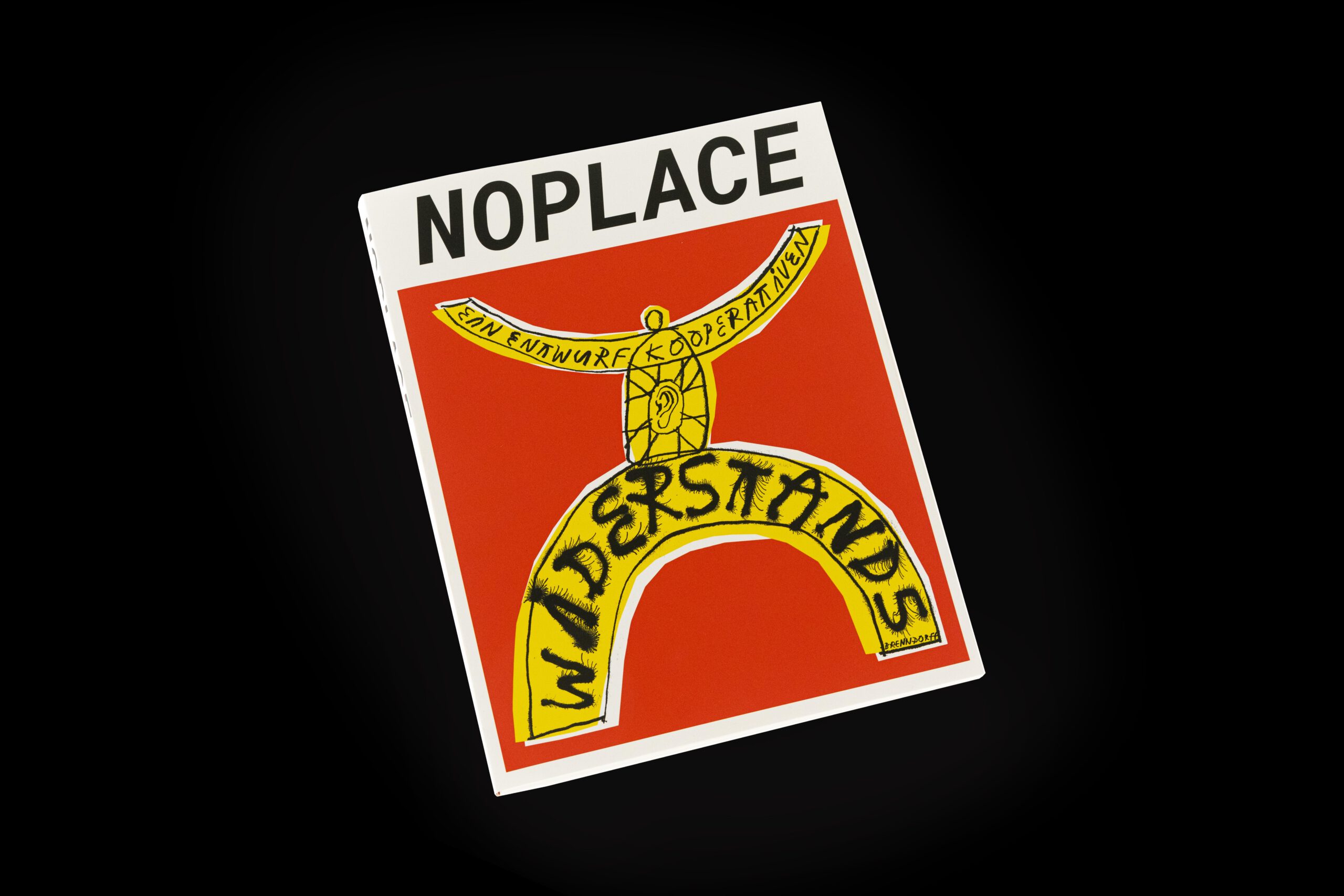
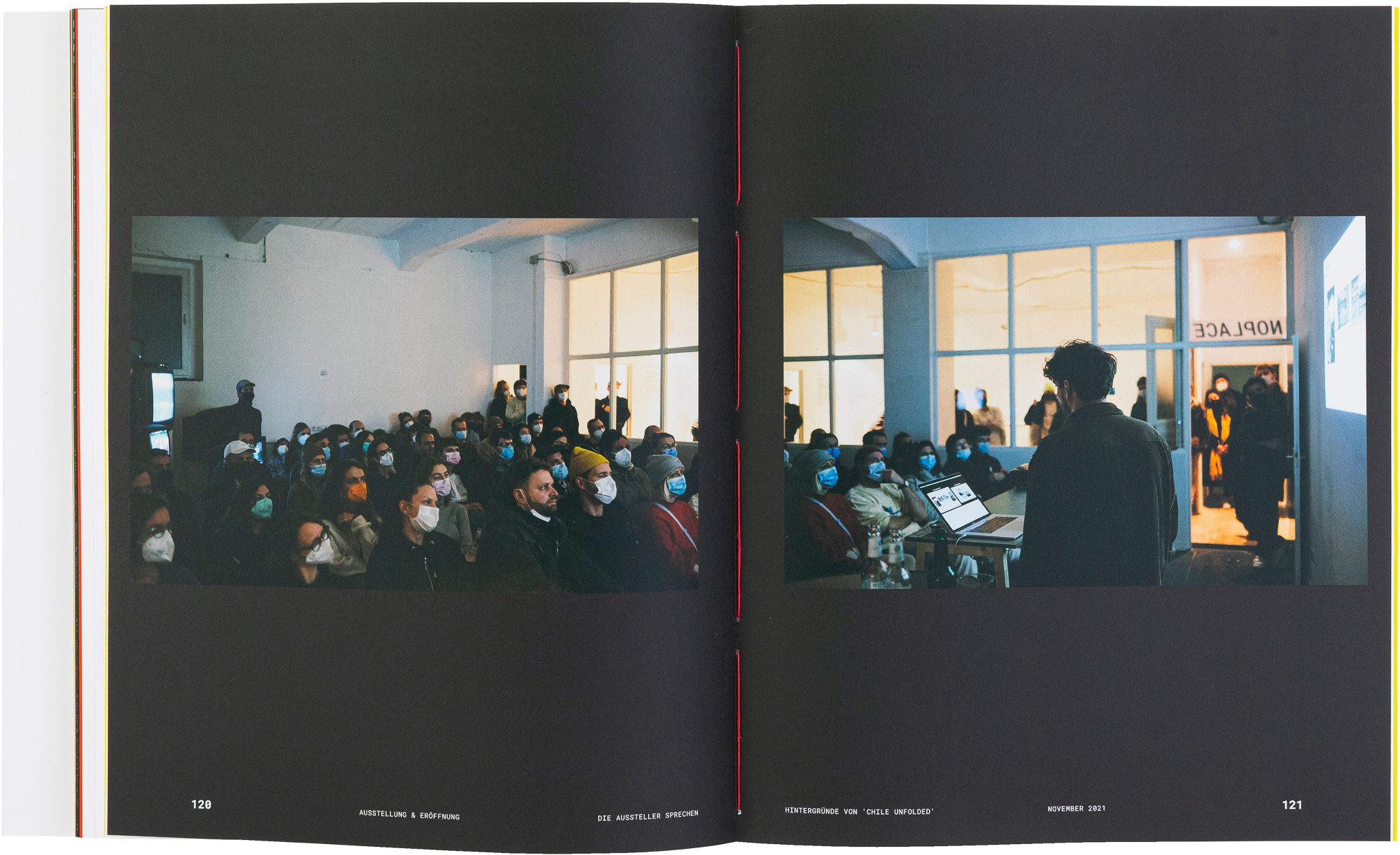
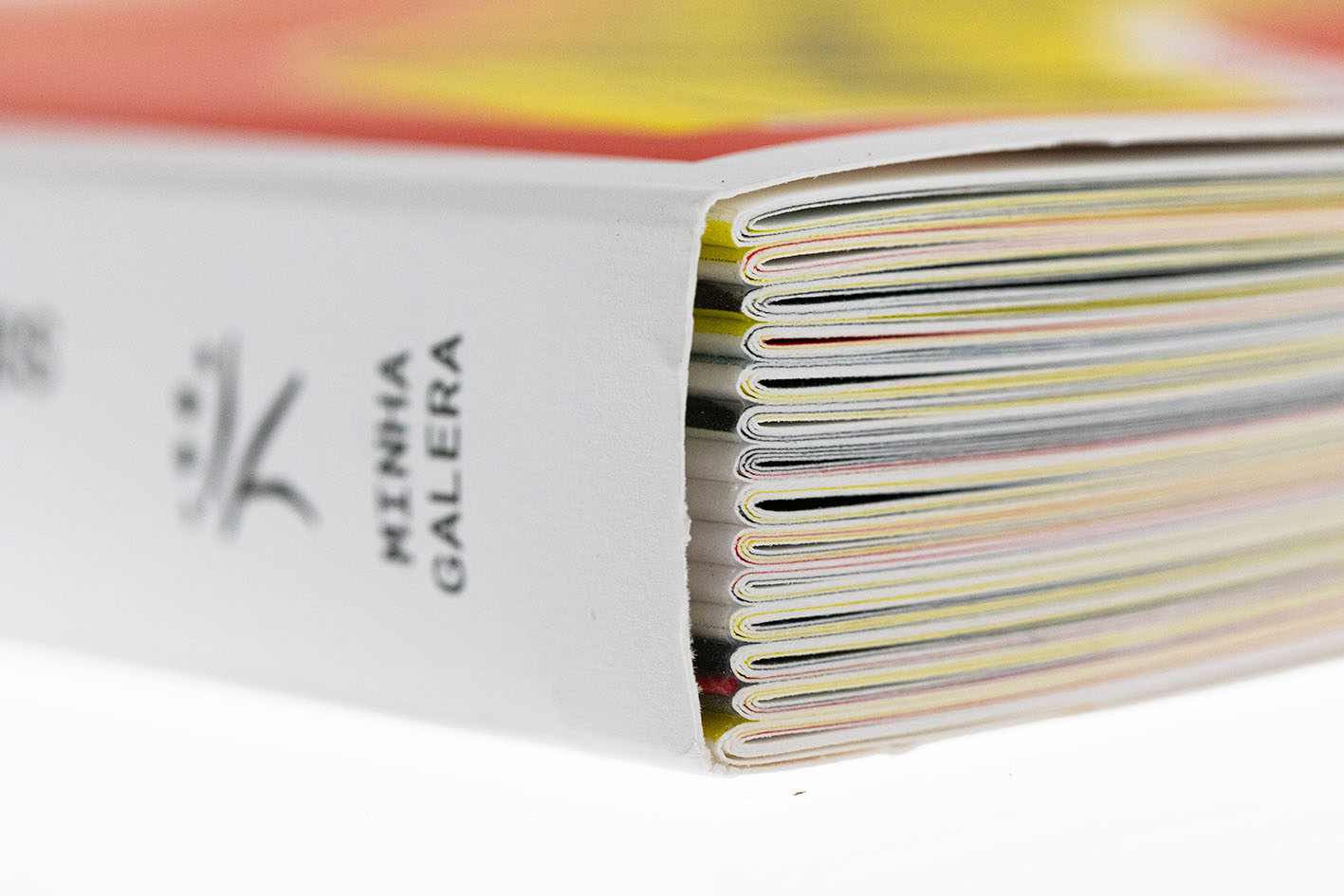
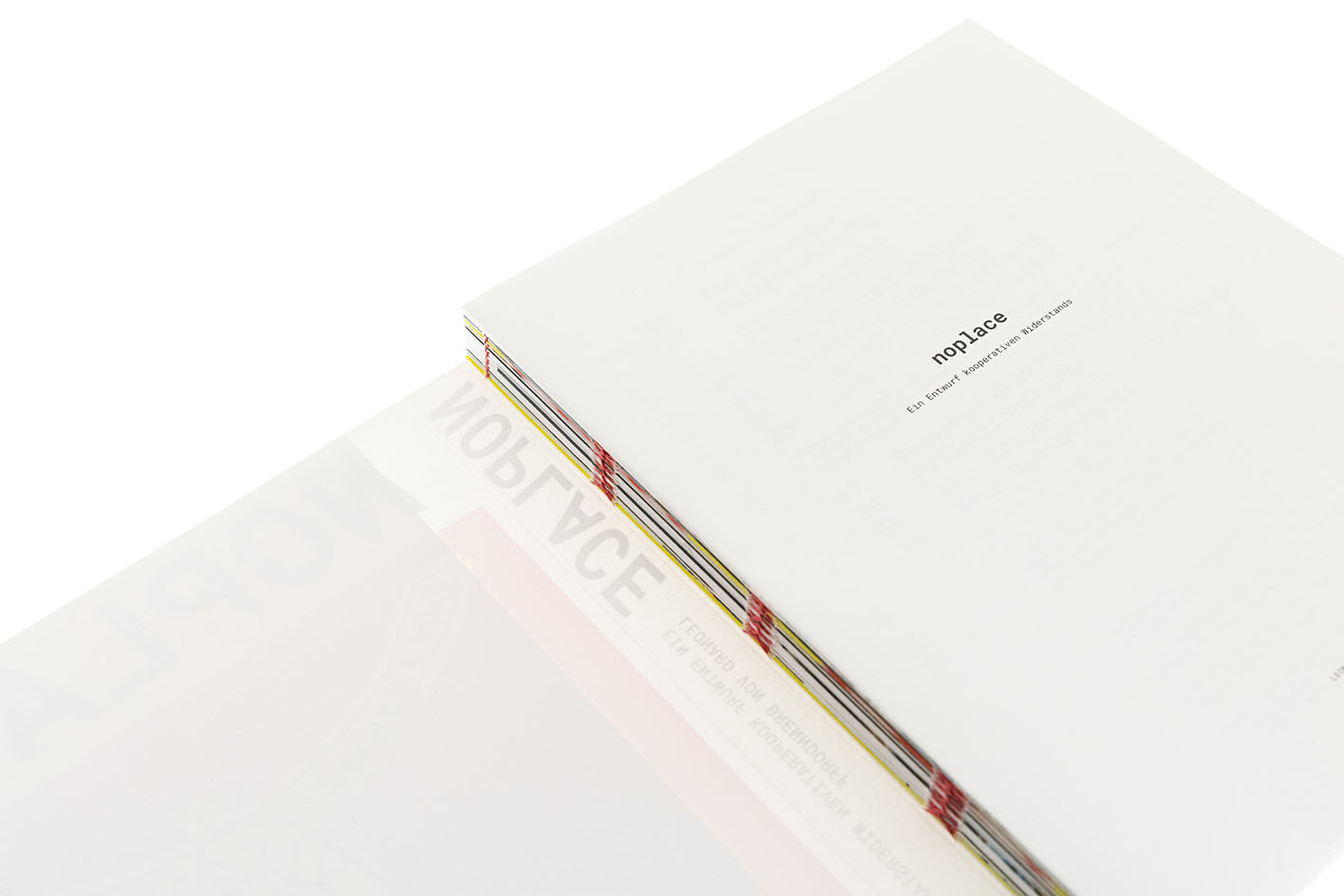
Previous
Next
The future of human work will change radically – for the better. We will not have to work to survive, nor will our work destroy the planet: we will work because the process of creating with others is our natural human condition. We operate an interdisciplinary open space with office, workshop and event areas in downtown Cologne and organize there a progressive working community of 29 people: the noplace community.
This is a manifesto that conveys the background, development and vision of the noplace company. It focusses on the political thoughts behind noplace, such as the concept of progressive humanism, political design, the construction of collective identity, entangled privileges, or the future of work.
The essays are tightly interwoven with a narrative of the development process of noplace. Along these diary-like chapters, analog photographs, illustrations, and compositions of screenshots provide an honest look at the time, tools, and emotions that went into the creation of noplace. Because noplace is a collective effort, the book includes interviews and contributions from all the people involved.
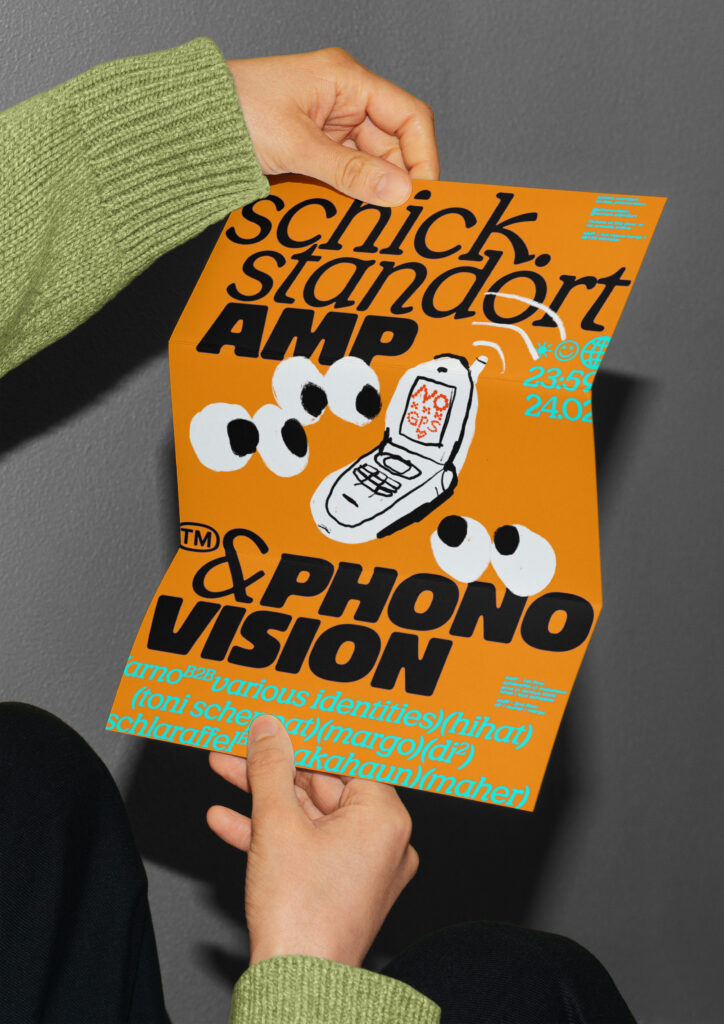
Poster Draft for Schick.Standort AMP
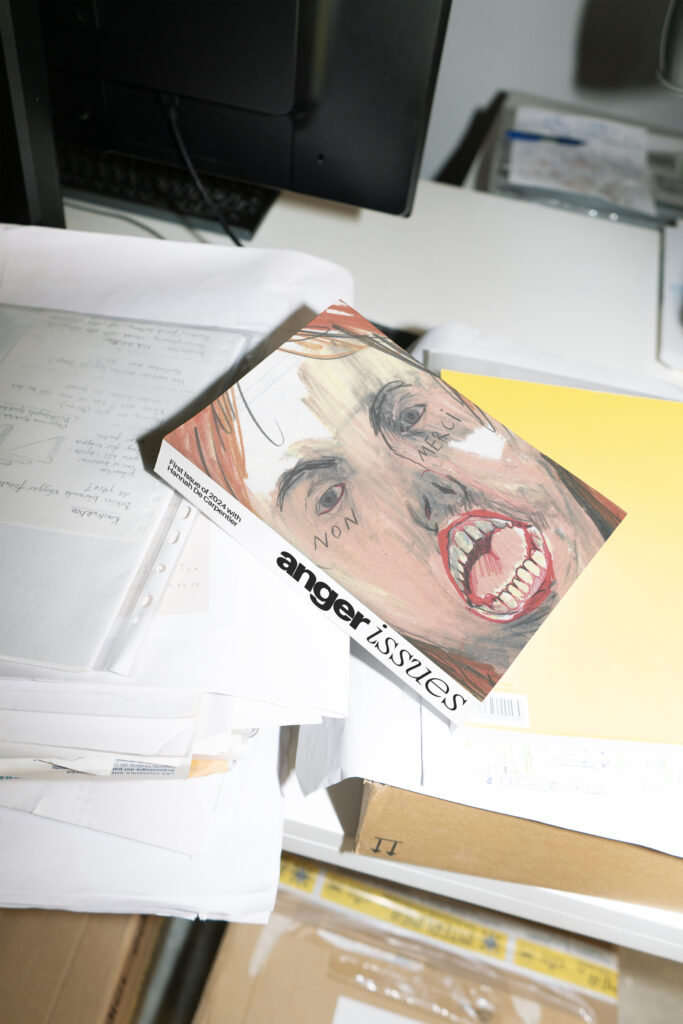
Branding for angerissues (sse on IG) done with Katharina Colin (AD), Image by Hannah de Carpentier
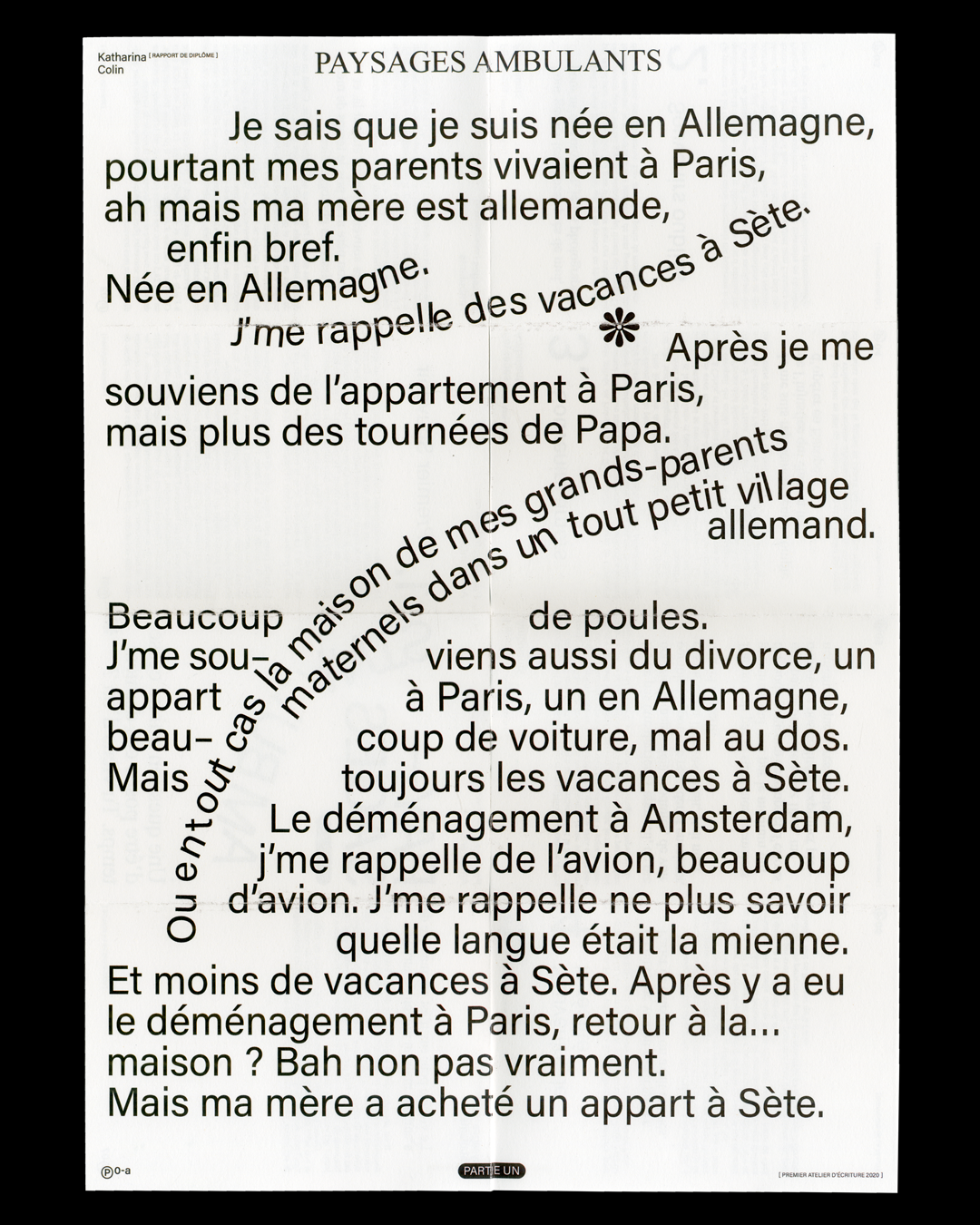
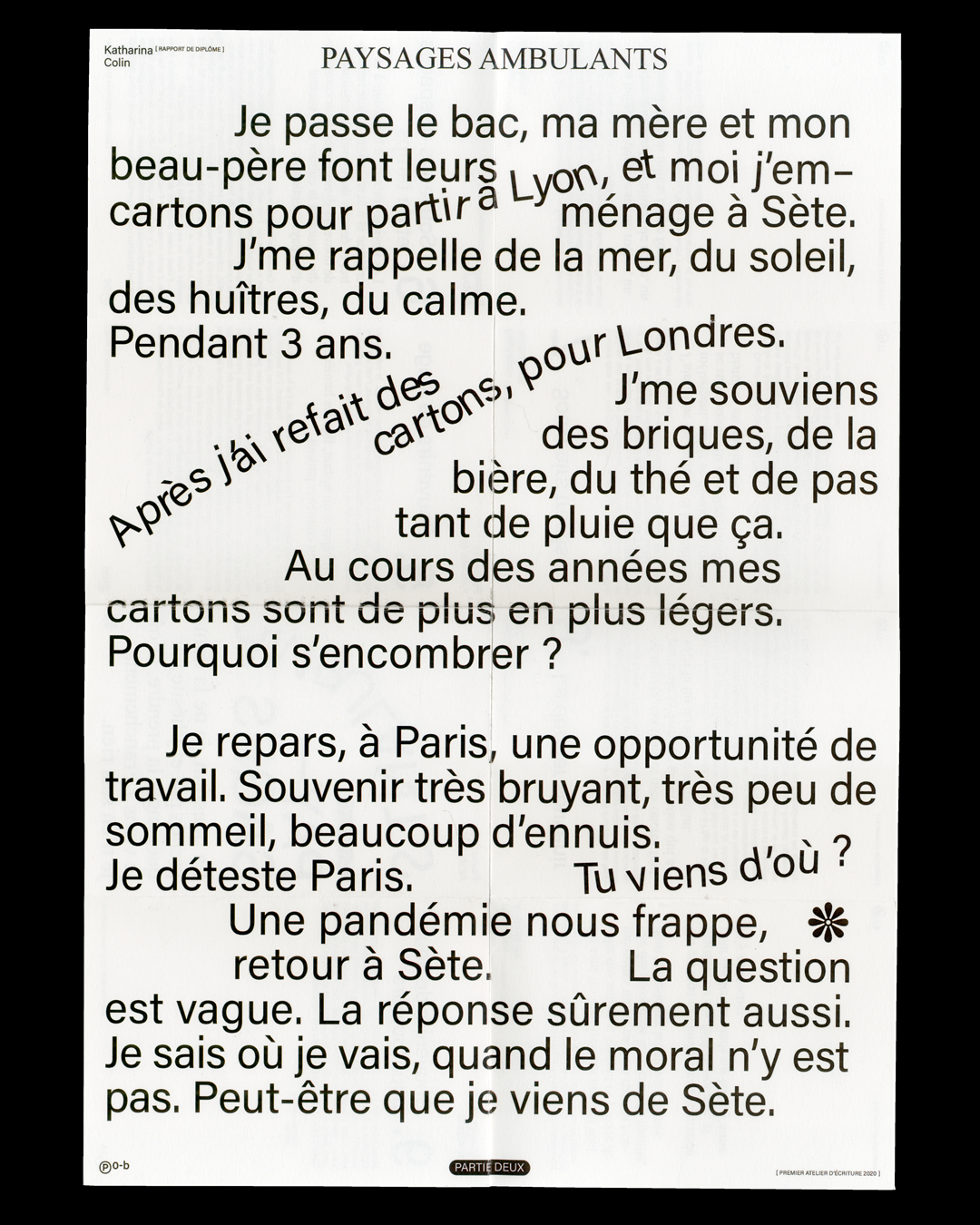
Previous
Next
Paysages Ambulants – Poster for Katharina Colin at L’École Supérieure d’Art de Lorraine
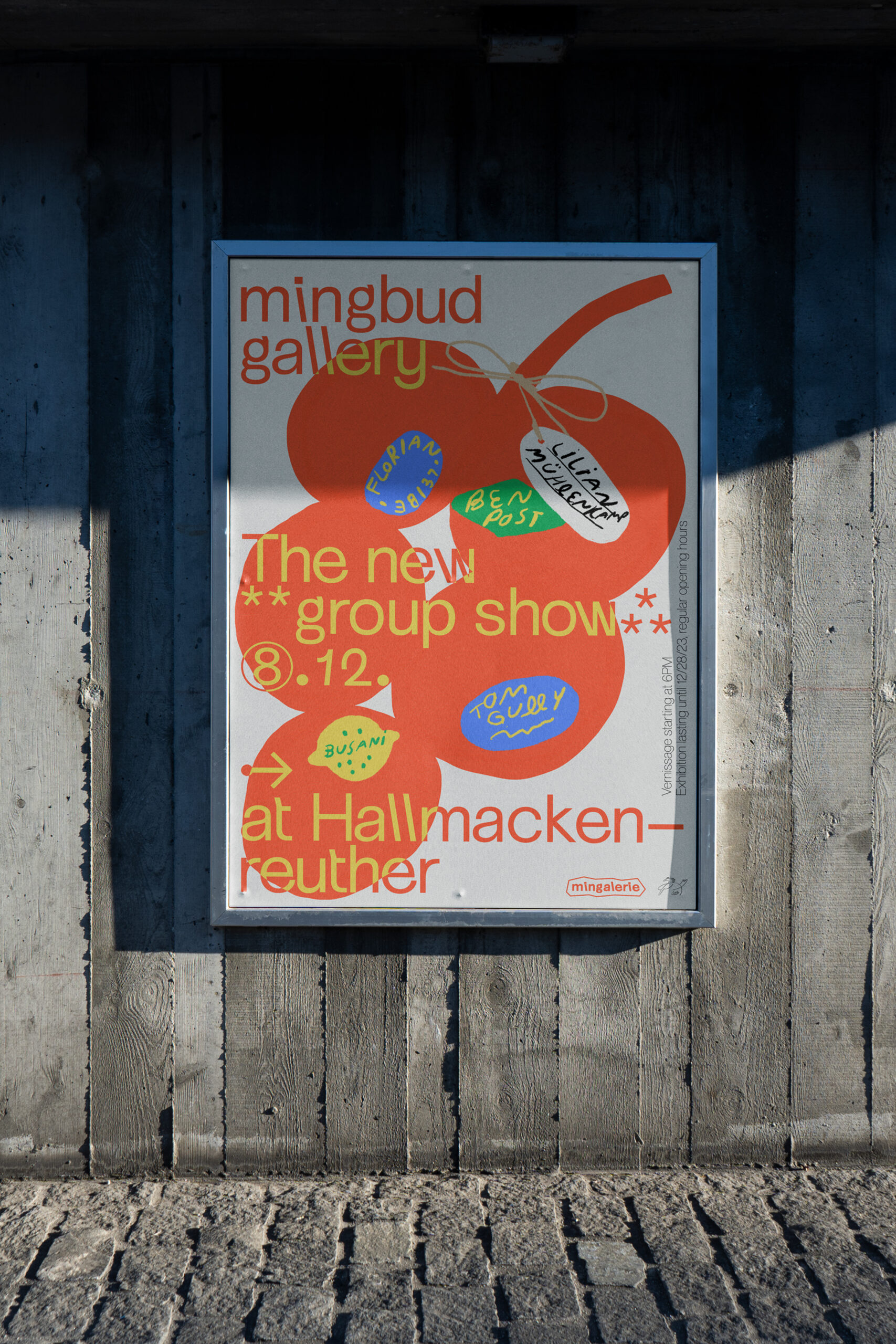
Paysages Ambulants – Zine with Katharina Colin at L’École Supérieure d’Art de Lorraine
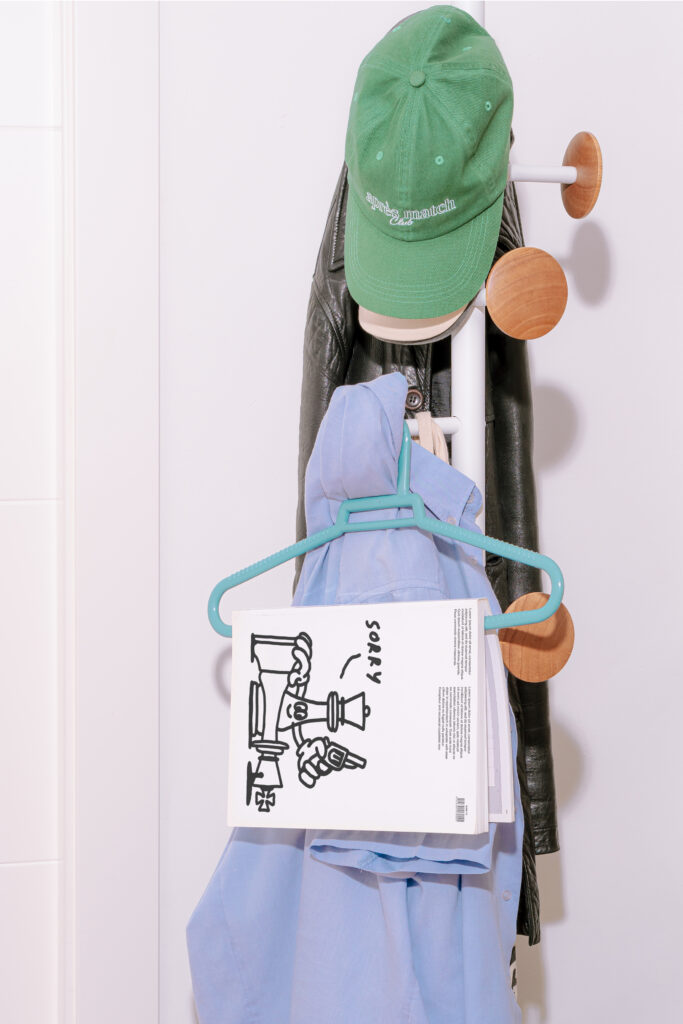
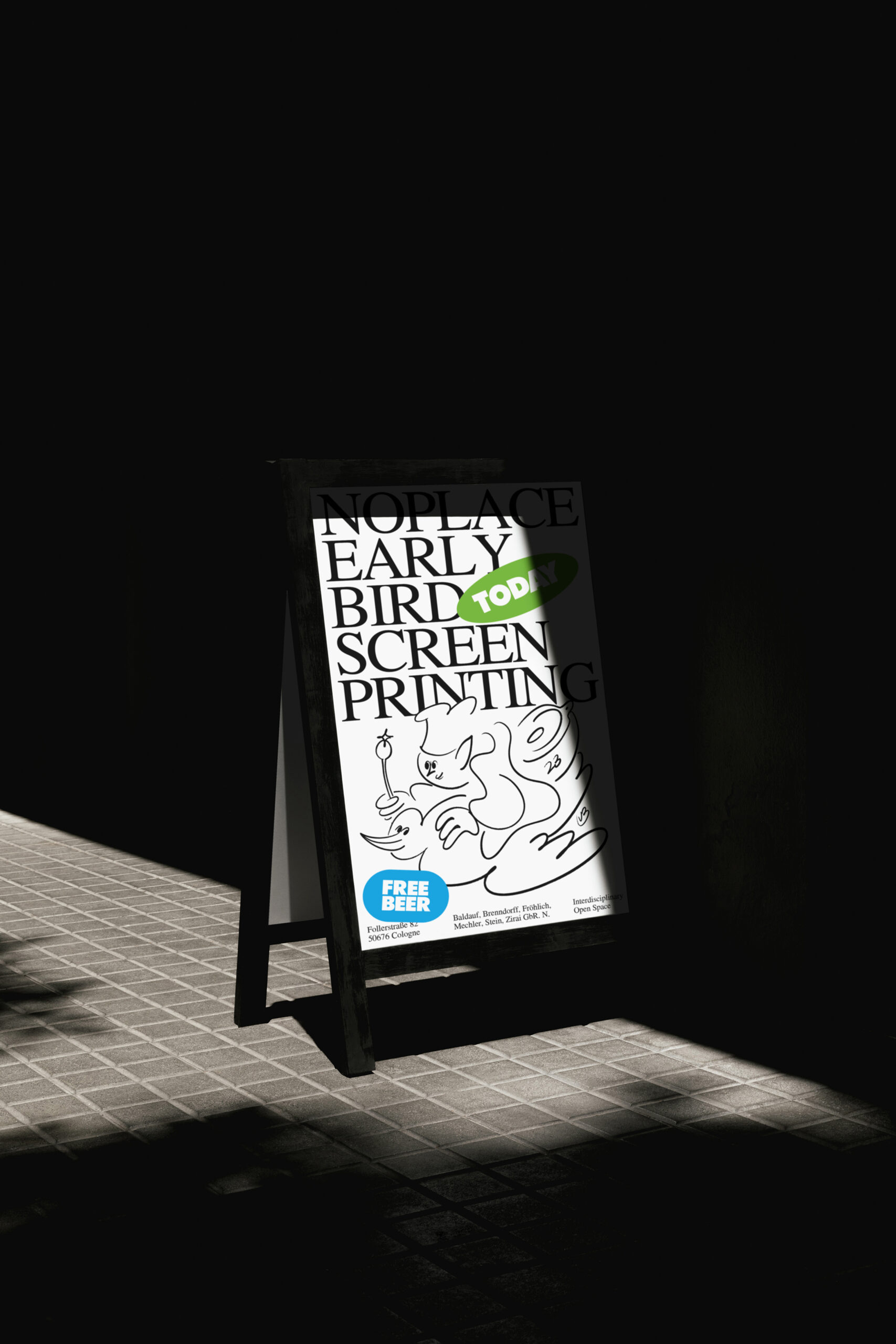
Paysages Ambulants – Poster for Katharina Colin at L’École Supérieure d’Art de Lorraine
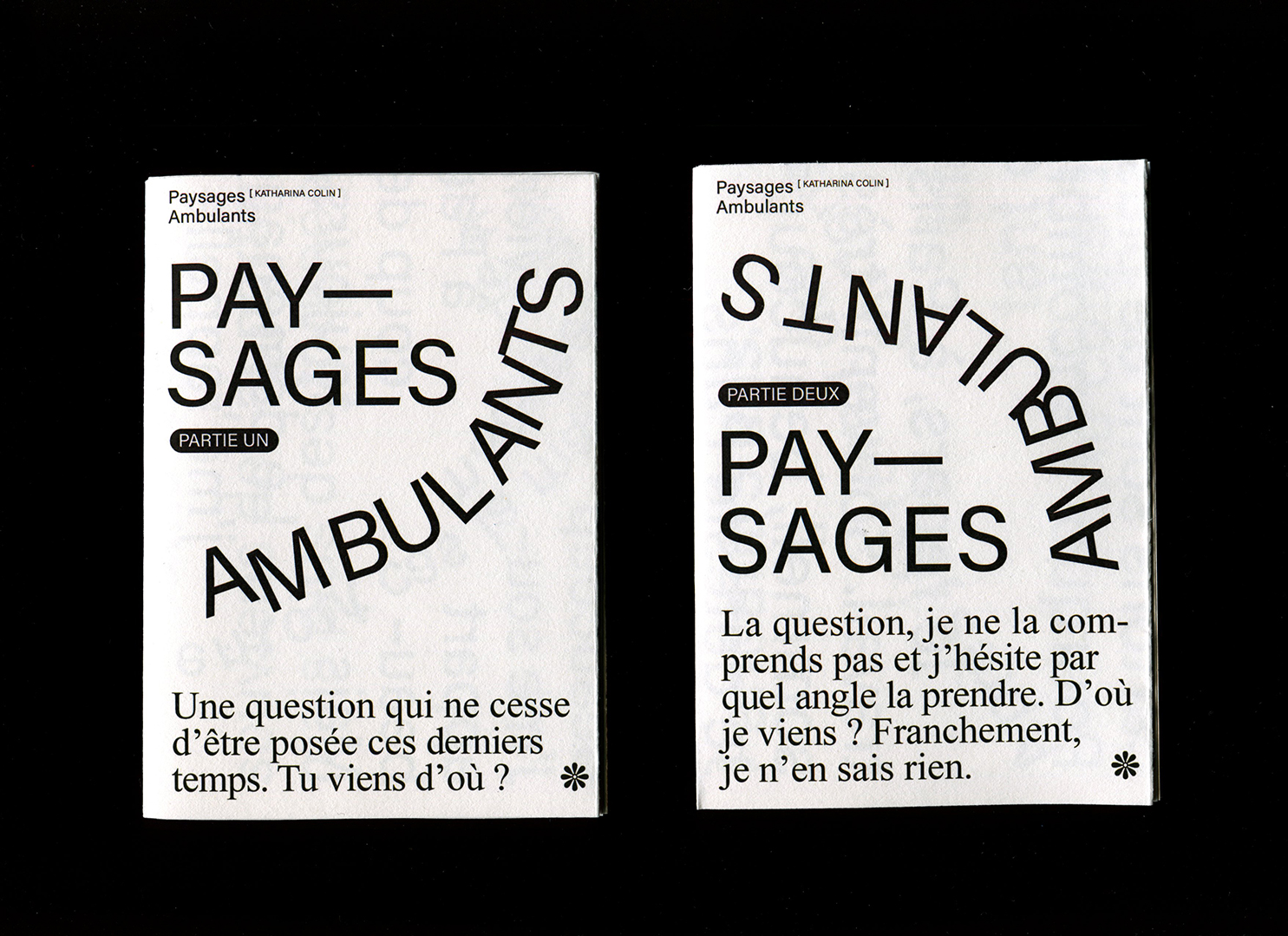
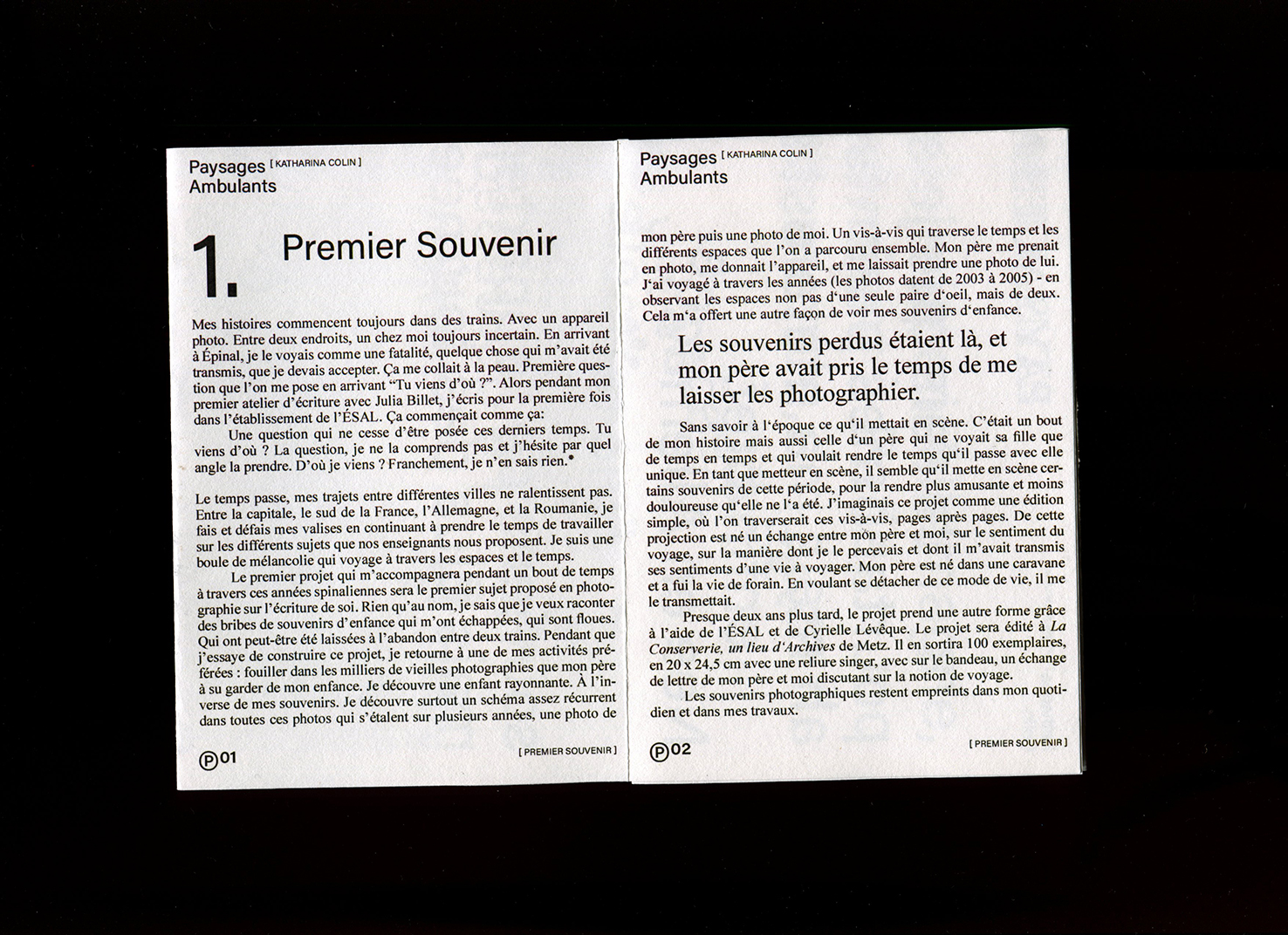
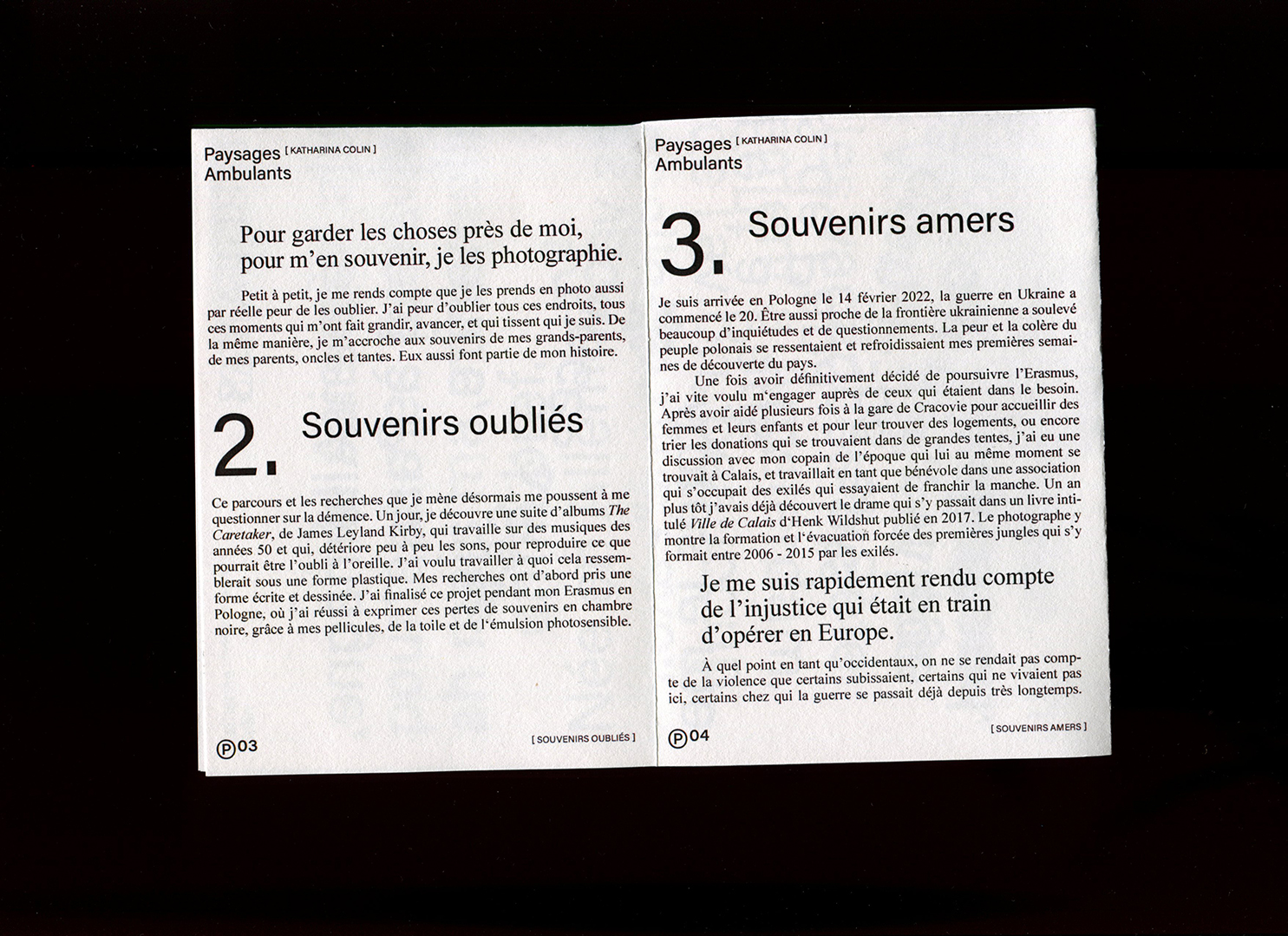
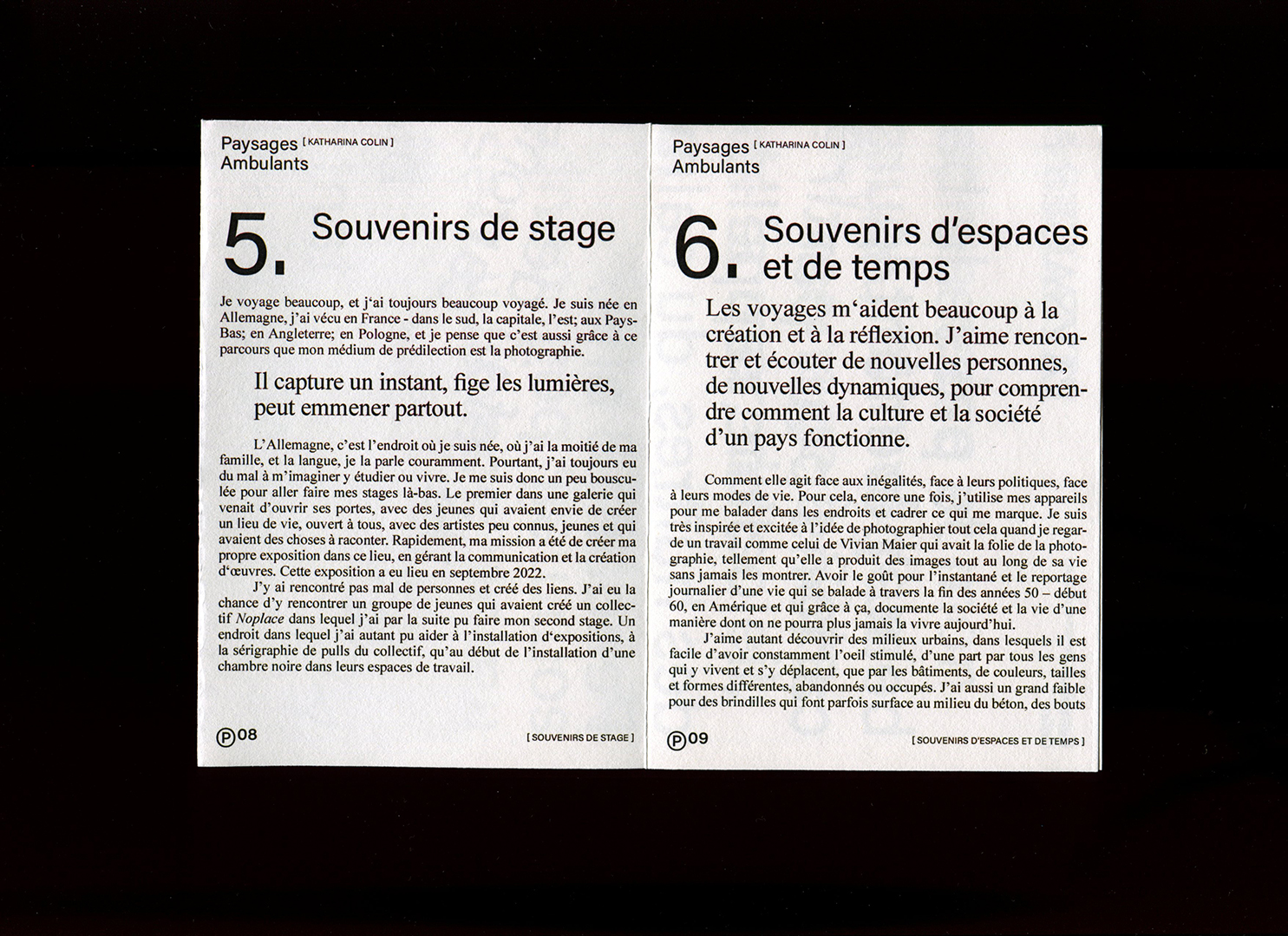
Previous
Next
Paysages Ambulants – Zine with Katharina Colin at L’École Supérieure d’Art de Lorraine
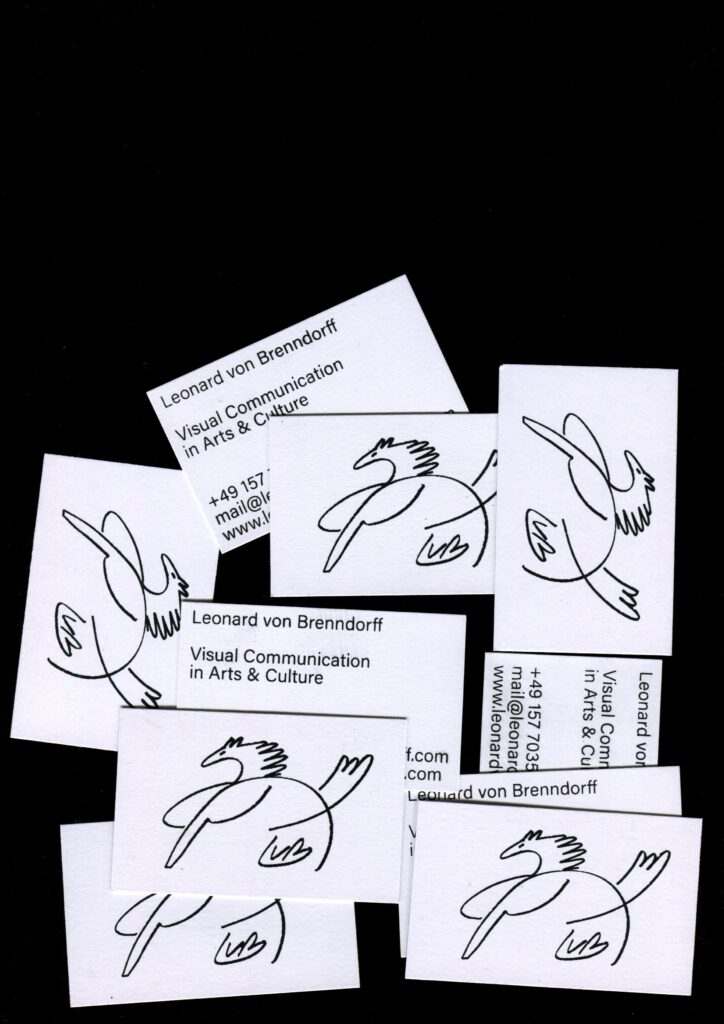
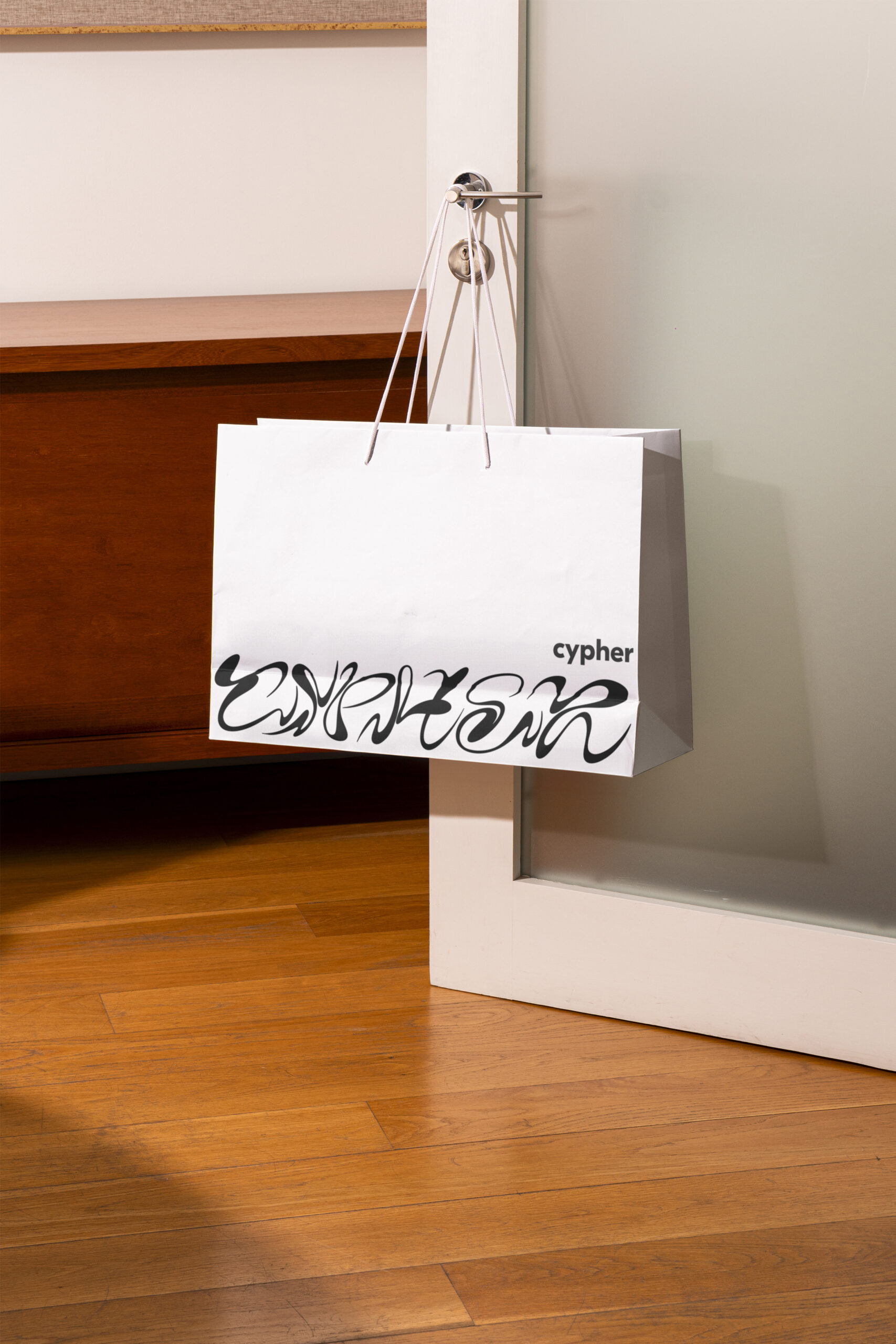
This project was a collaboration with graphic designer Johannes Mechler. In cocreation we produced the concept, layout and custom types.
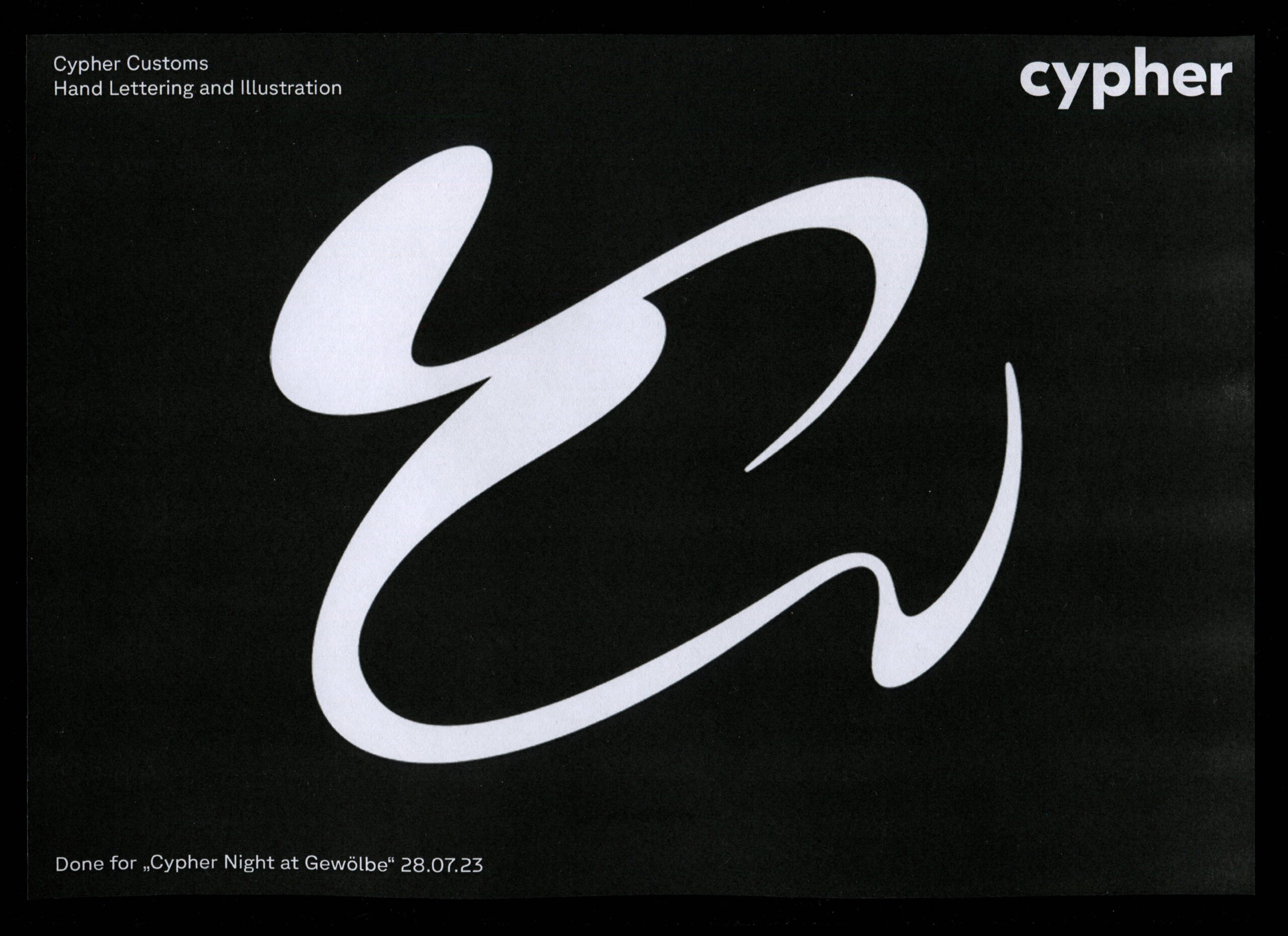
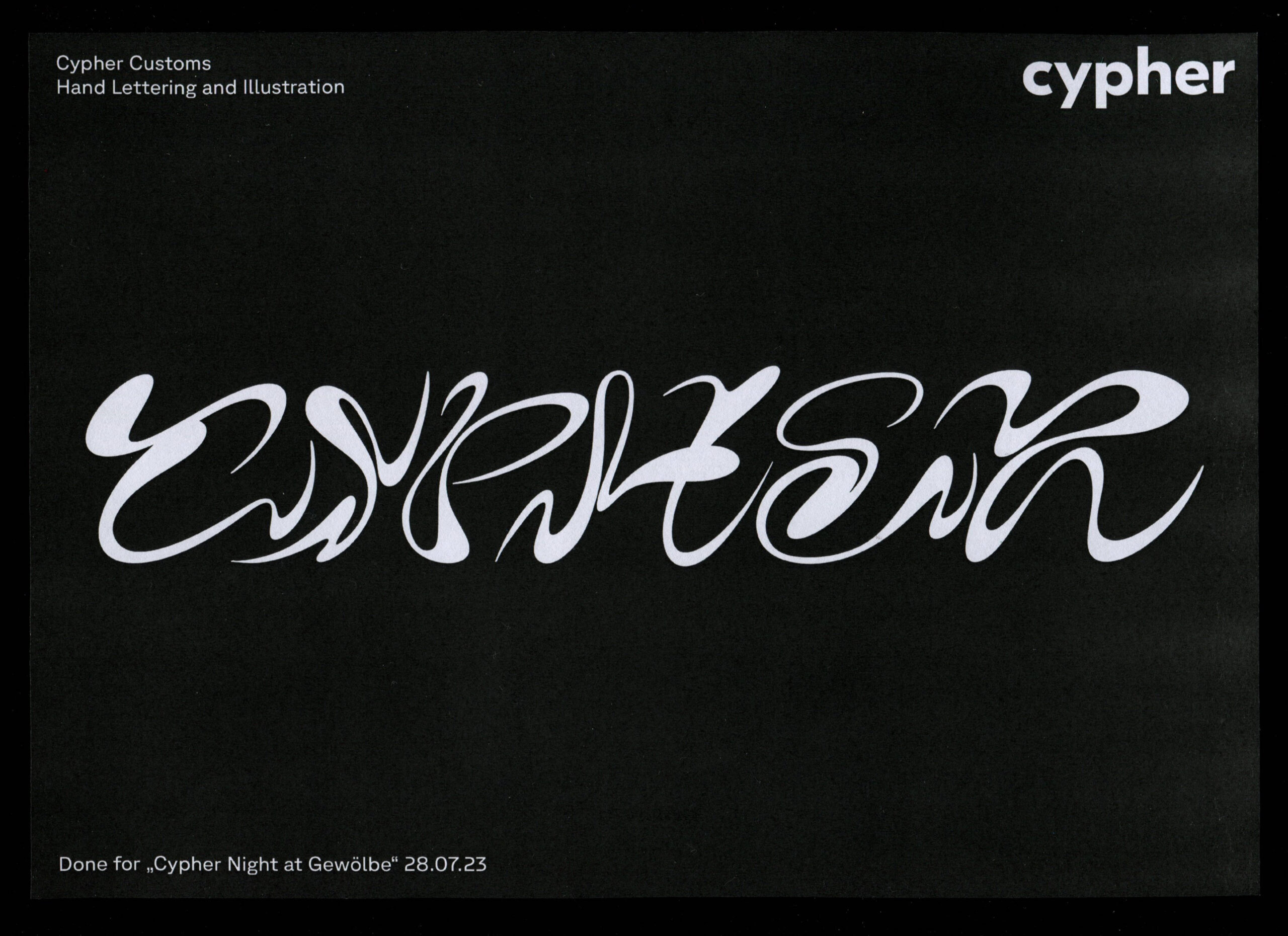
Previous
Next
Cypher Night at Gewölbe 28.07.23 – Custom Hand Lettering and Illustration
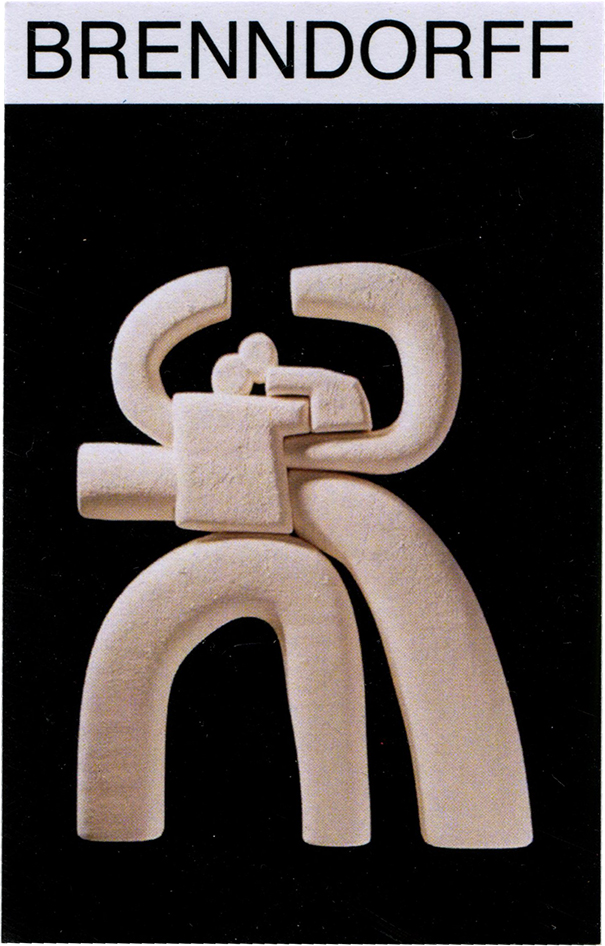
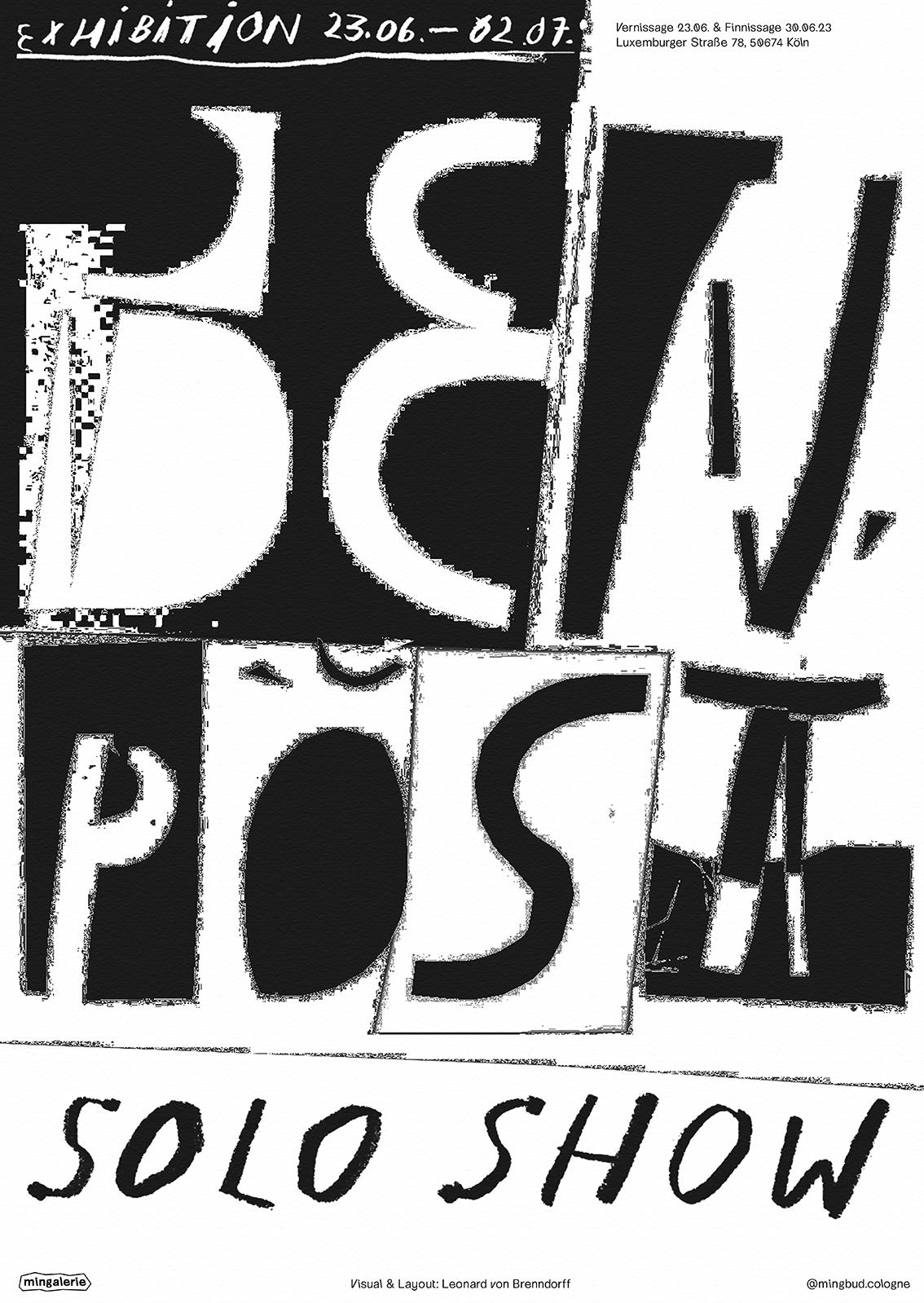
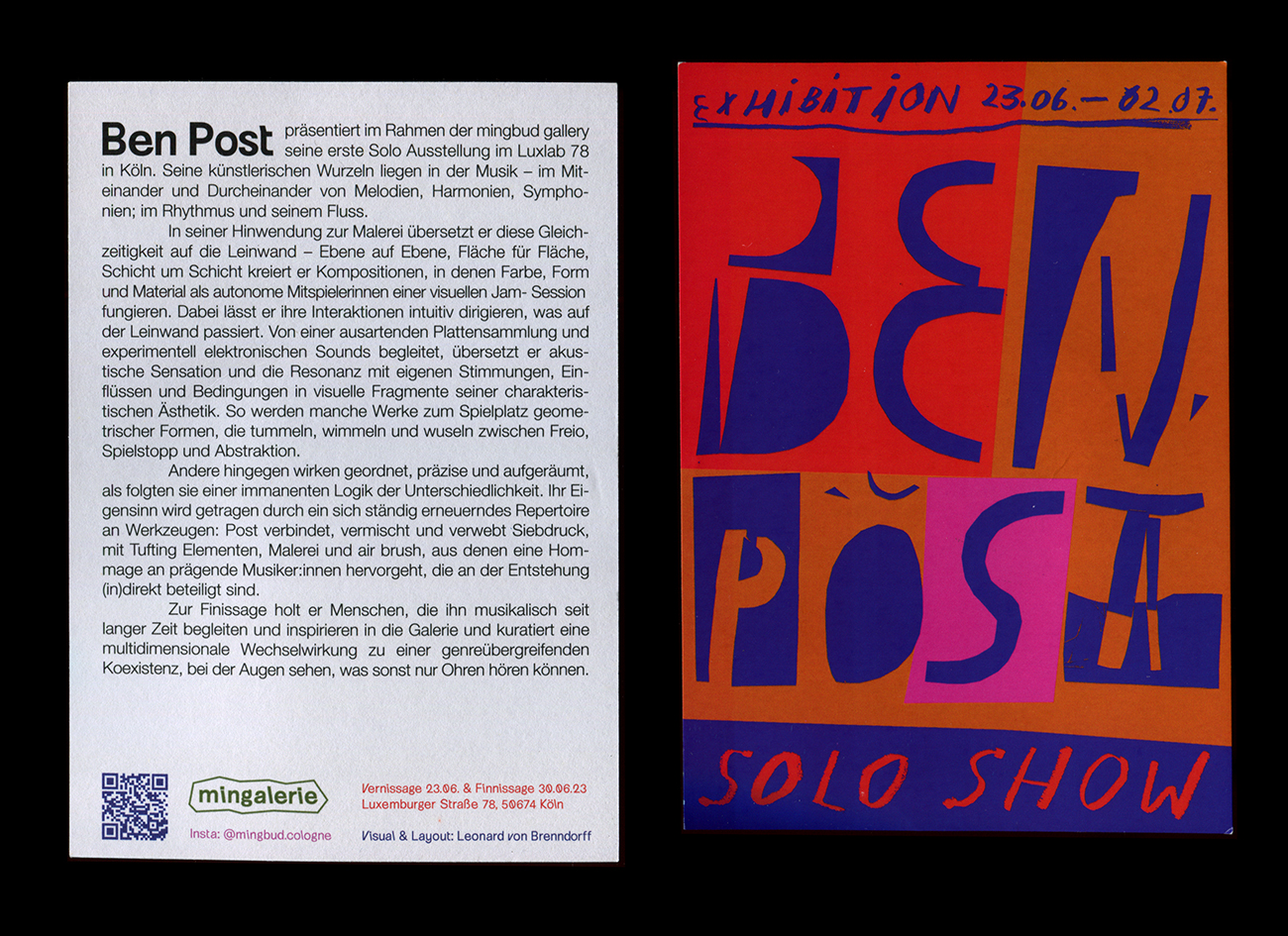
Previous
Next
Ben Post Solo Show – Poster and Flyer for Artist Exhibition at Lux Lab 78
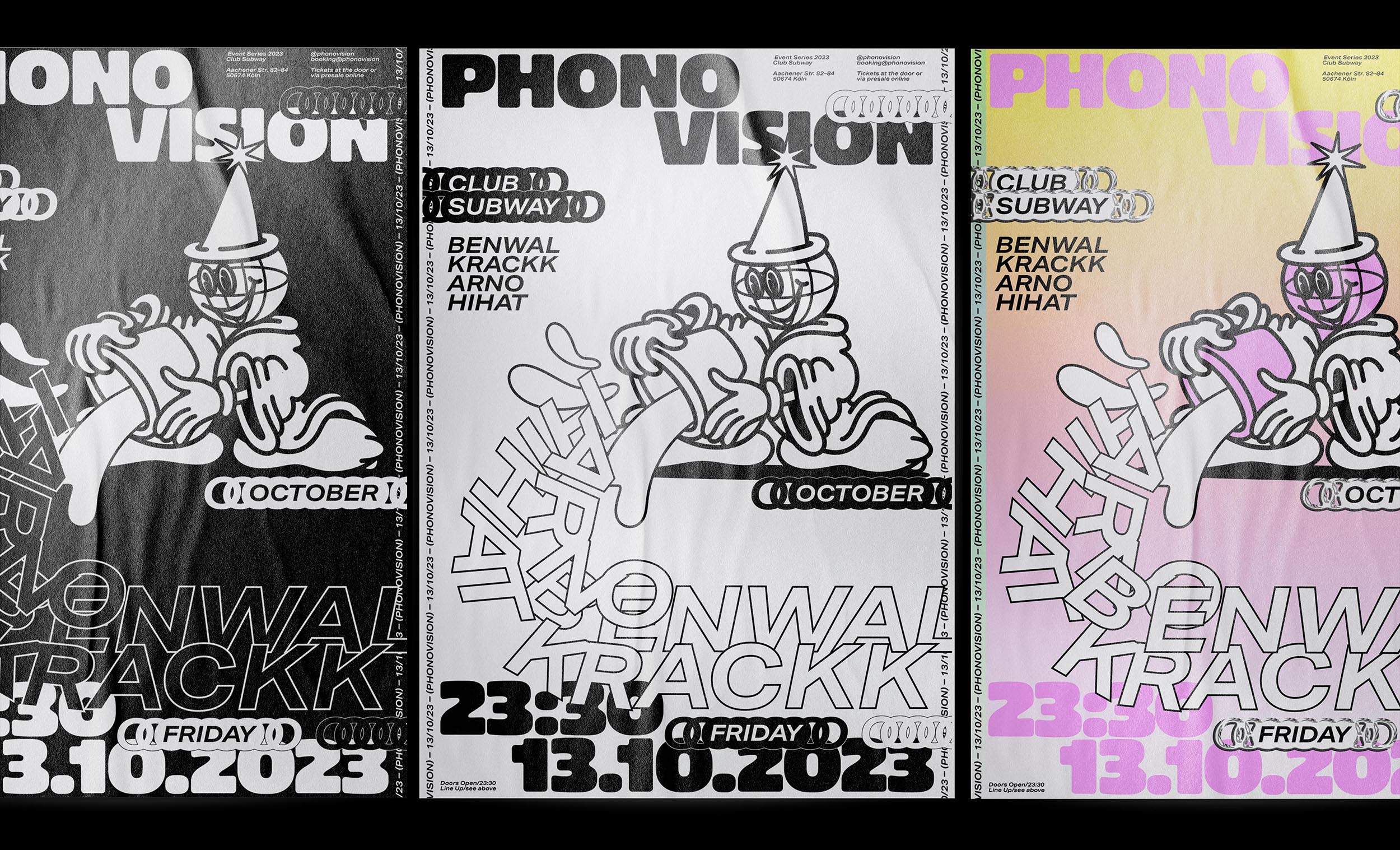
13.10.23 Phonovision Event Series – Club Subway
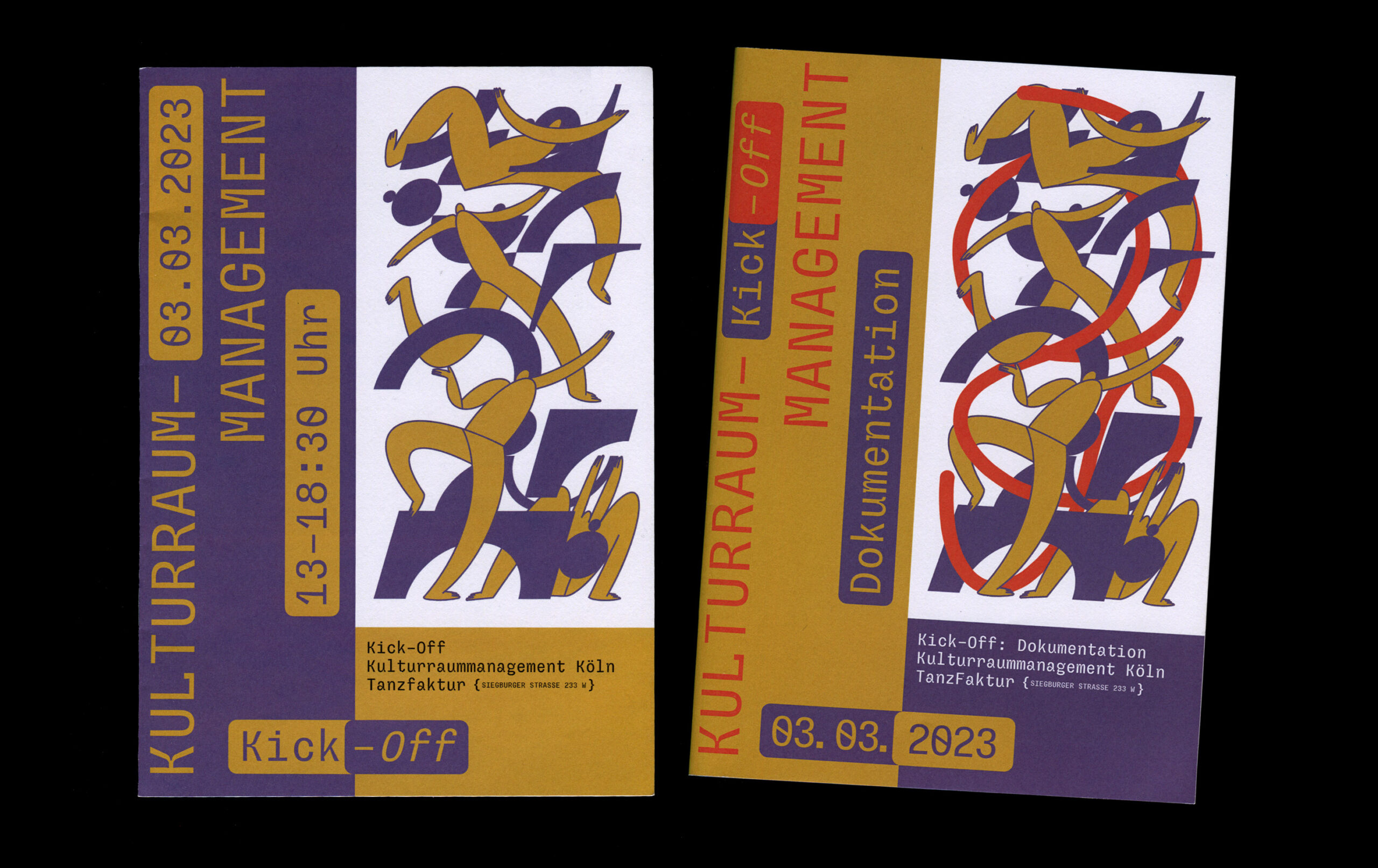
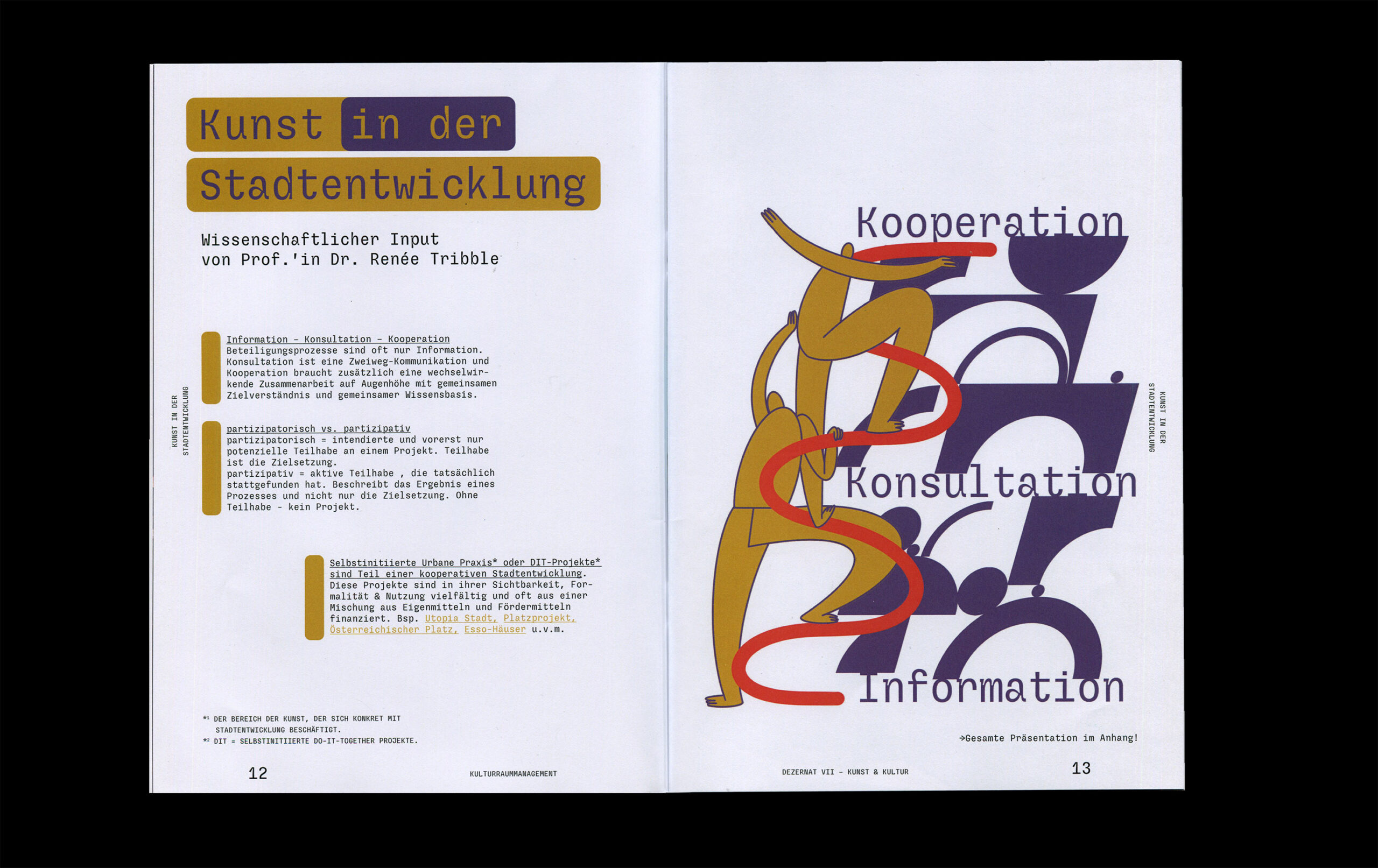
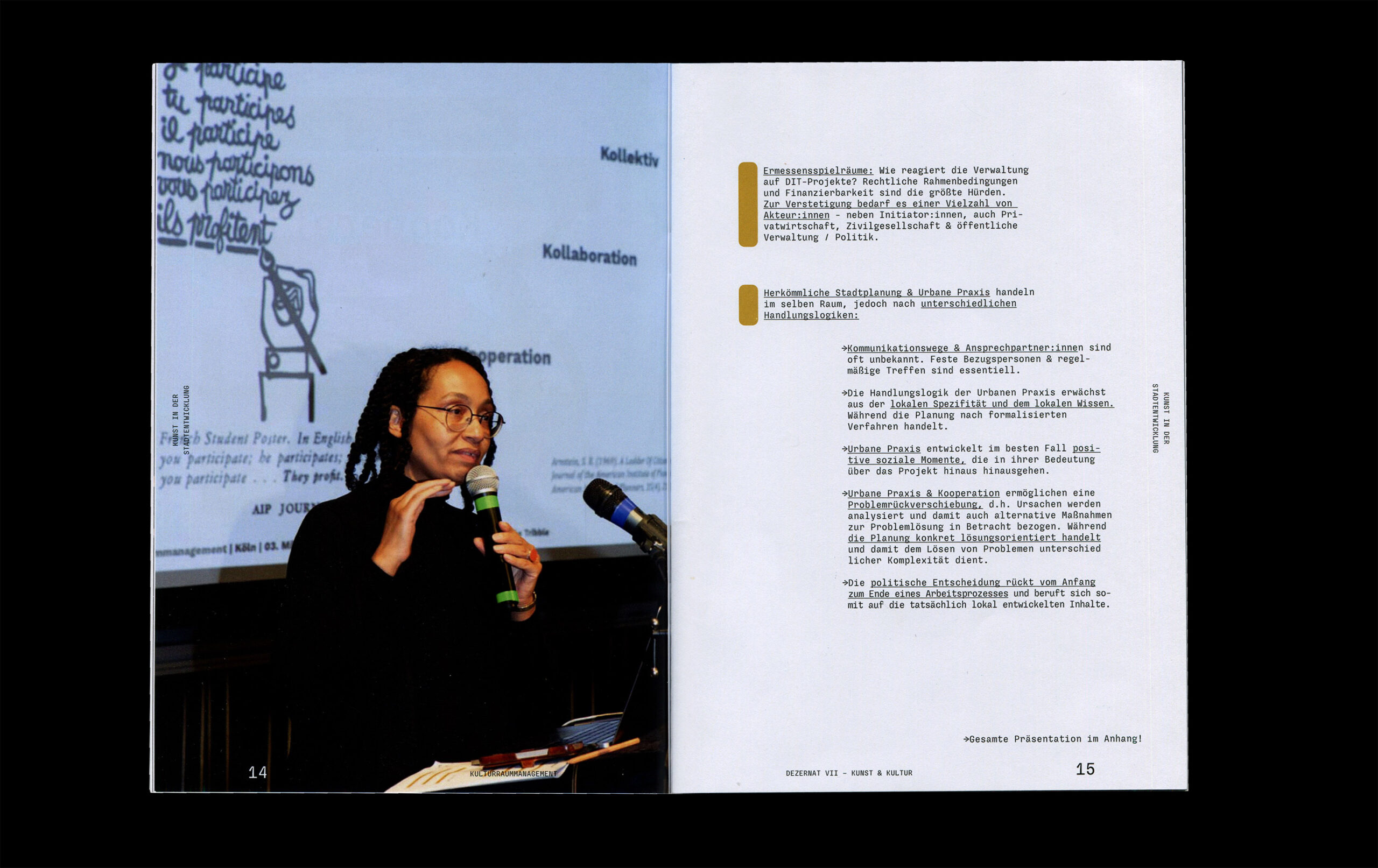
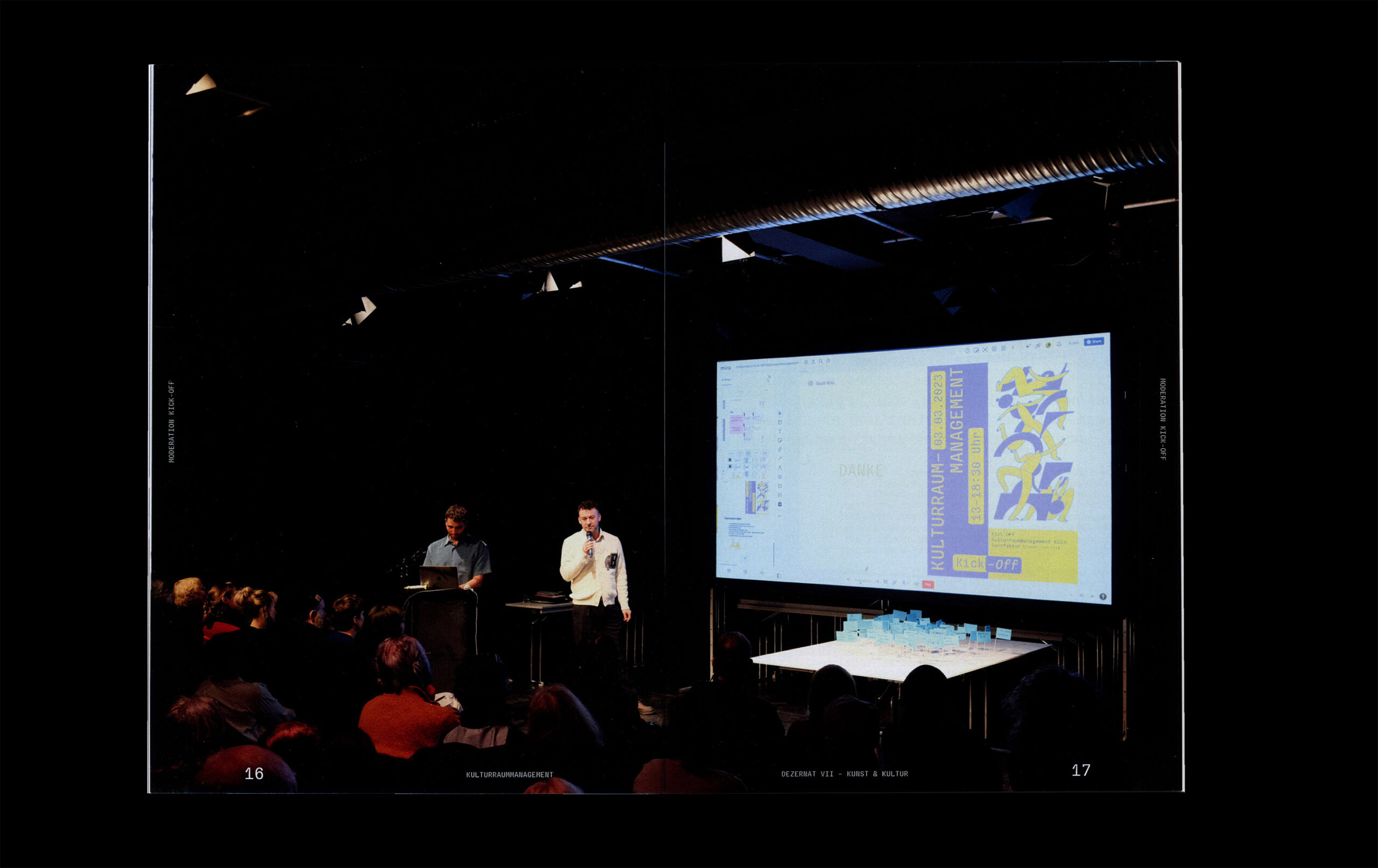

Previous
Next
text currently under construction
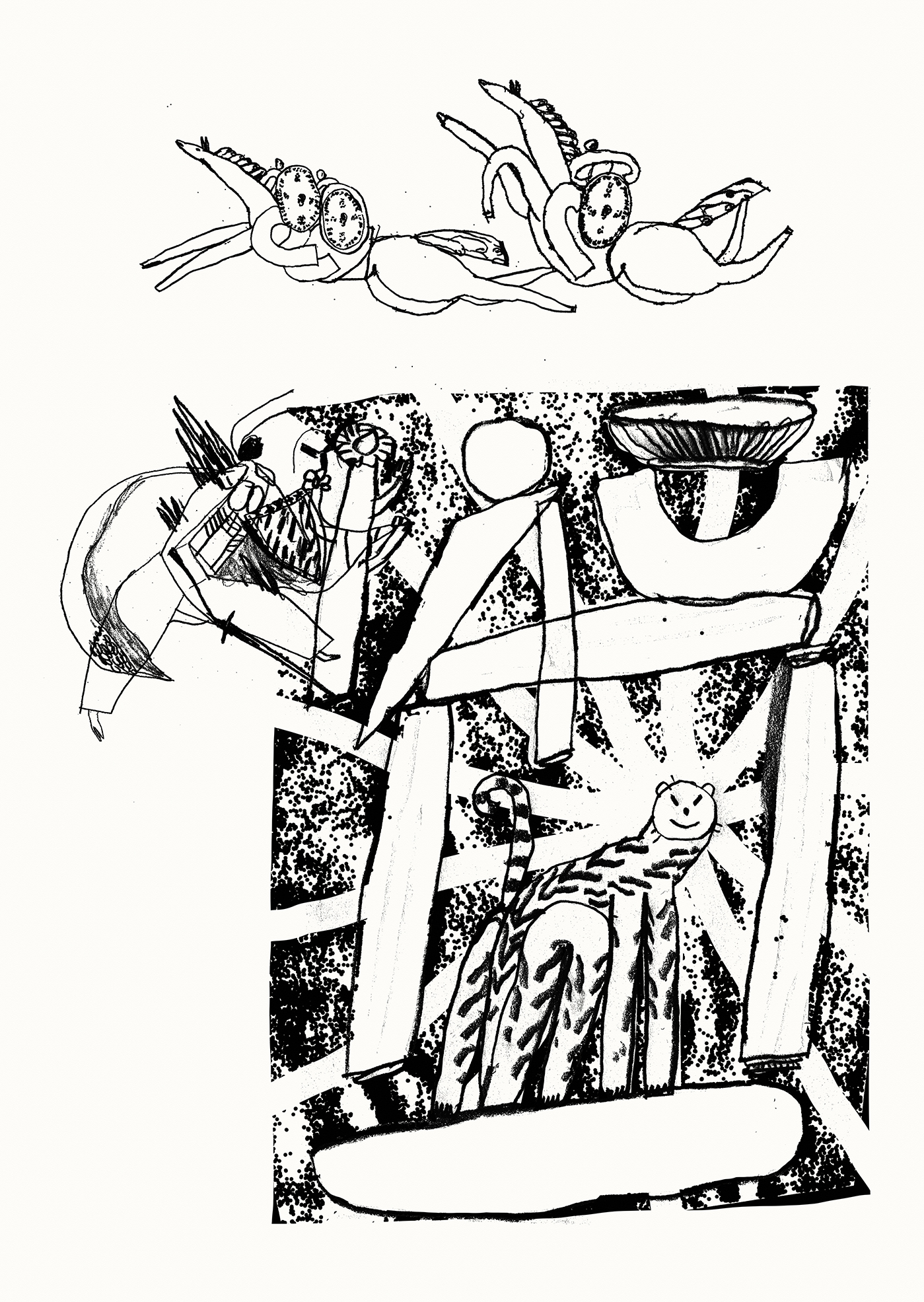
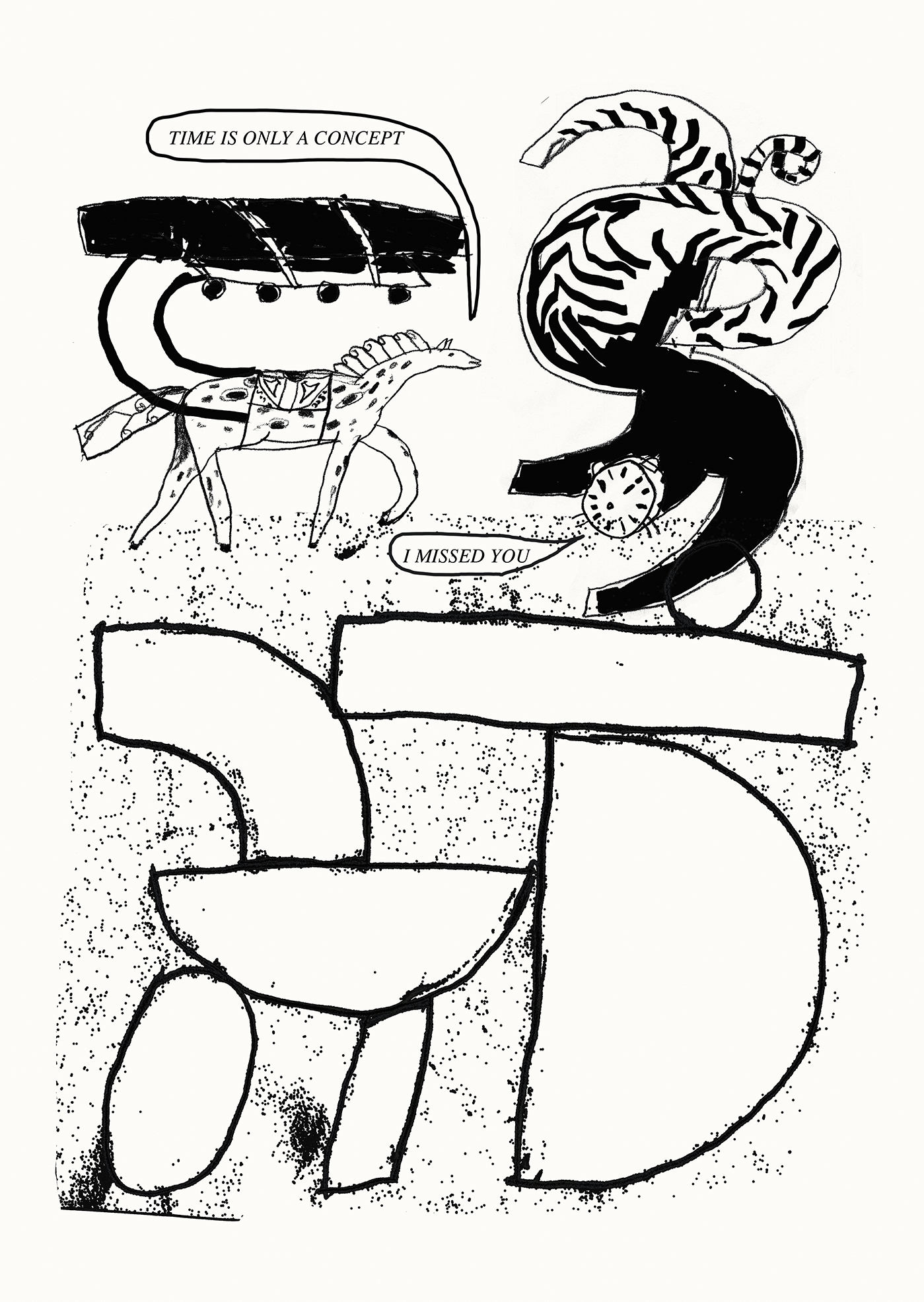
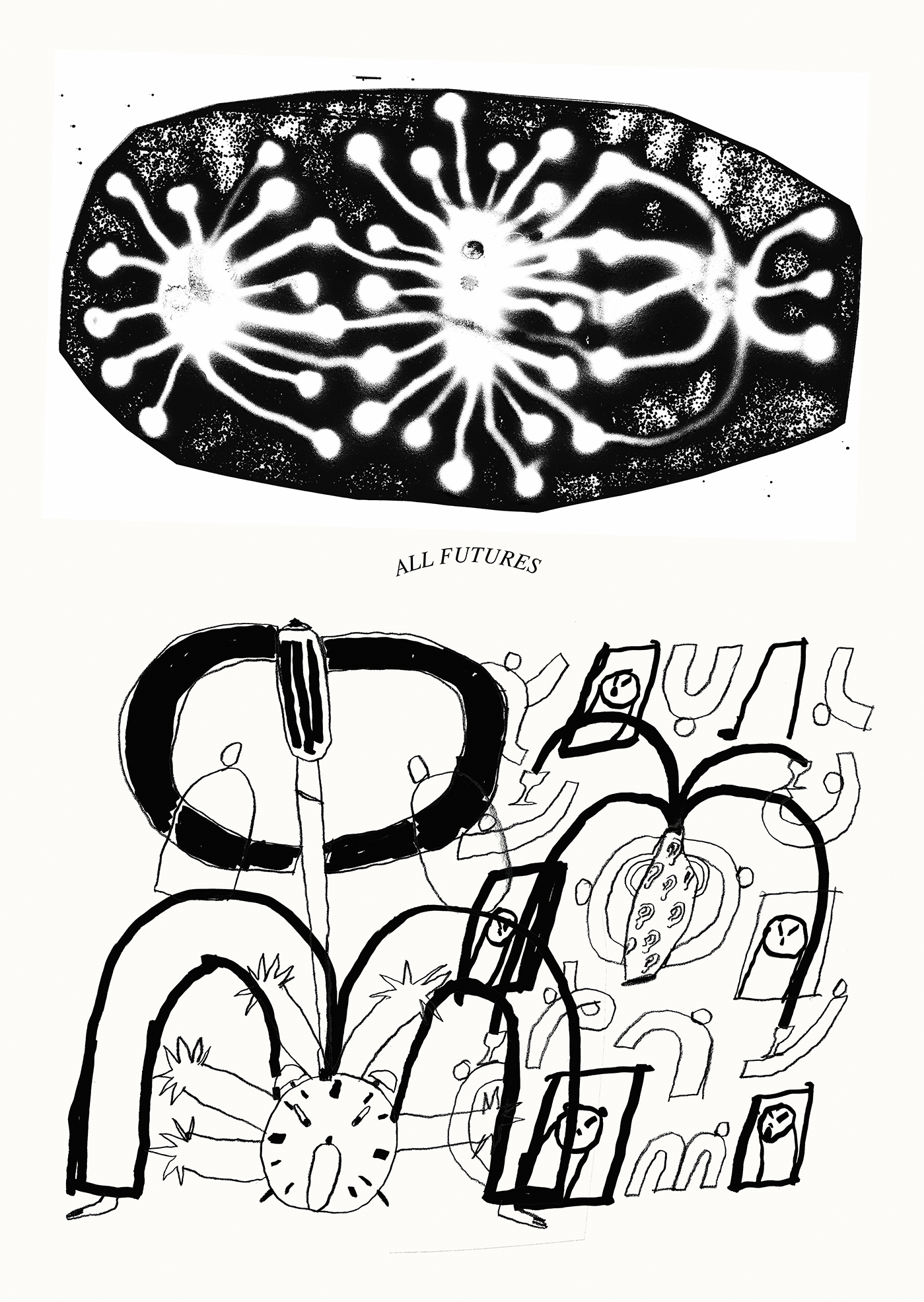
Previous
Next
I Missed You – Illustration Series, done with pencil and screenprinting technique
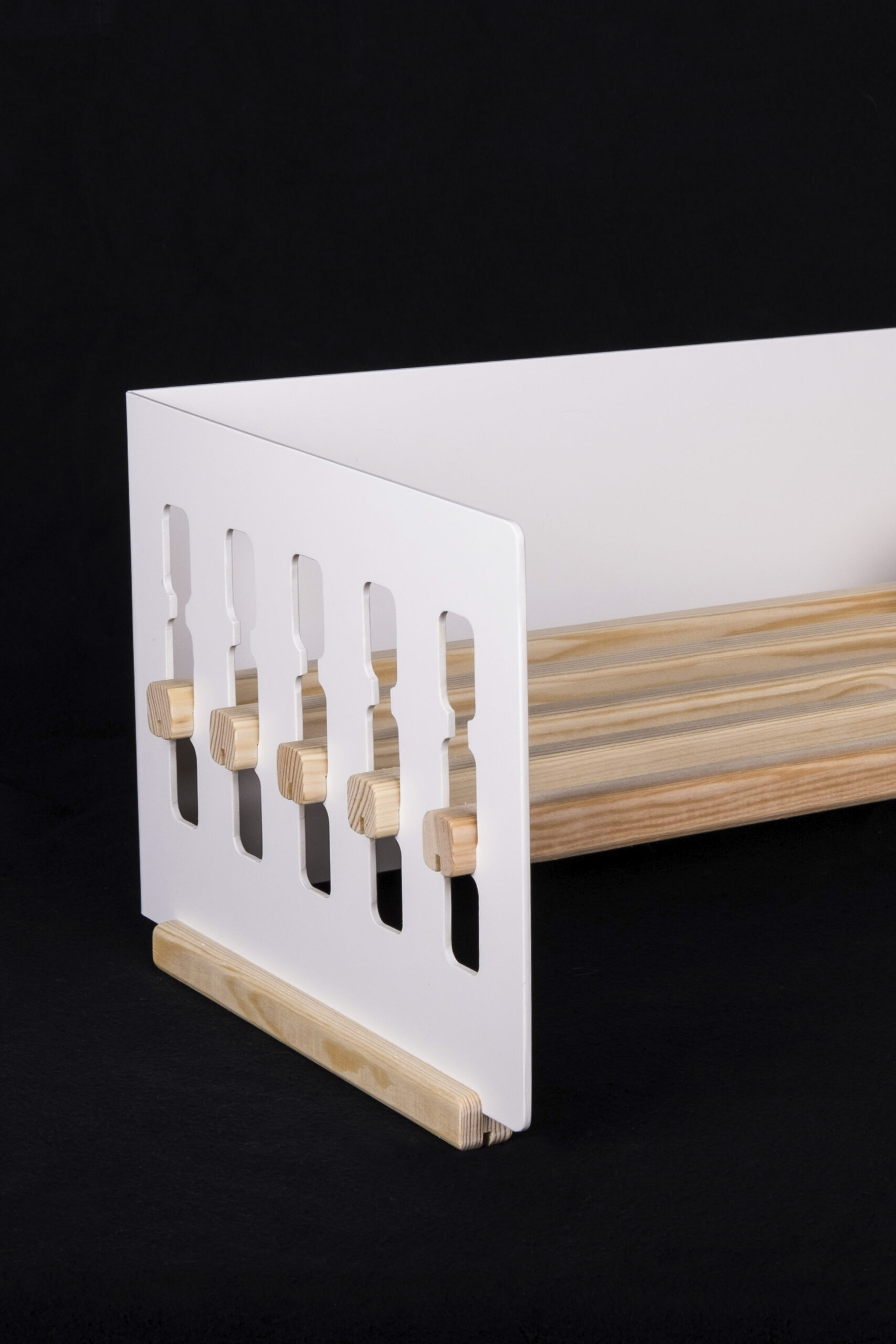
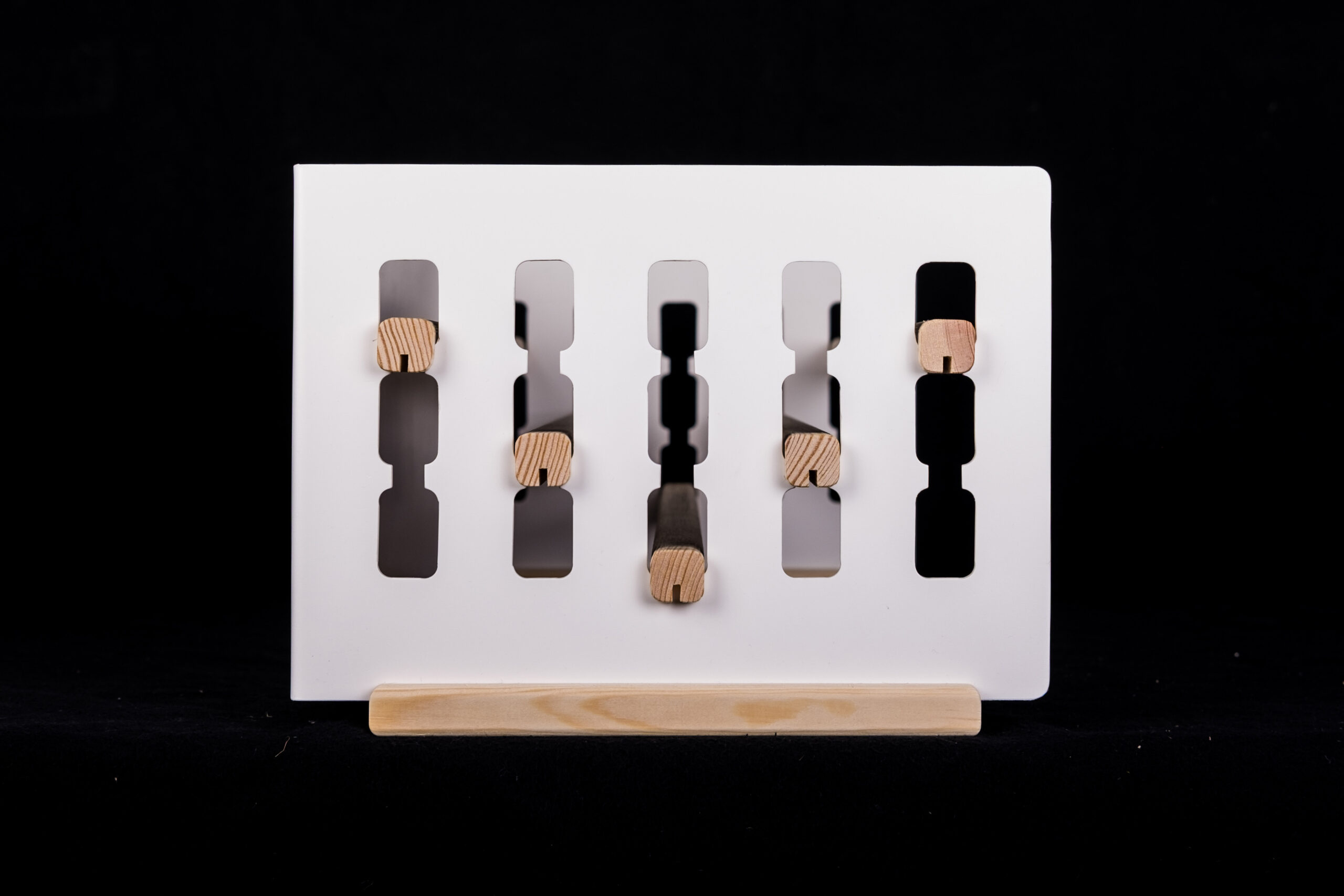
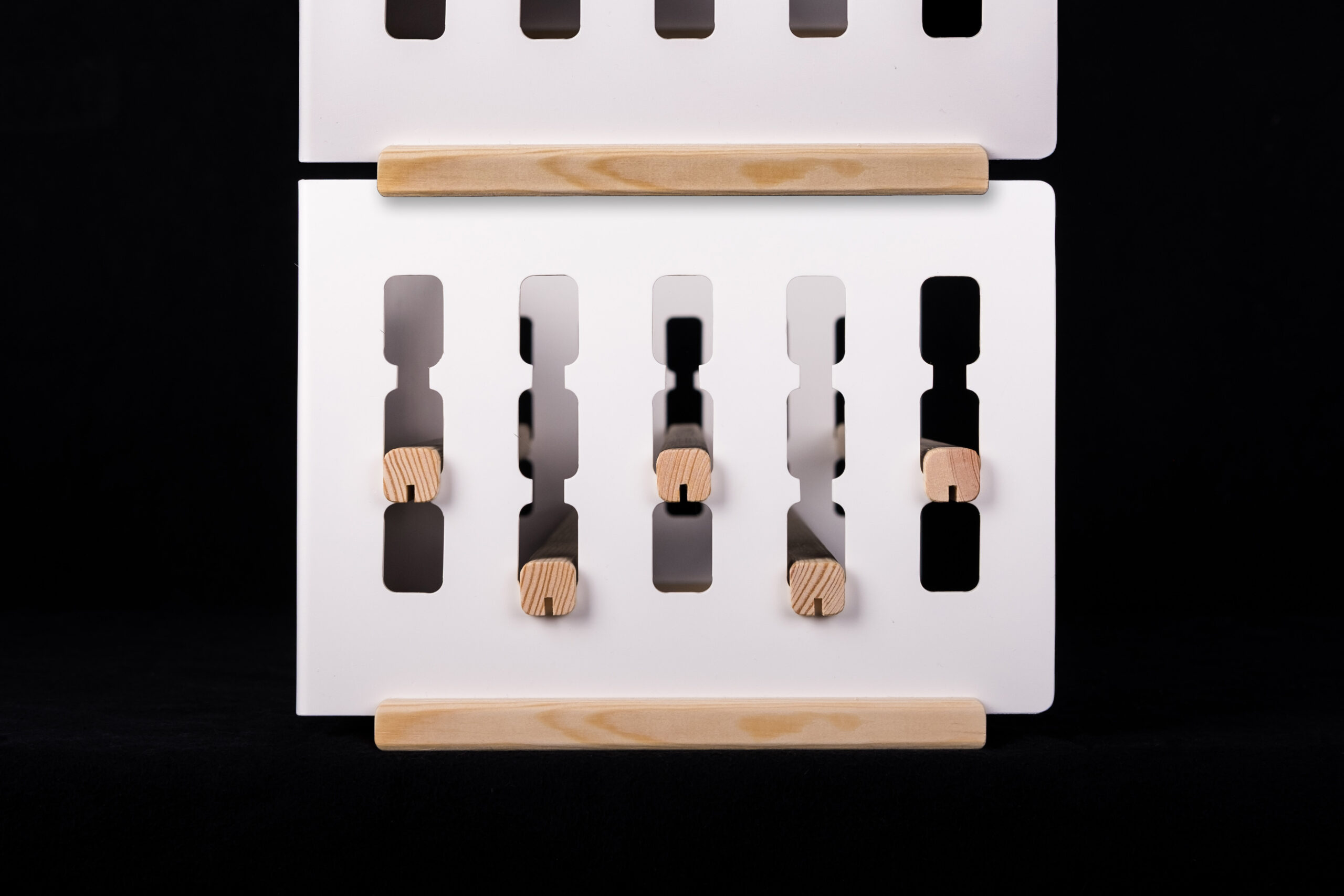
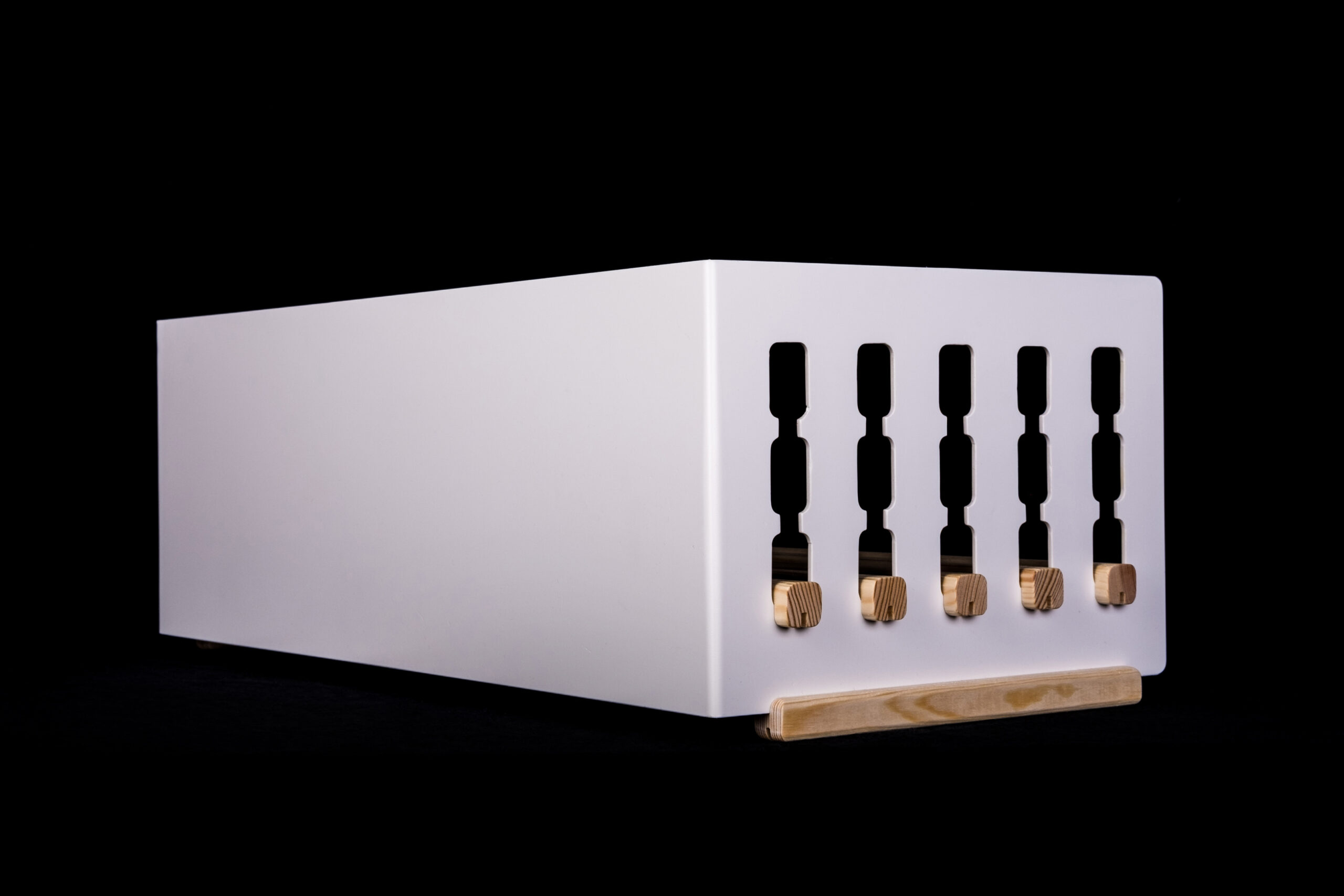
Previous
Next
The storage system for food – More specifically, for fruits and vegetables. This small piece of furniture wants to provide the appropriate platform for one of the basics of life on this planet. Out of the fridge. Out of decorative fruit bowls. In to consciousness and, most importantly, in to your belly. Farm animal husbandry is largely responsible for many of the environmental and social crises of the 21st century.
As the worlds population continues to rise and climate change progresses, a widespread shift away from animal-based foods is becoming an existential requirement. Driving this change while framing it in positive terms is design motivation for YA. Many fruits and vegetables can easily be store using the rods, that can be individually adjusted in Y-axis.
Already the generous space communicates that on average too much food is stored in the refrigerator. Some have basically no business being there, as they can lose flavor and nutrient content. Many others can be kept completely unrefrigerated if consumed in a timely manner. Accordingly, the application of this fact should also promote awareness of the quality, origin and consumption of our food. Traditional storage methods, such as burying root vegetables in sand, are being rediscovered. The vegetables can thus be experienced not only as a taste experience, but also as an overall visual and haptic experience.

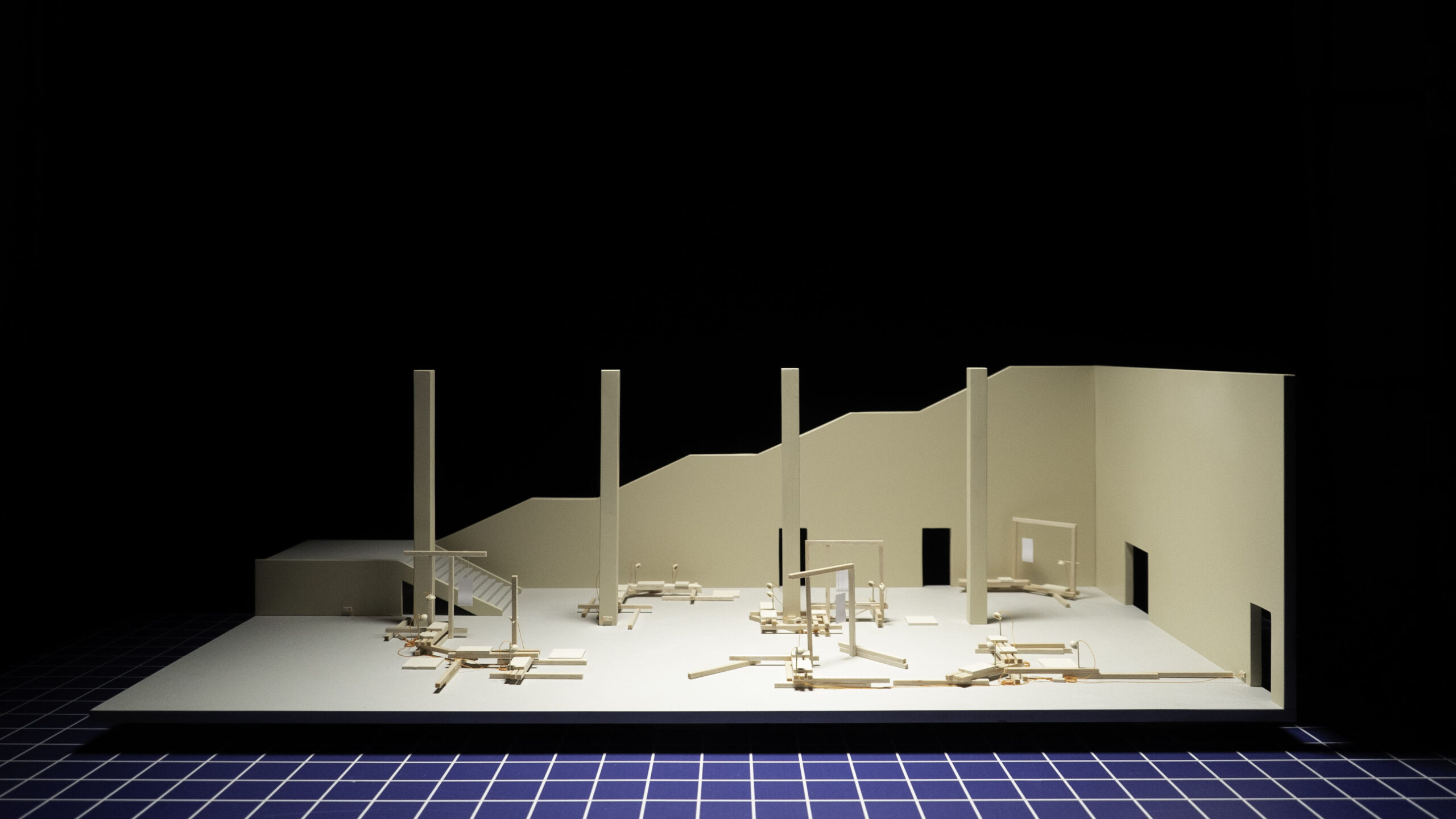
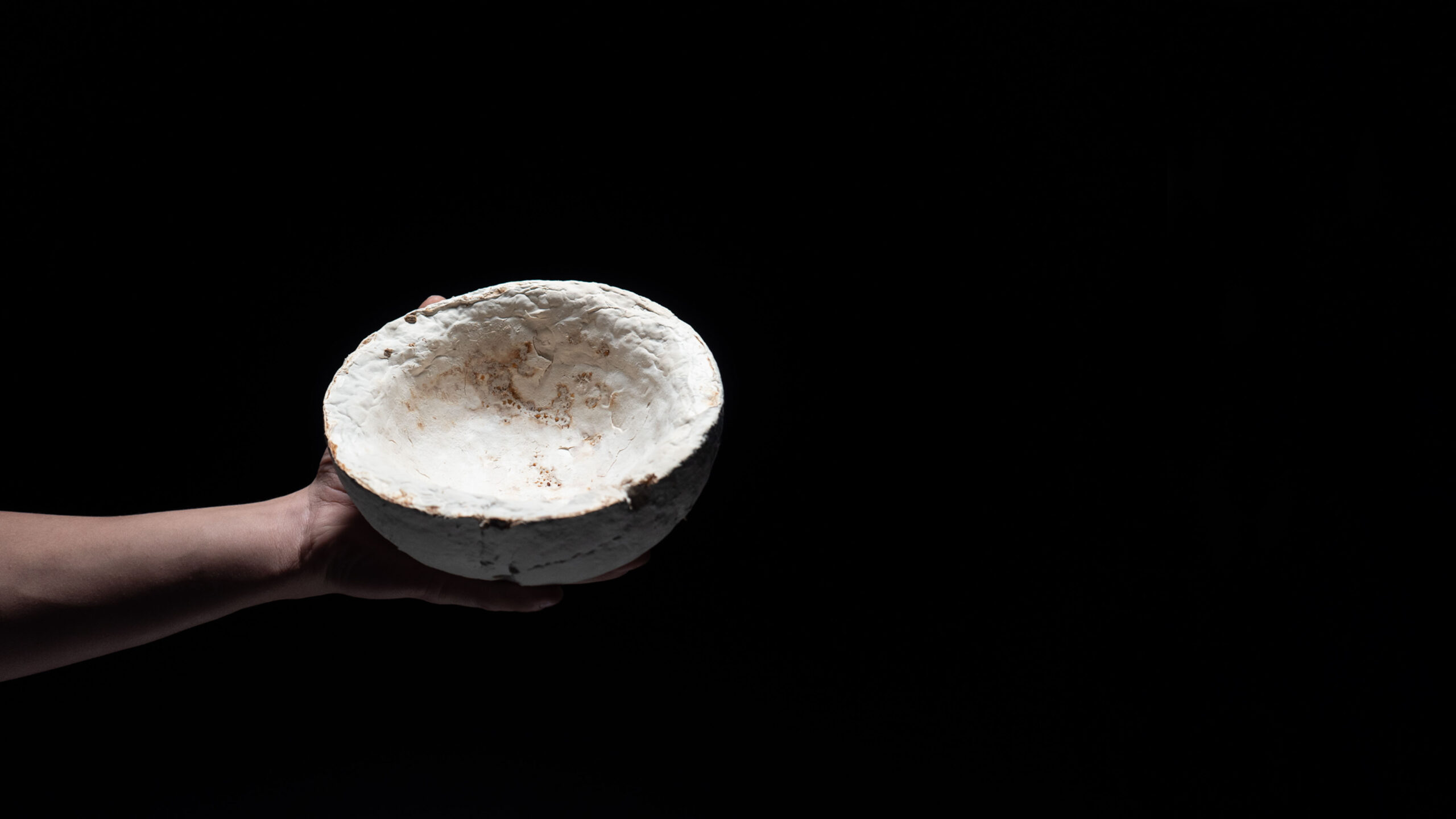
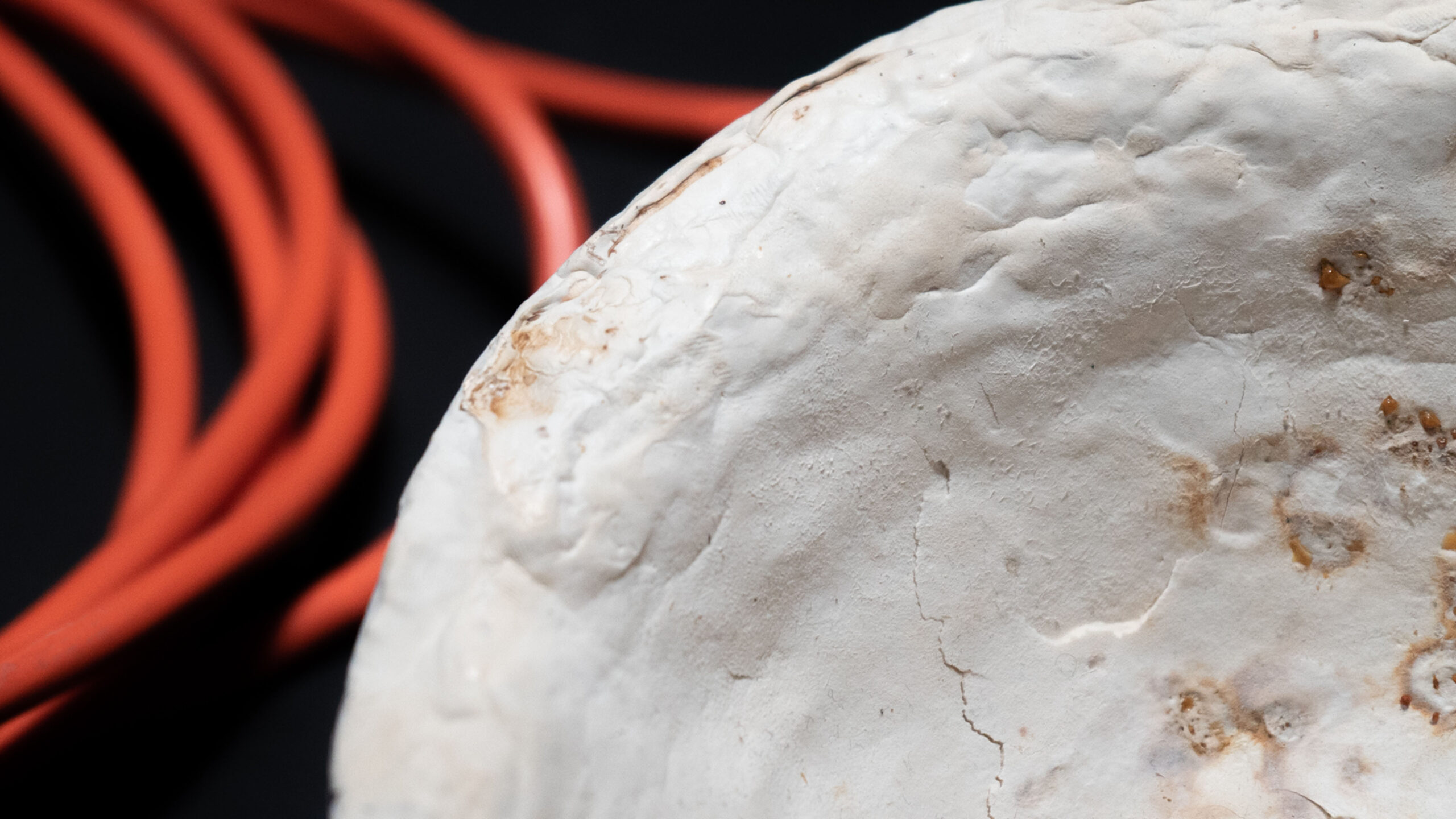

Previous
Next
While sunlight is creating shadows, that extend the archaic network structure, the individually placeable lamps, also made out of wood and mycelium, allow for targeted spotlight. They consist out of only 8 parts, which are available at local hardware stores: the lampshade is to be grown out of mycelium. When put into a form filled with substrate, oyster fungus will grow in the shape of the container filled with the substrate.
Simple objects can easily be created, like the exhibition platforms or lampshades. By interrupting the fungus growth through a single heat-ing, a material is created, that is very lightweight, fire resistant, highly insulating and easily recyclable. The exhibition spaces lie either directly on the floor or on the stacked beams at around knee hight. Using clever placing, cable binders and bright orange color, the cables underline the playful character of the structures. They create a root-like network between the beams to visualizes the importance of networking in social and economic transformation.
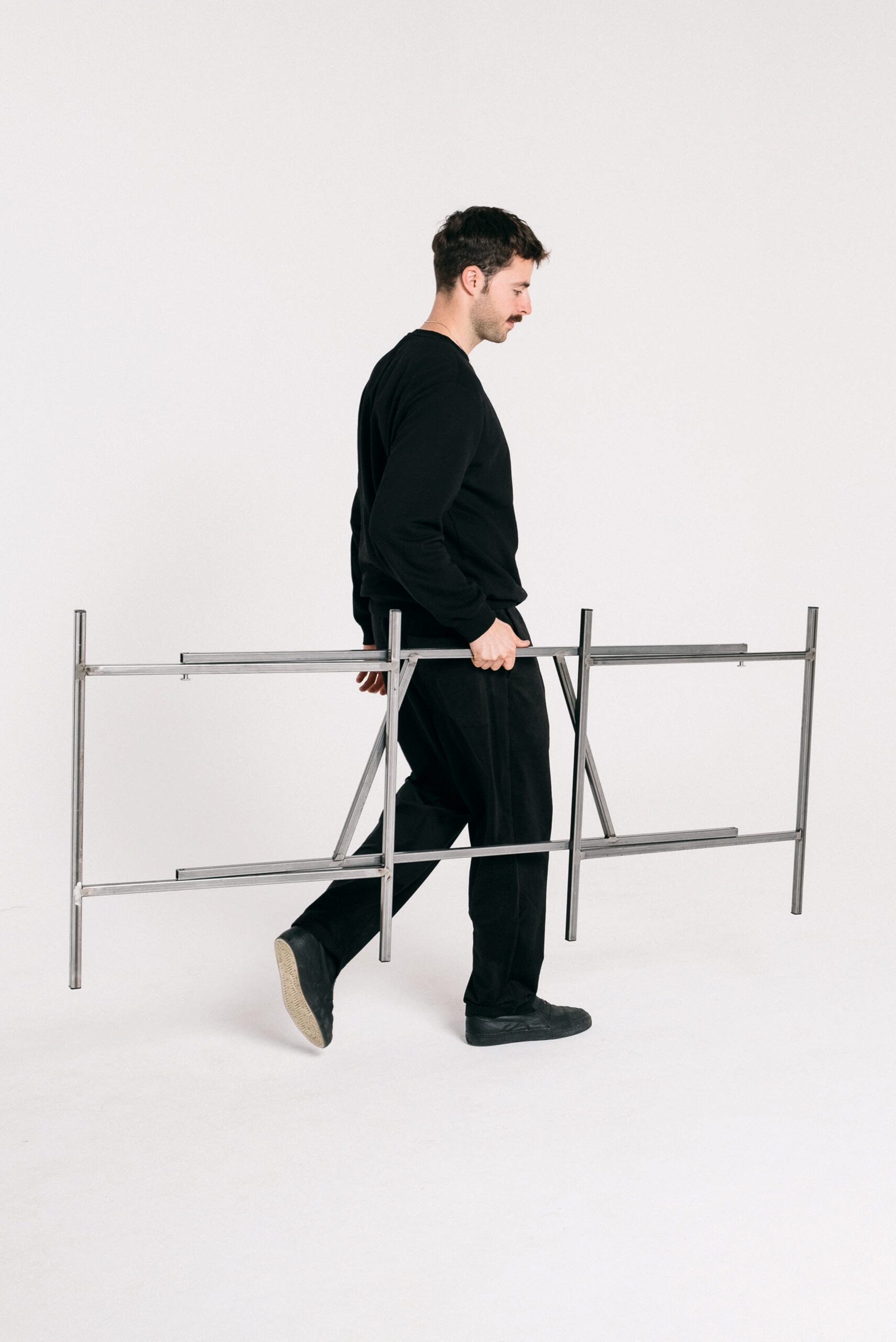
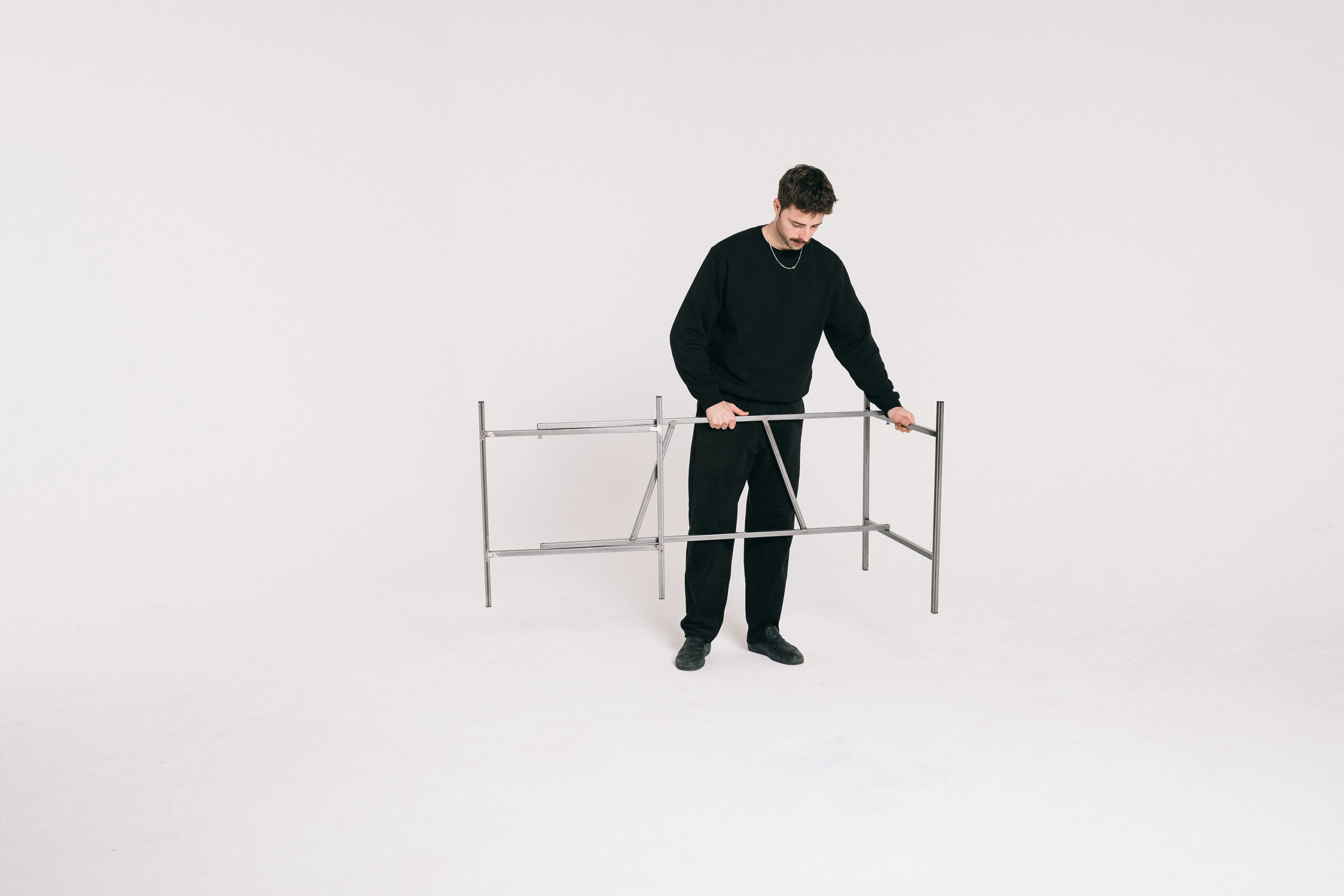
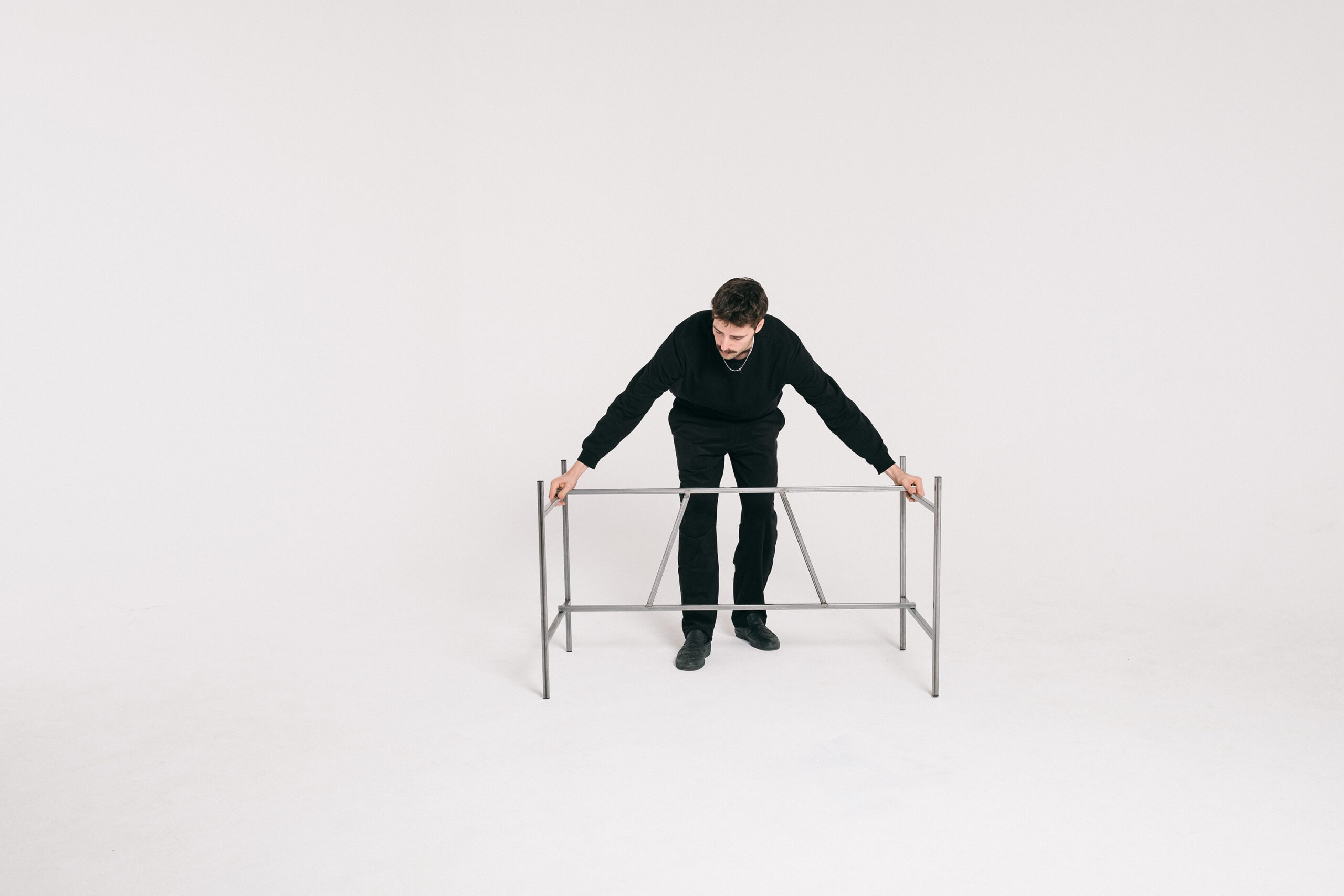
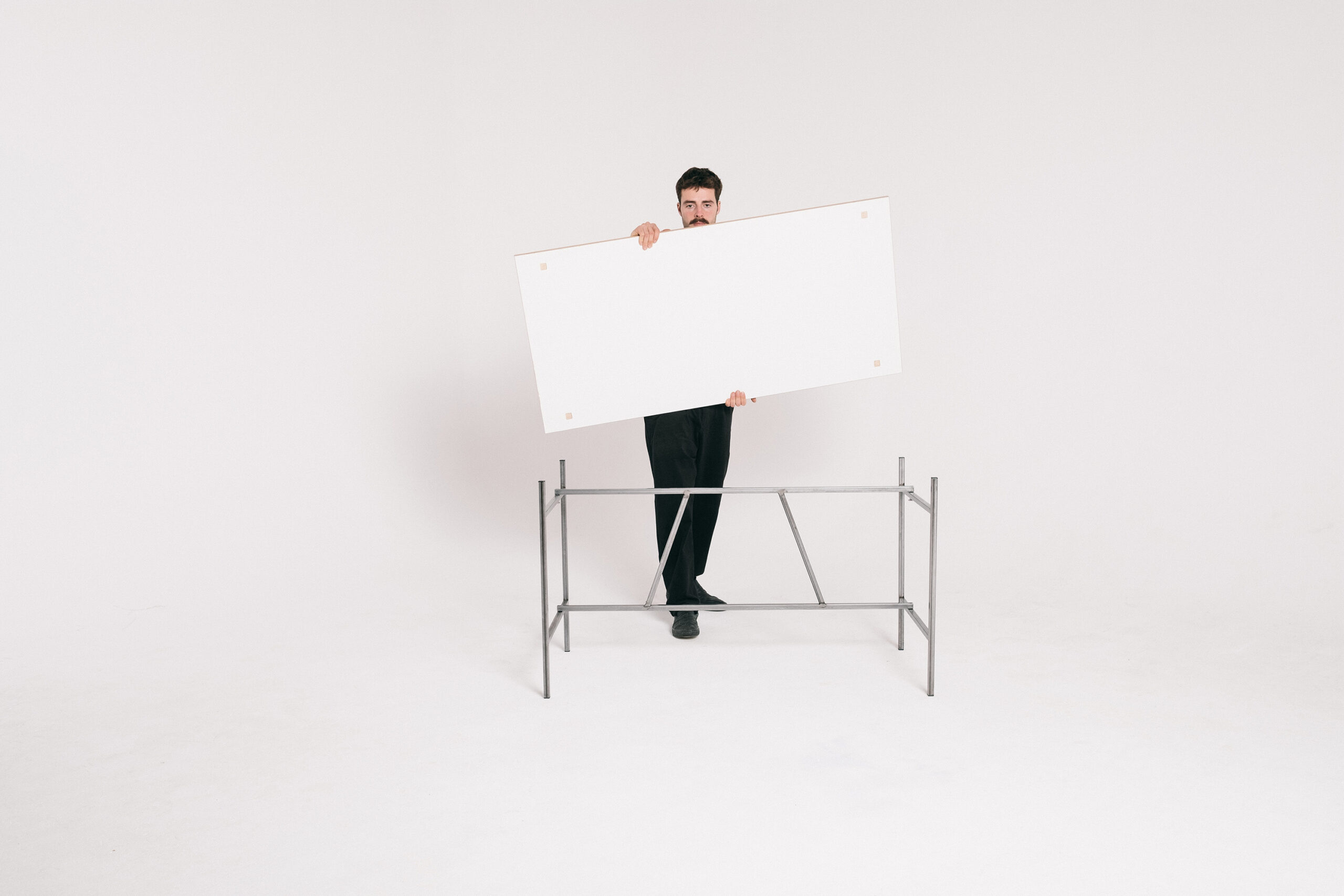
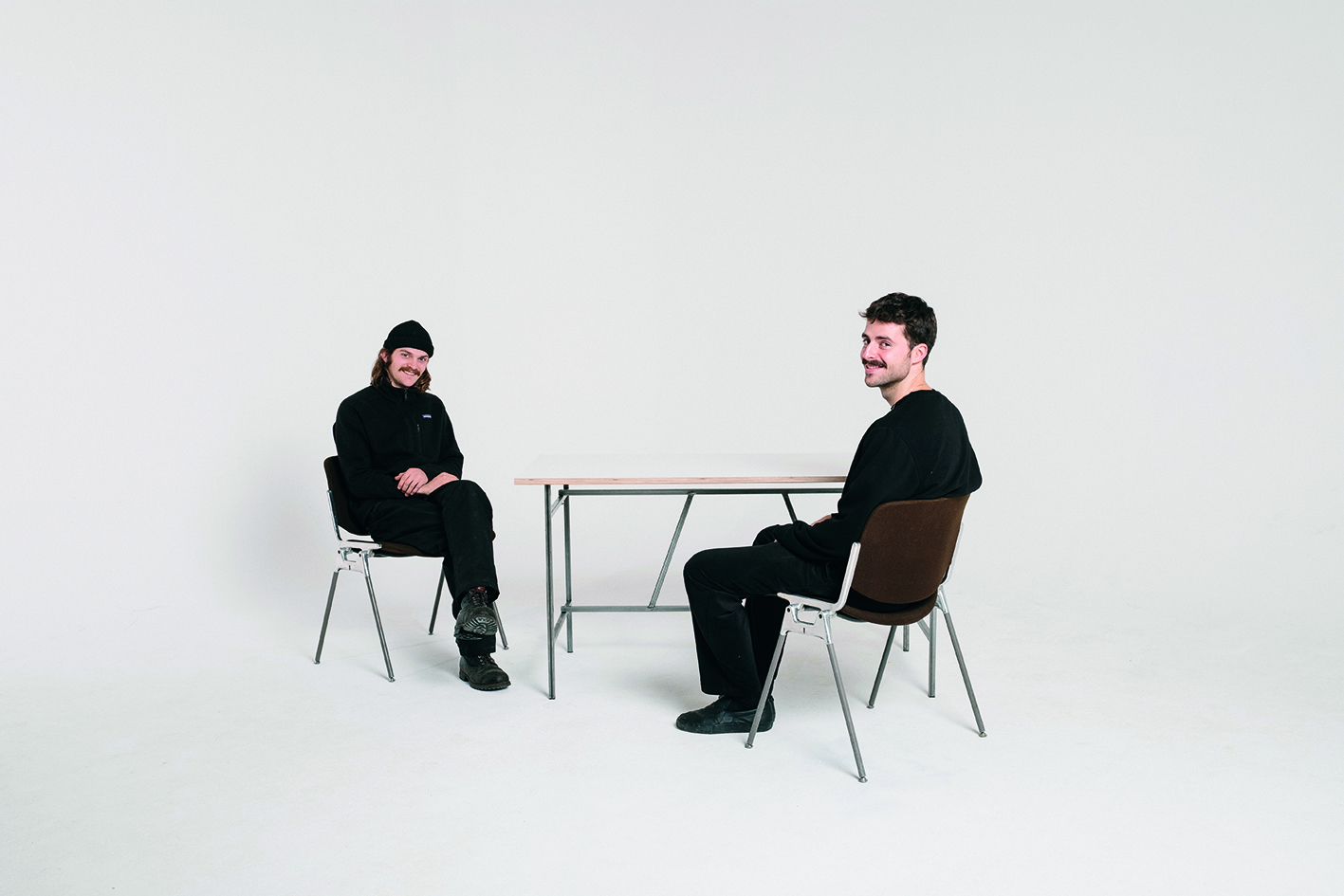
Previous
Next
The twelve flexible work tables at noplace co_working room are an essential part of its functioning. The room constantly transforms into an event location for workshops, exhibitions or talks. So its interior needs to be easily moveable and storable. Starting from the Eiermann table frame, this design alters the construction so the tables can be folded flat and produced manually much easier. In particular, the process of fabrication was characterized by teaching each other the necessary skills.
At that time, the wood and metal workshop of minha galera was still located in the industrial hall in Hürth, so we could do most of the work directly there with the machines of the collective. The table consists essentially of two parts: a foldable metal frame made of square steel tubes and a multiplex board, coated and with milled grooves on the underside to fix the position.
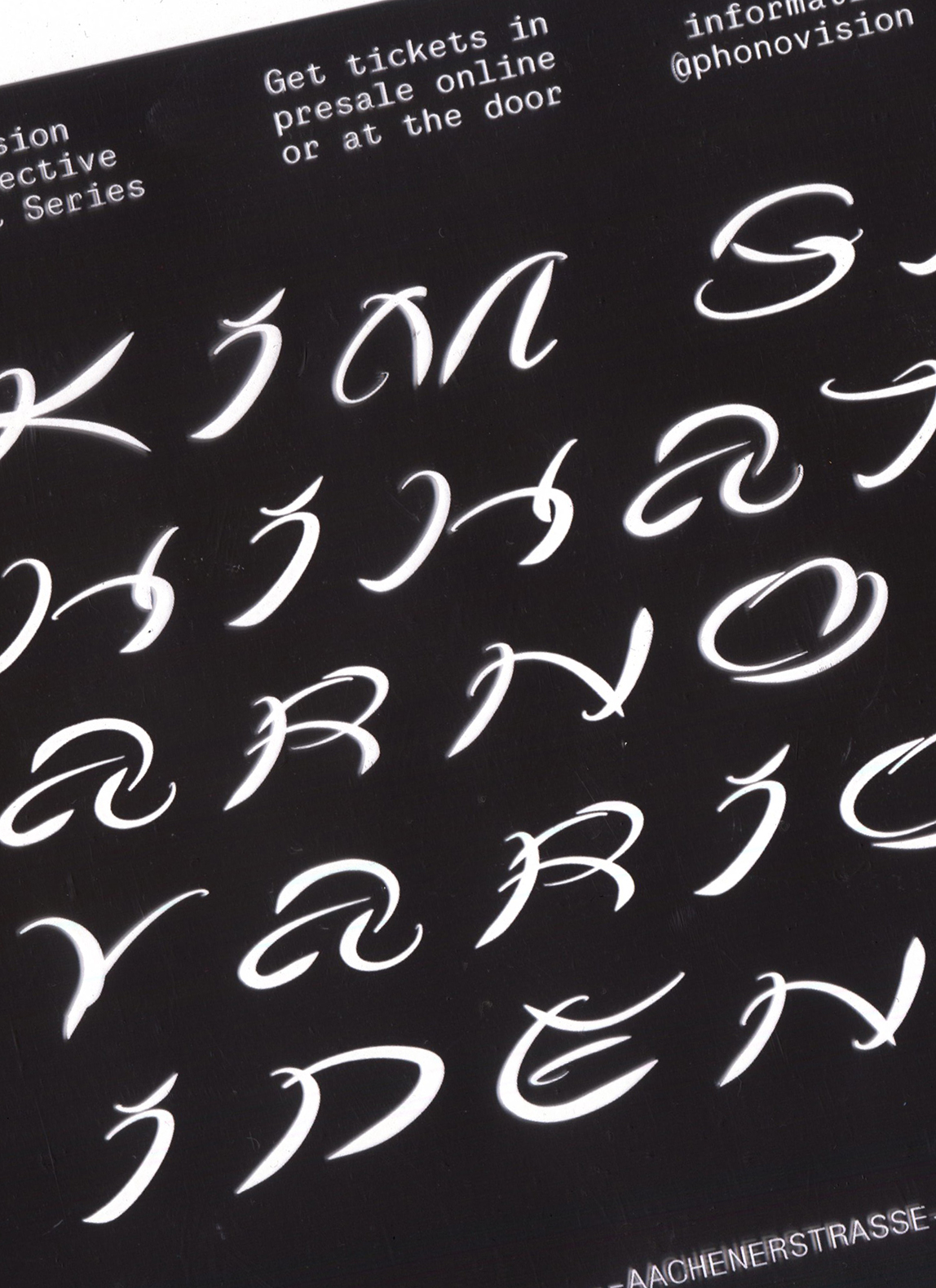
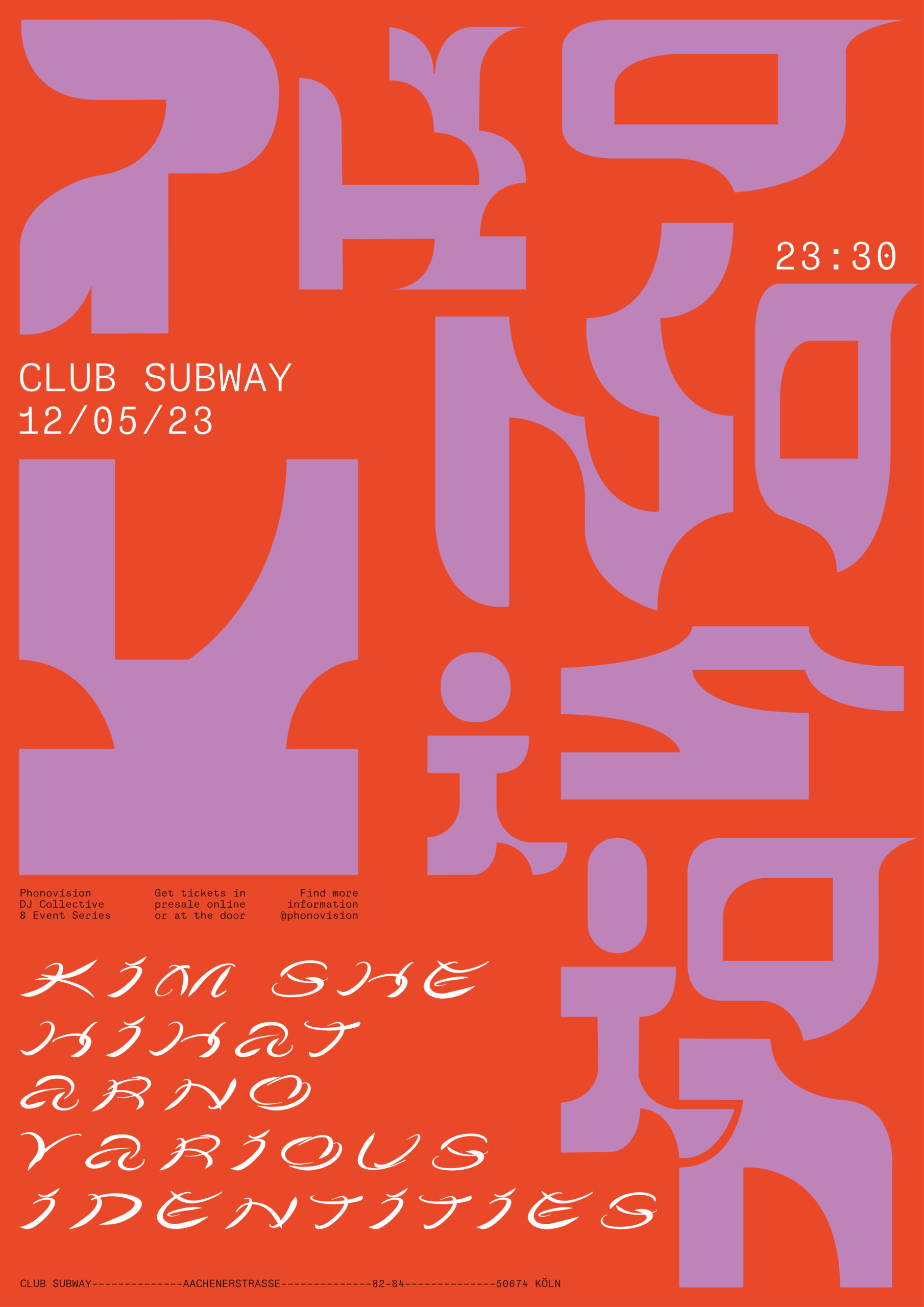
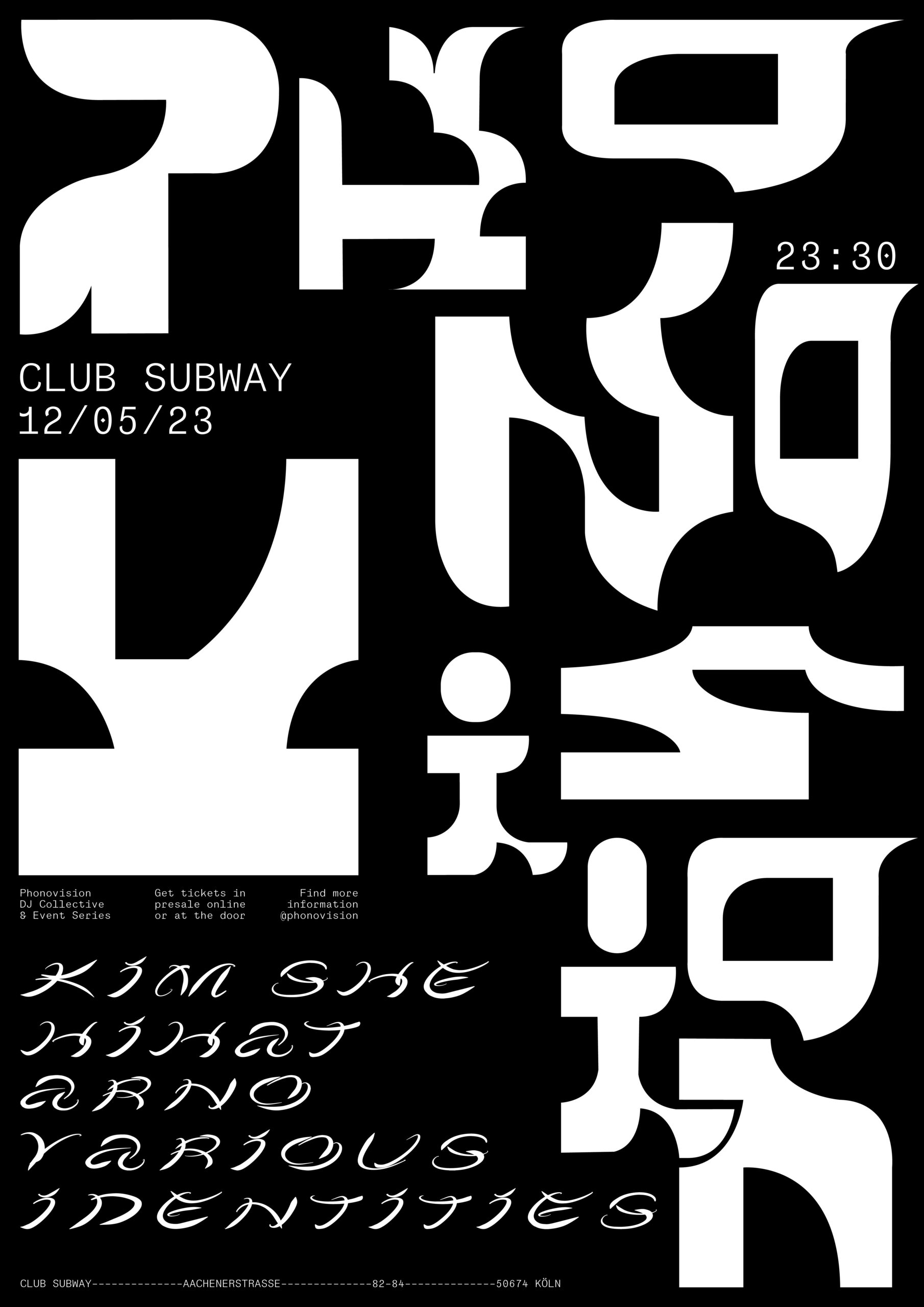
Previous
Next
Phonovision at Club Subway – Custom Lettering, Poster design with Johannes Mechler

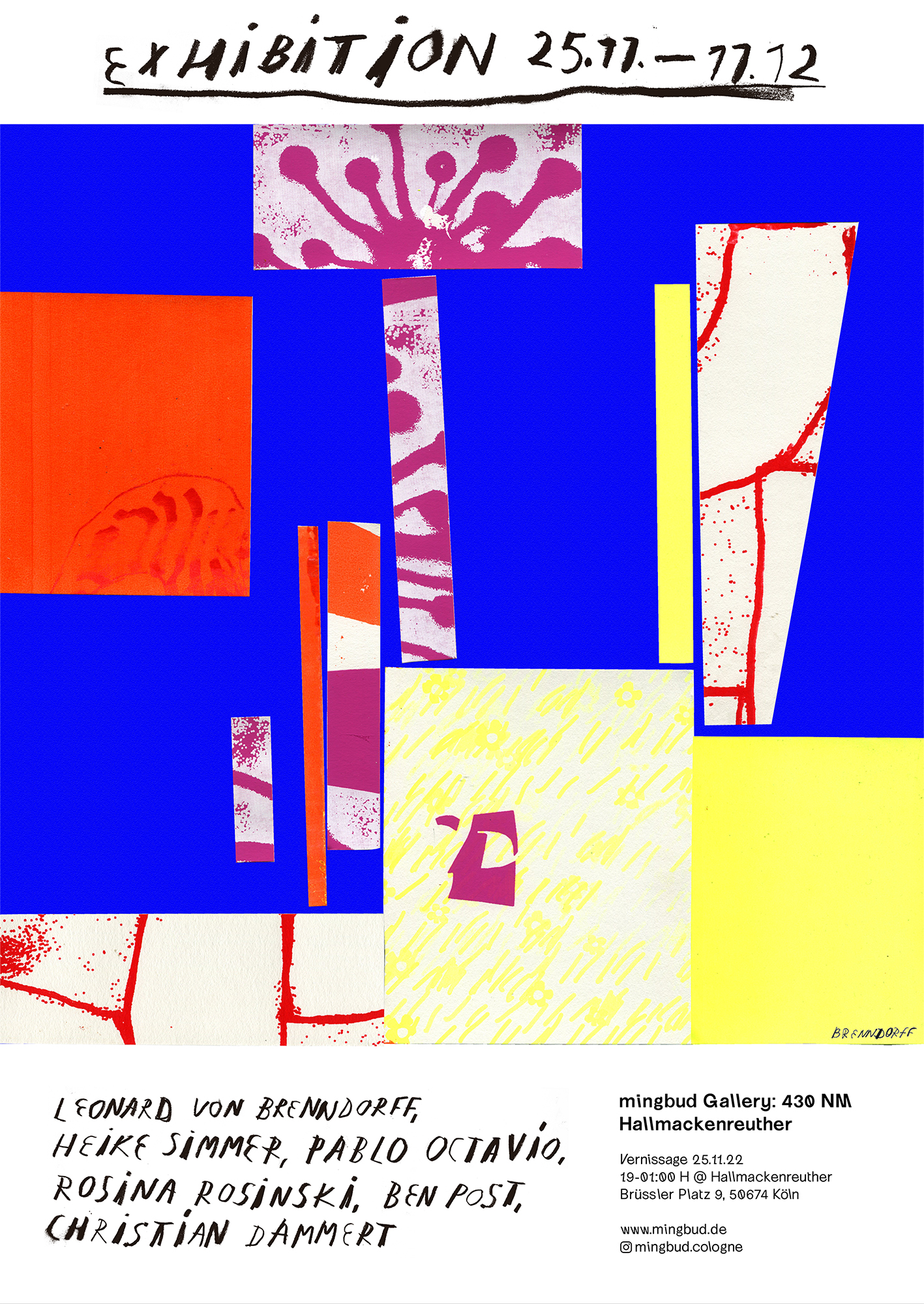
Previous
Next
Mingbud Gallery Poster Series (ongoing), Illustration & Lettering
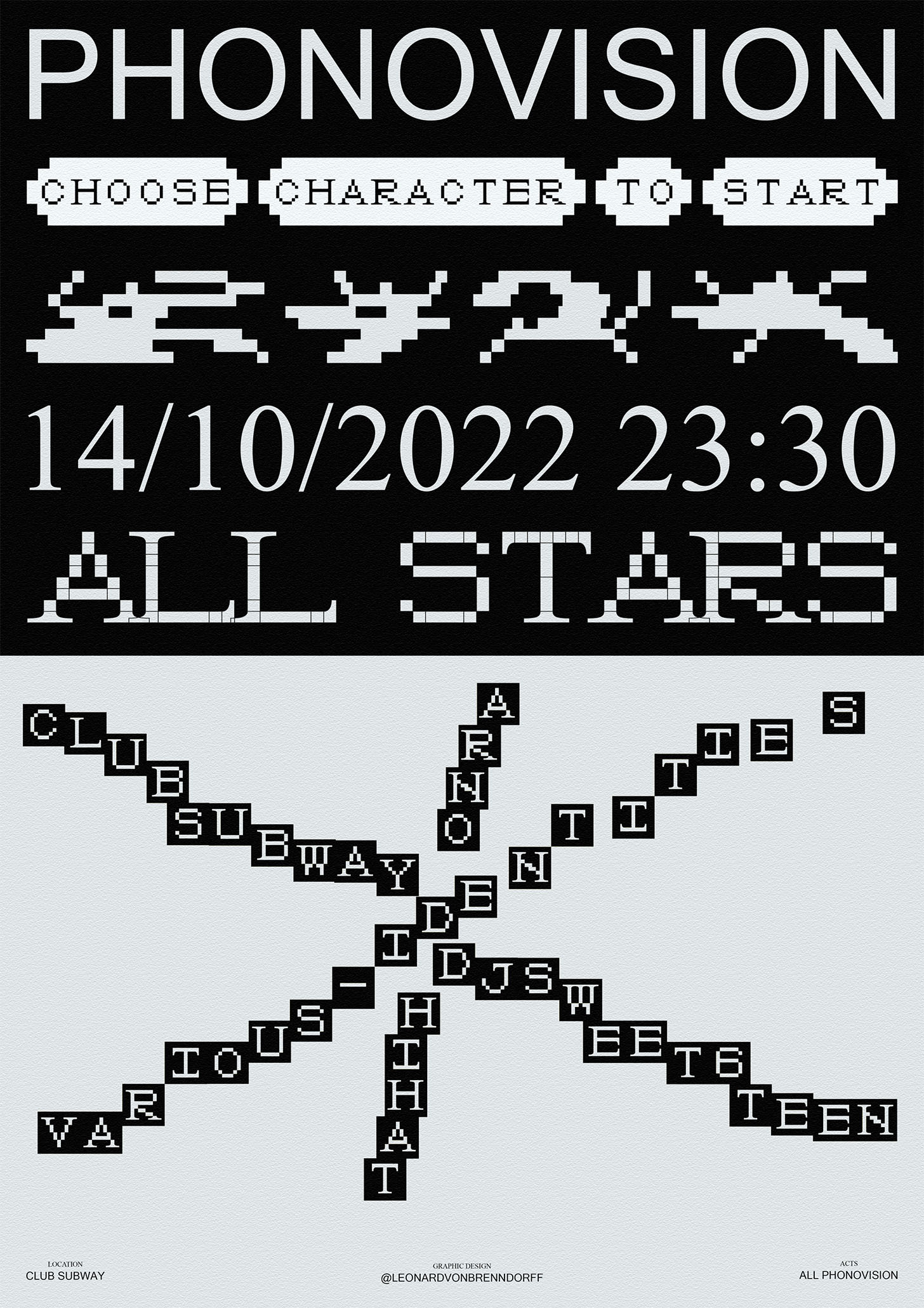
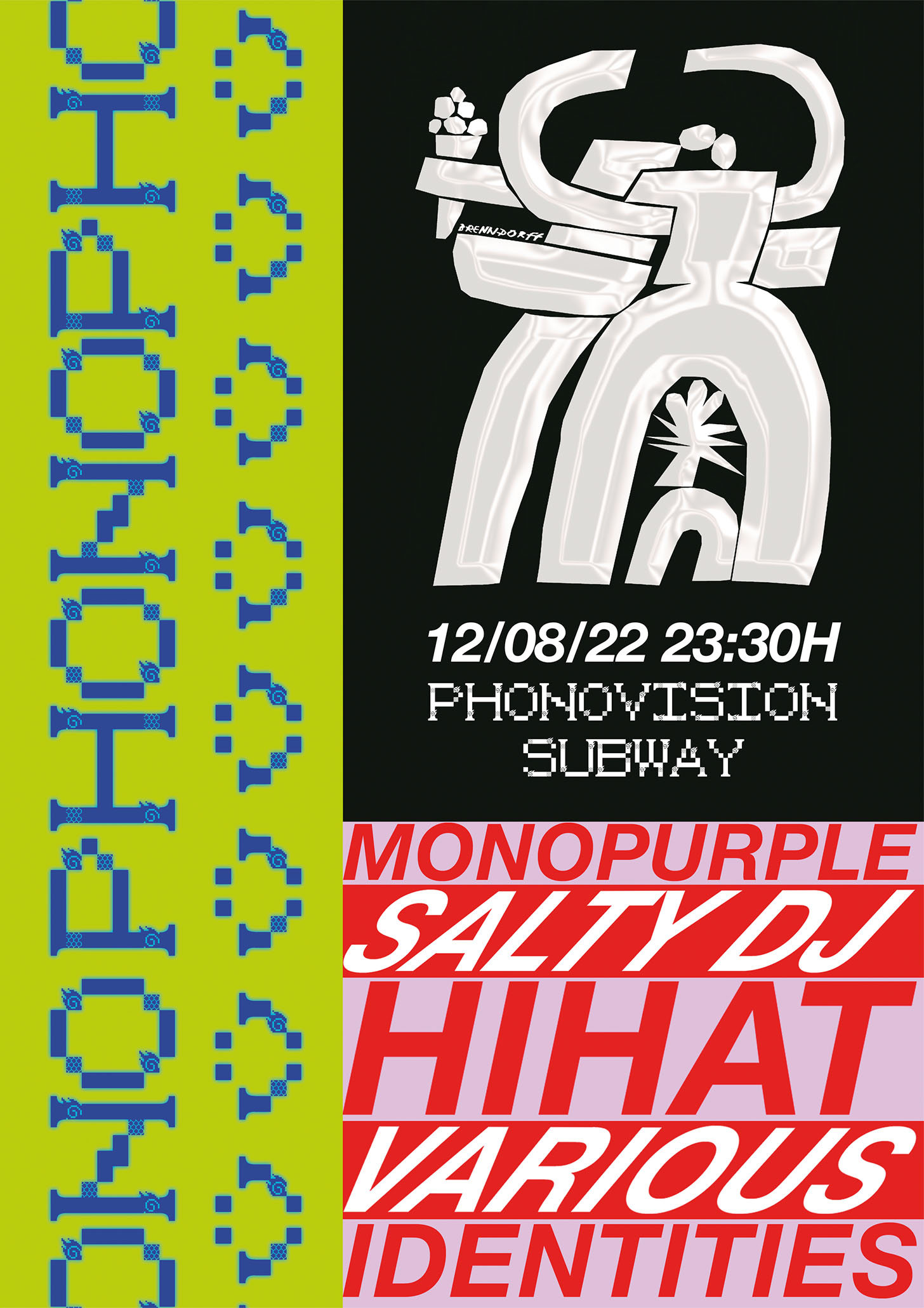
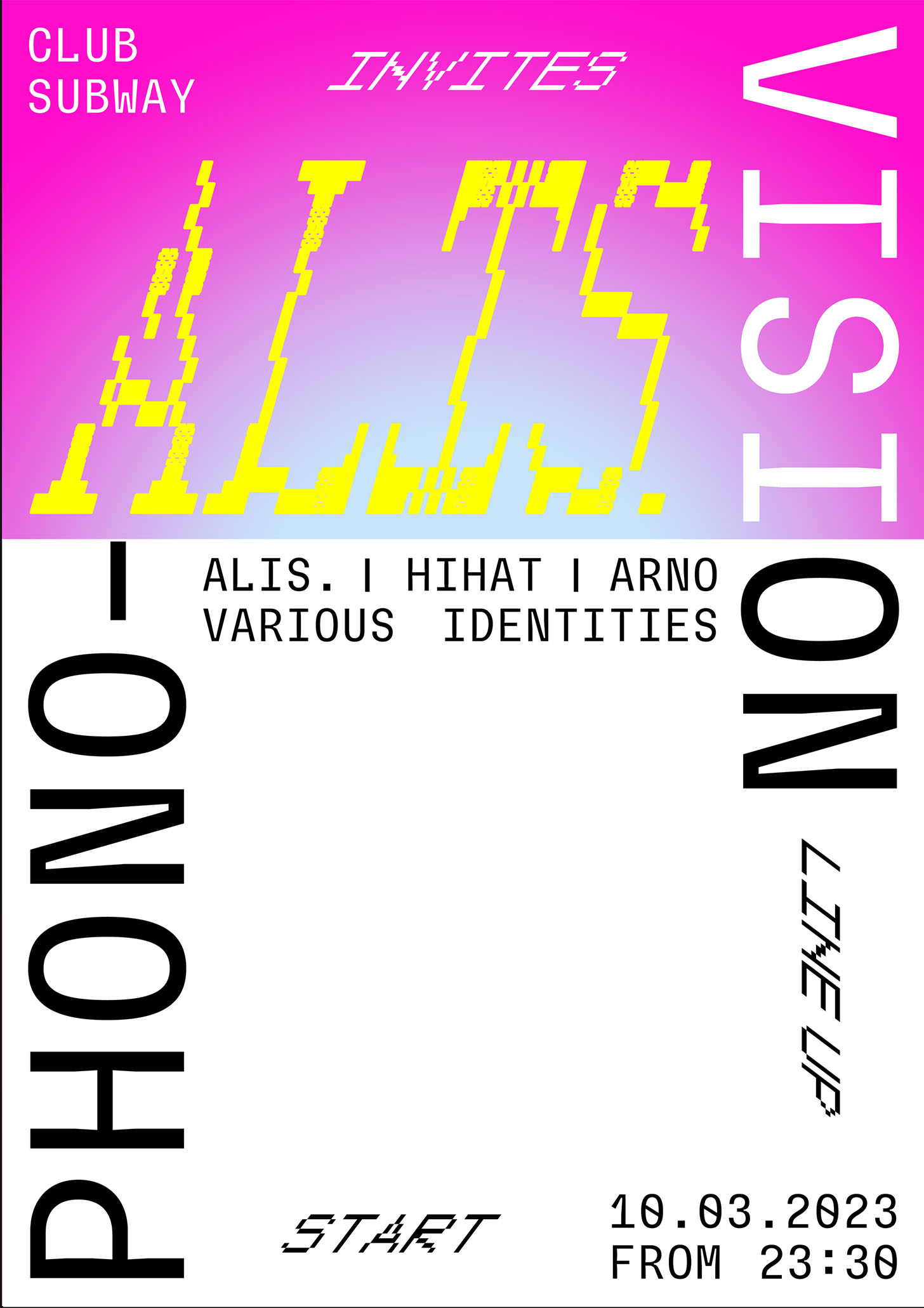
Previous
Next
Phonovision Poster Series (I)
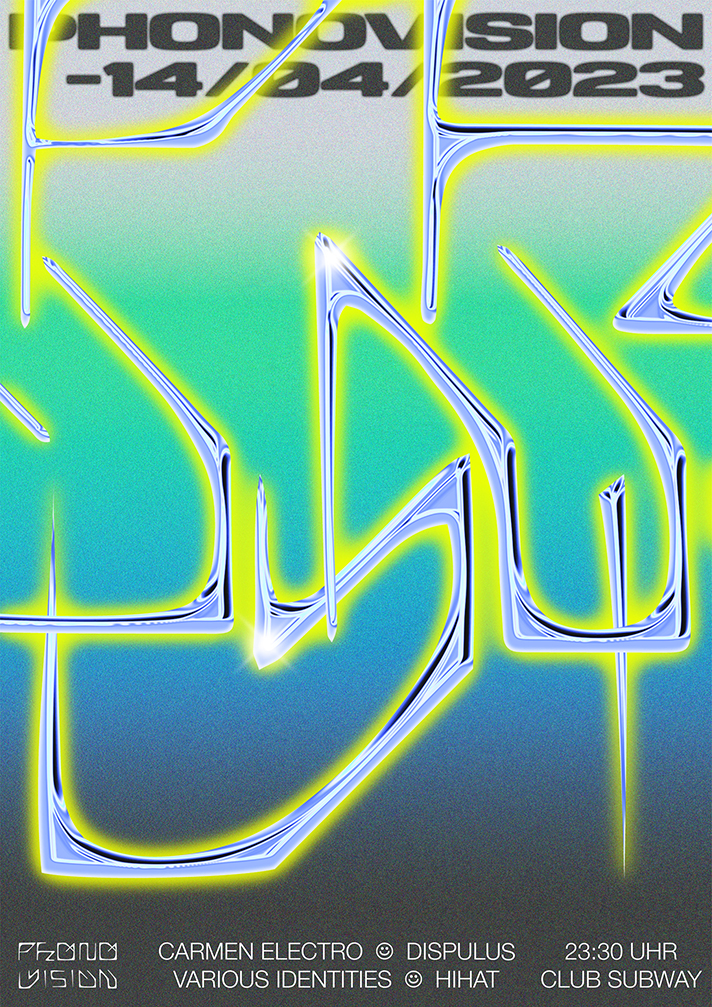
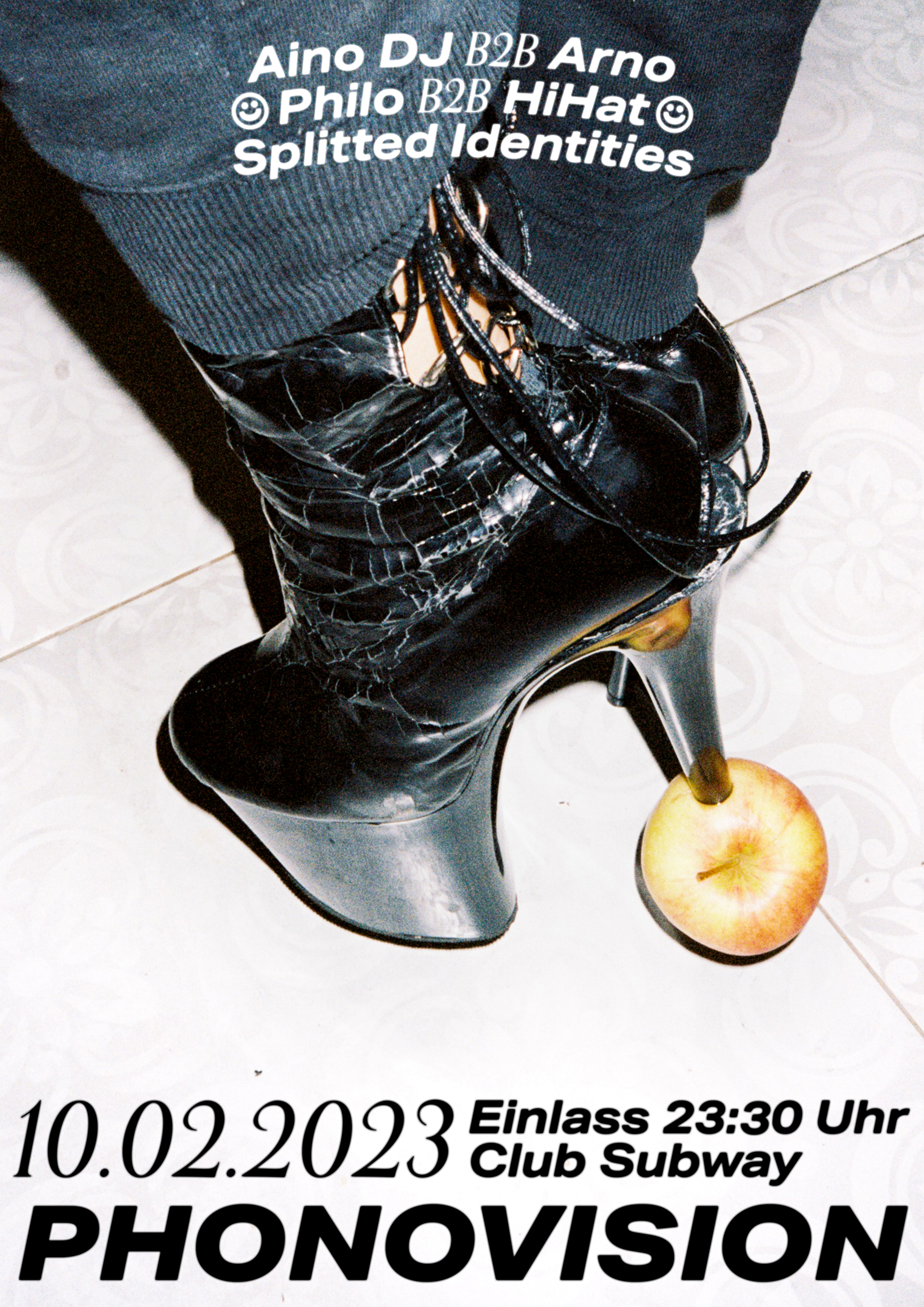
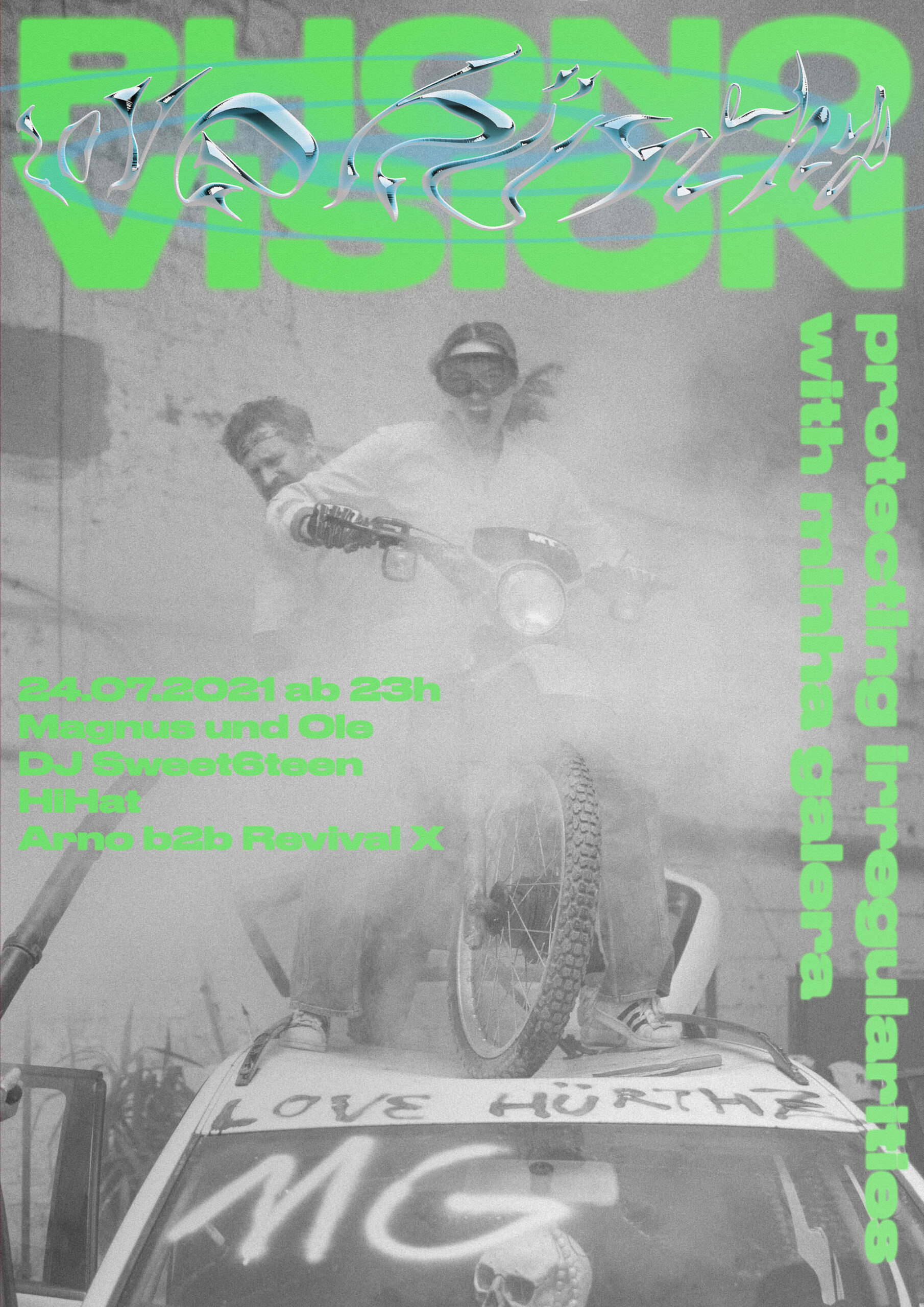
Previous
Next
Phonovision Poster Series (II), No. 14/04/23 designed with Johannes Mechler
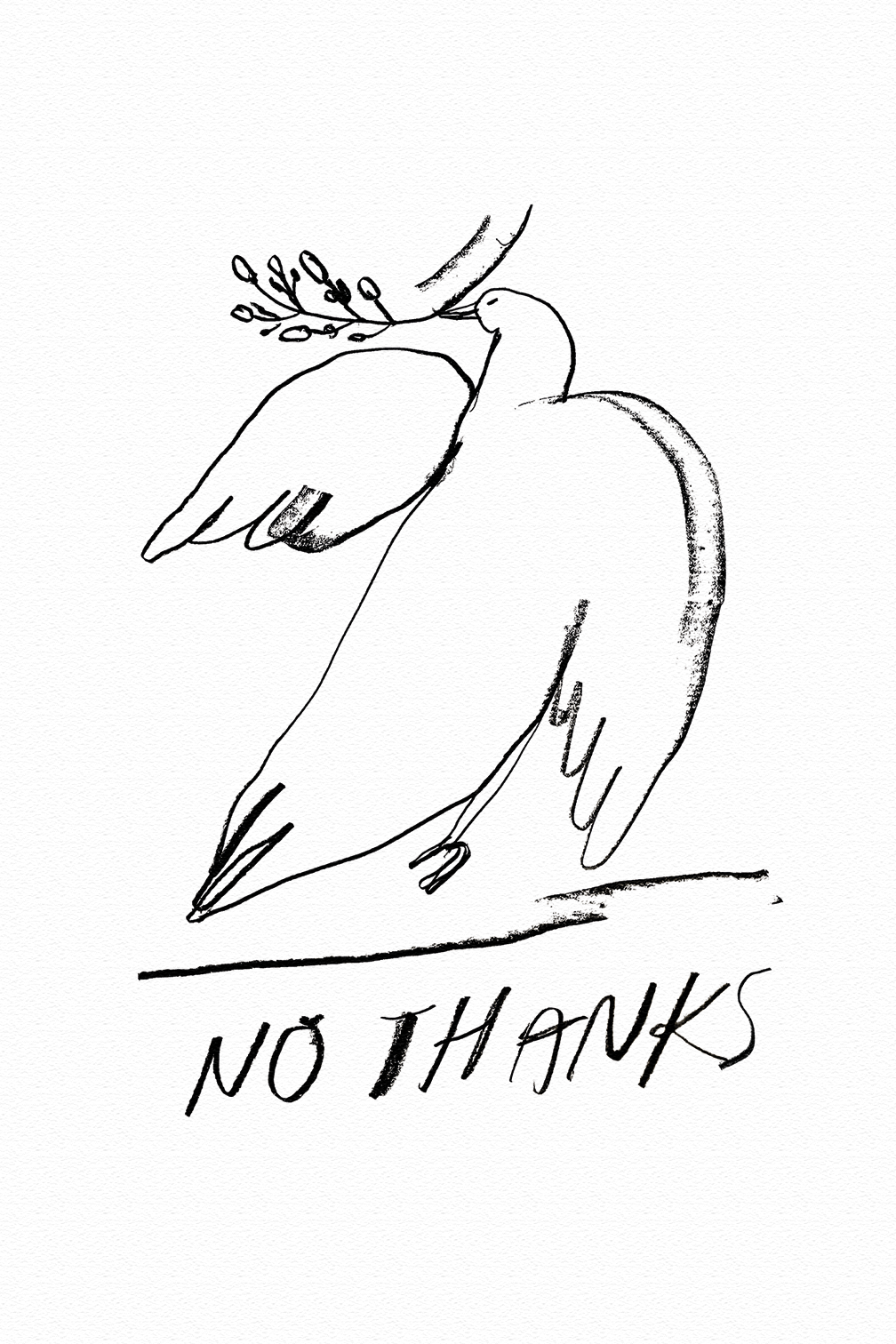
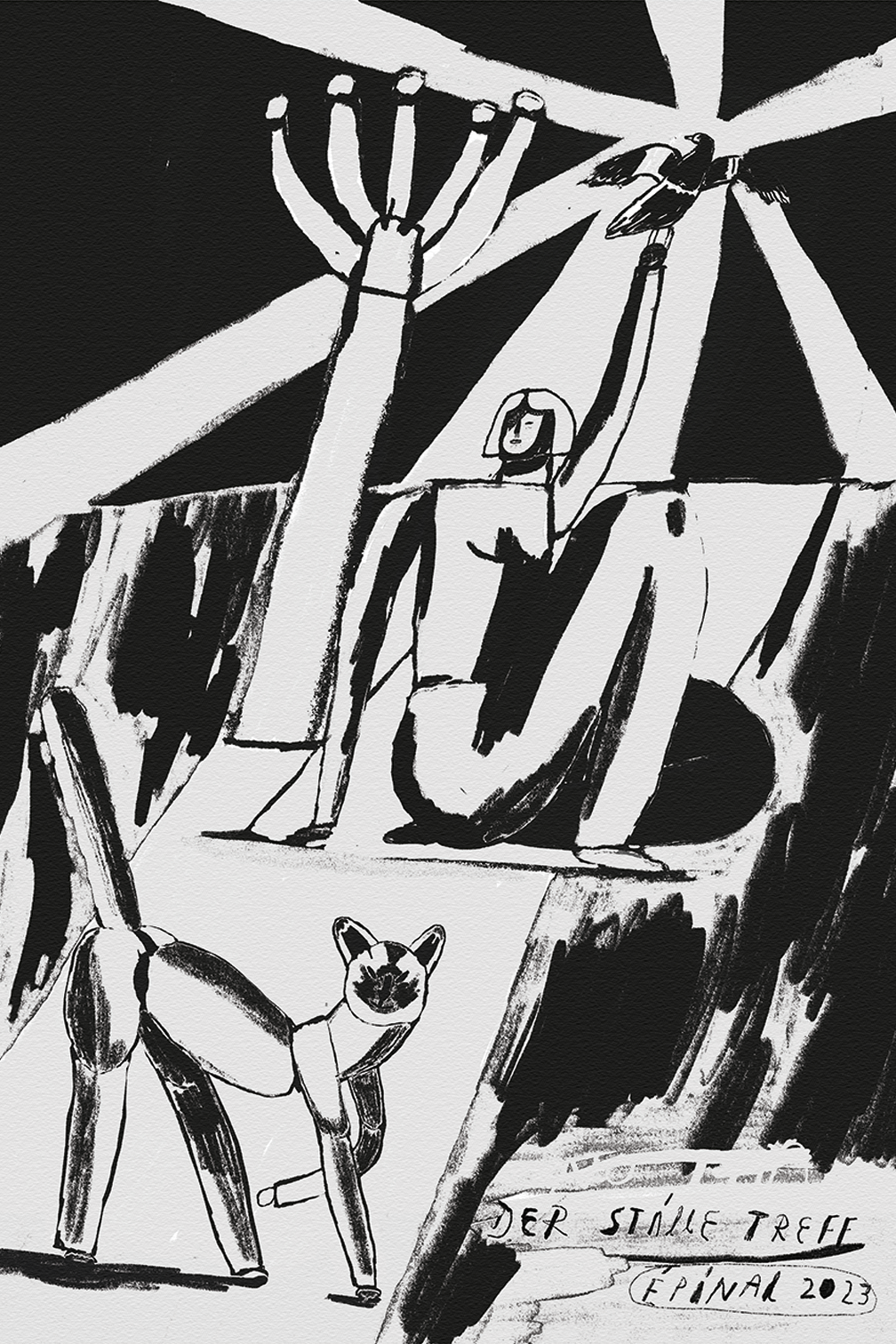
Previous
Next
No Thanks – Illustration Series, done with pencil and screenprinting technique for Artbay Exhibition at Kunsthalle Lindenthal

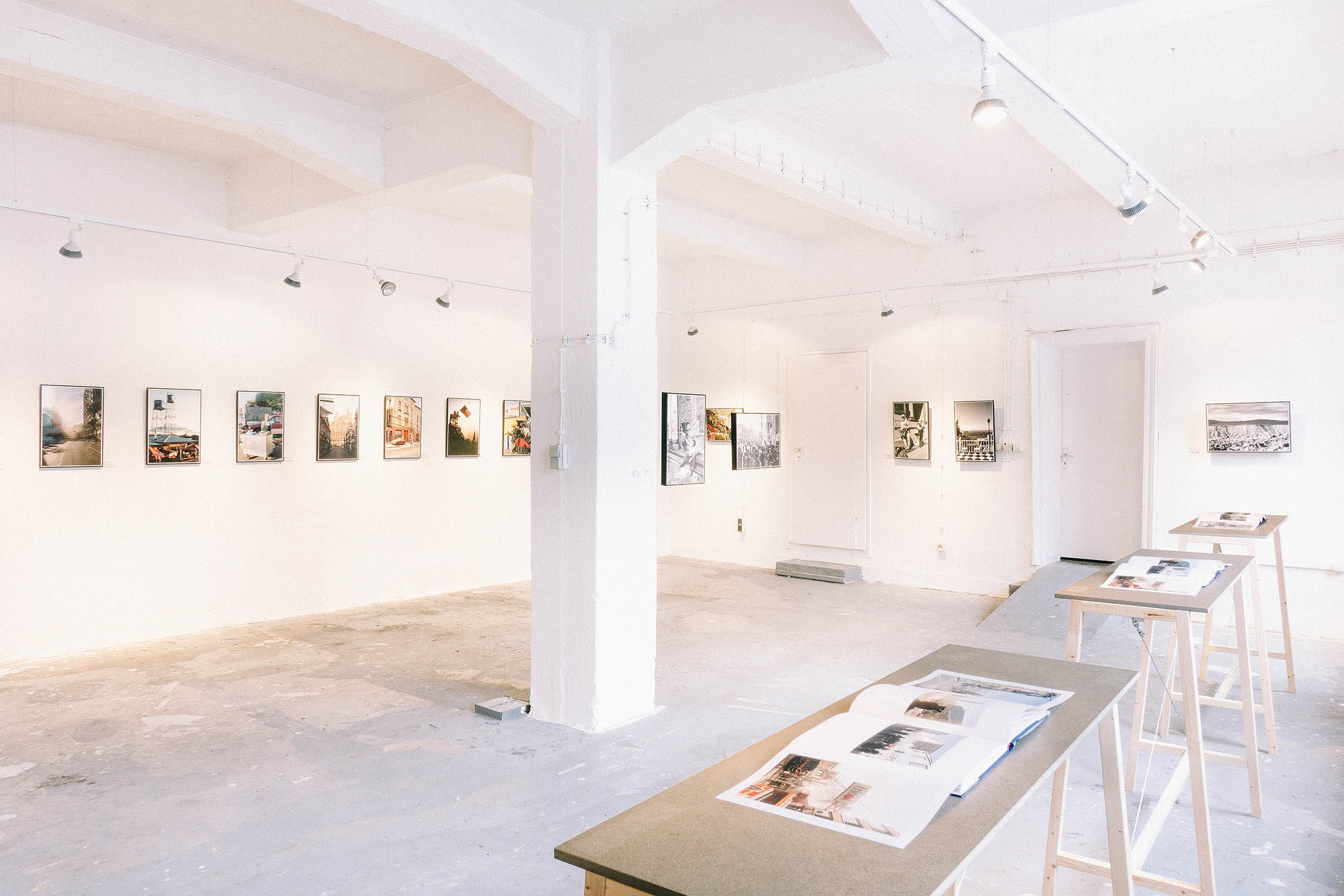
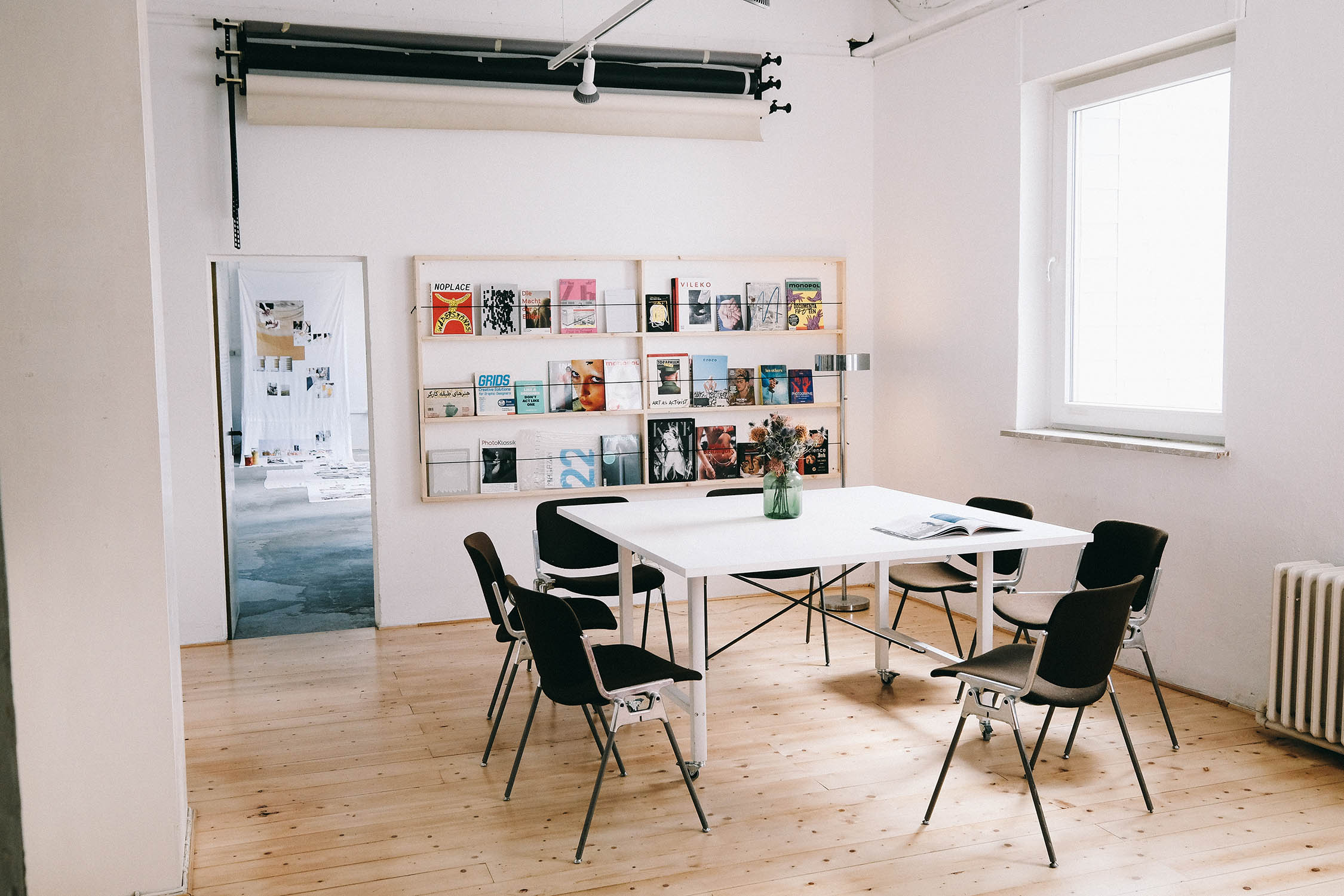
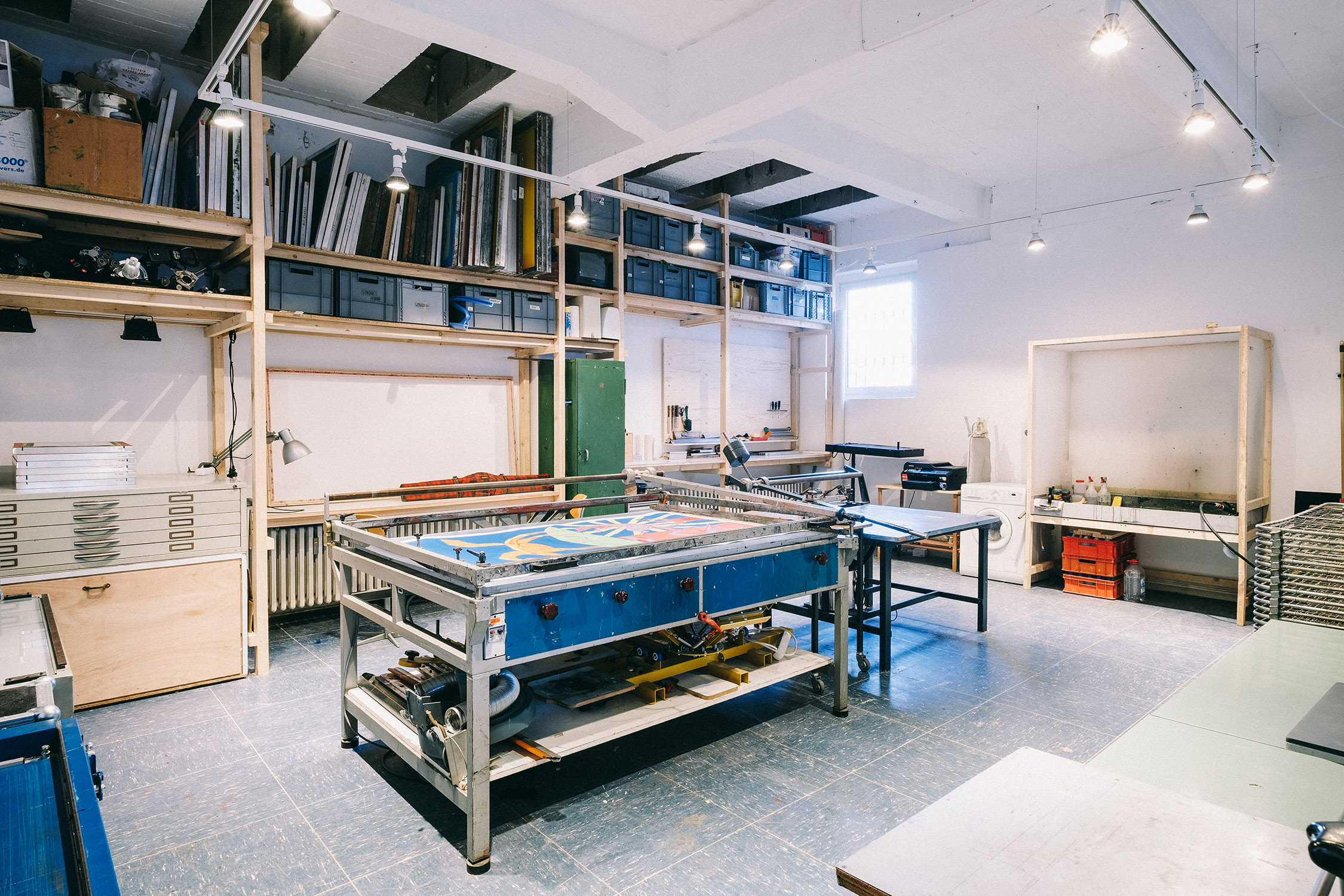
Previous
Next
Noplace is a space based on a corporate concept for new work that is all about strong social relationships. Work is no longer about the product, but about the process. It is the social relationships that are both the key and the created value of work. Born out of a transformation-collective, noplace transfers the sharing, communication and motivation strategies that have grown naturally there into a scalable business context.
The business model of noplace, is to build interdisciplinary maker-, coworking, and exhibition spaces and to organize its user communities. Yet it is not about the places: people join noplace because it also creates identity and inclusion. Work is experienced as something fundamentally positive.
Additionally they can realize projects they themselves alone would not be able to do: having the opportunity to use a variety of tools, to ask people for help or to exhibit at your own gallery whenever you feel like it, is a great advantage in the creative industry. noplace in Cologne consists of: co_working (90 m2) – workshop (47 m2) – conference_room (23 m2) – corridor / utilities / darkroom (40 m2). It was initiated and realized by 6 young designers of the transformation collective “minha galera”. Visit the website for furter info: https://noplace.minhagalera.de/